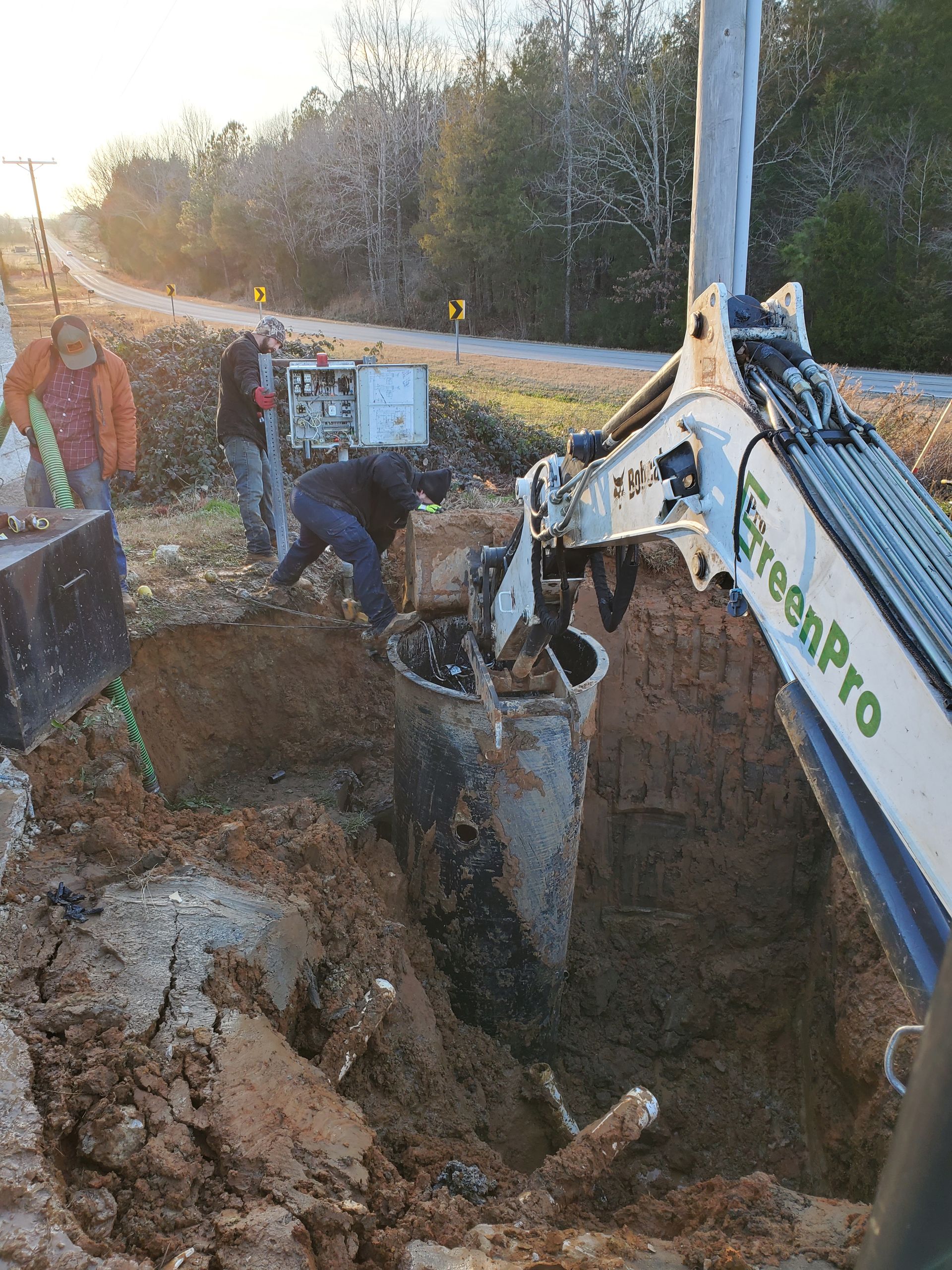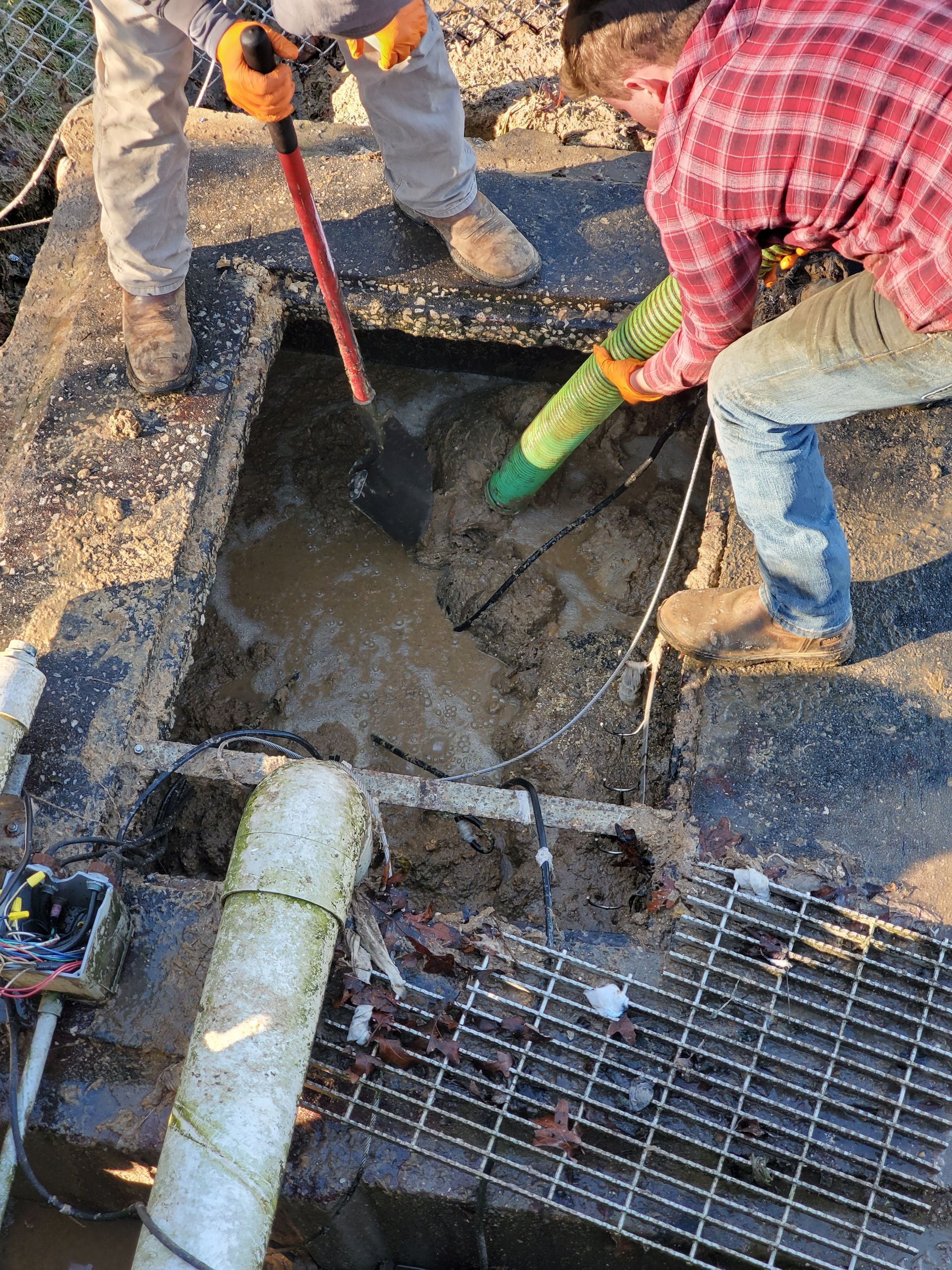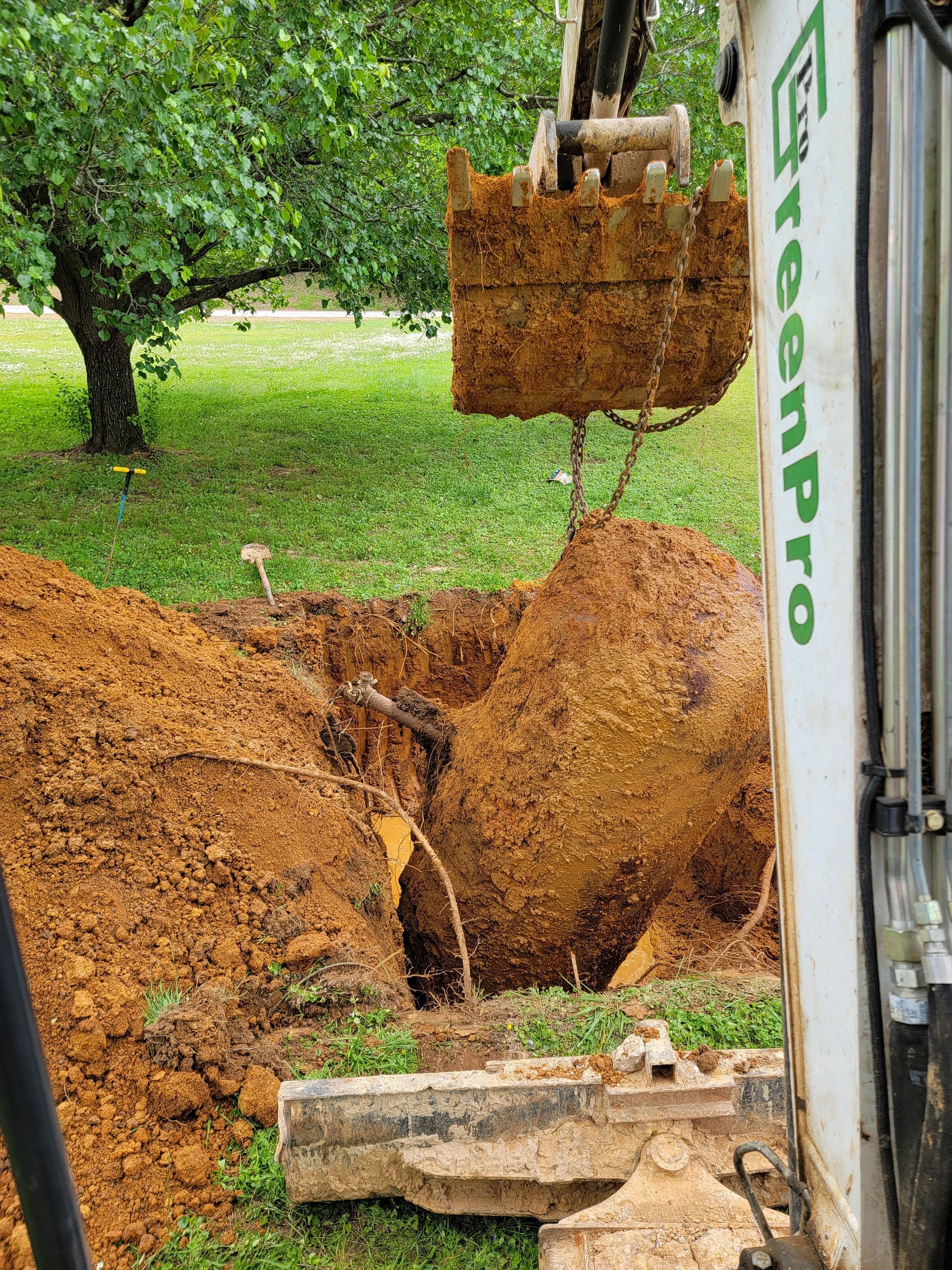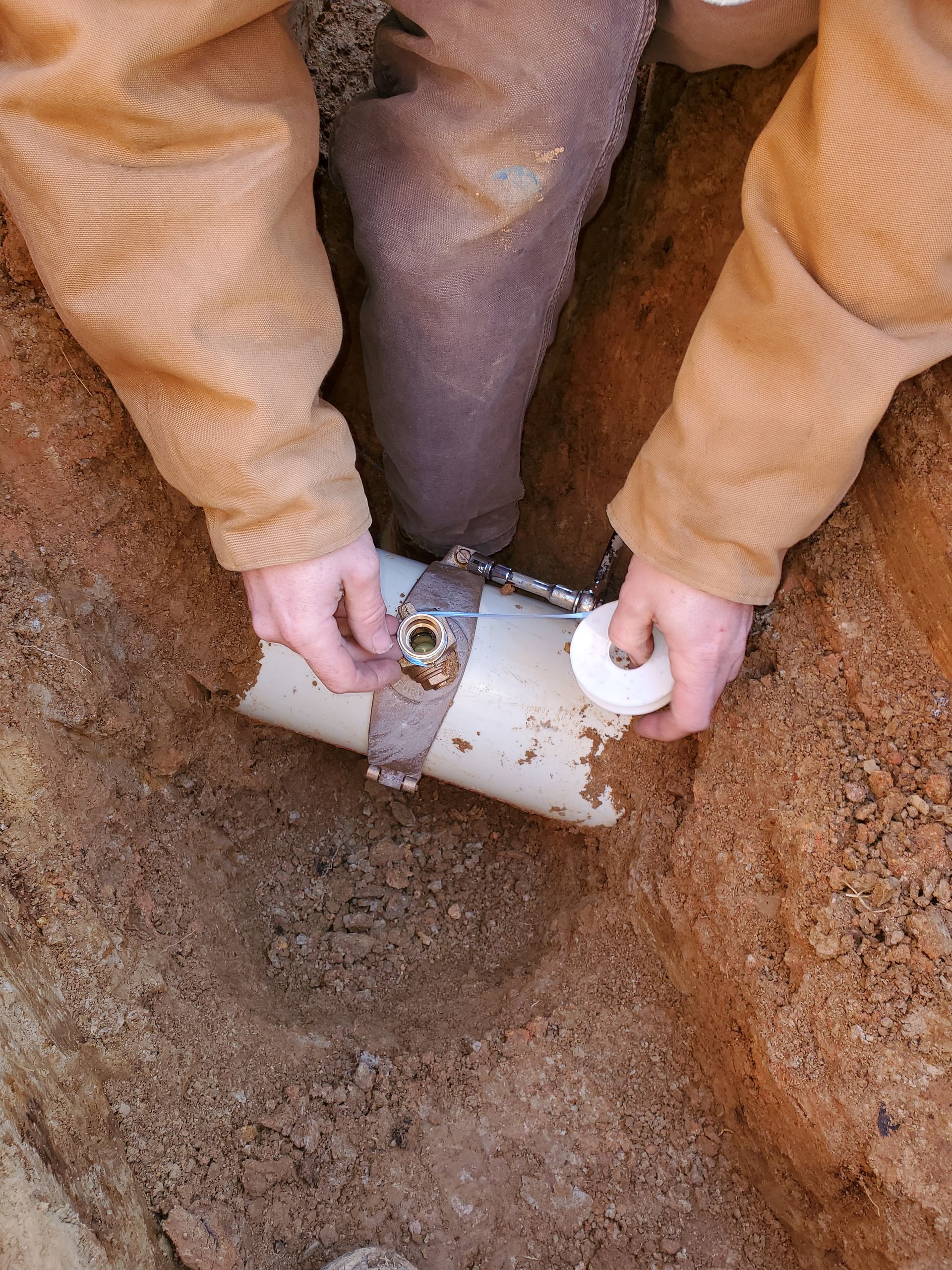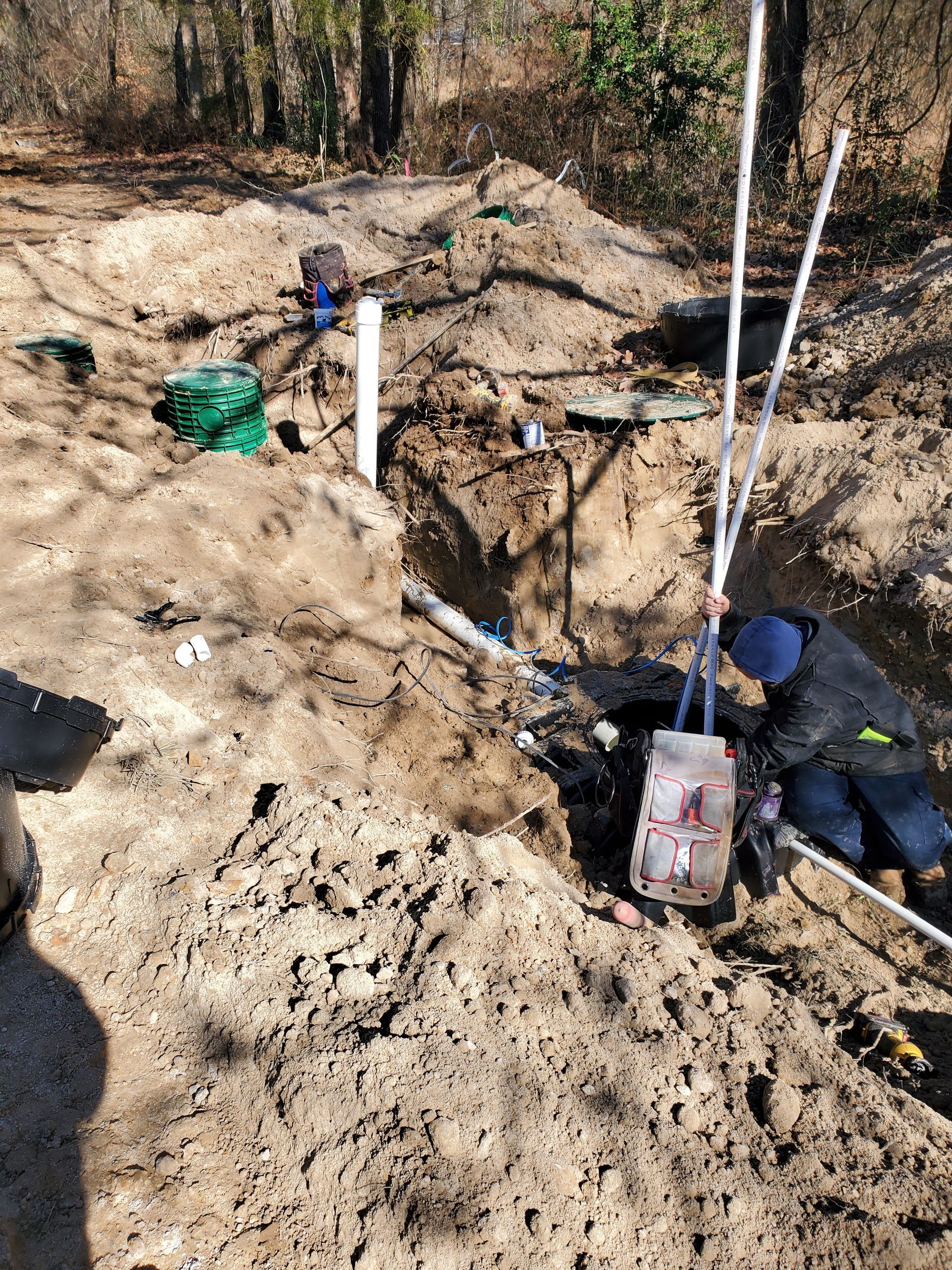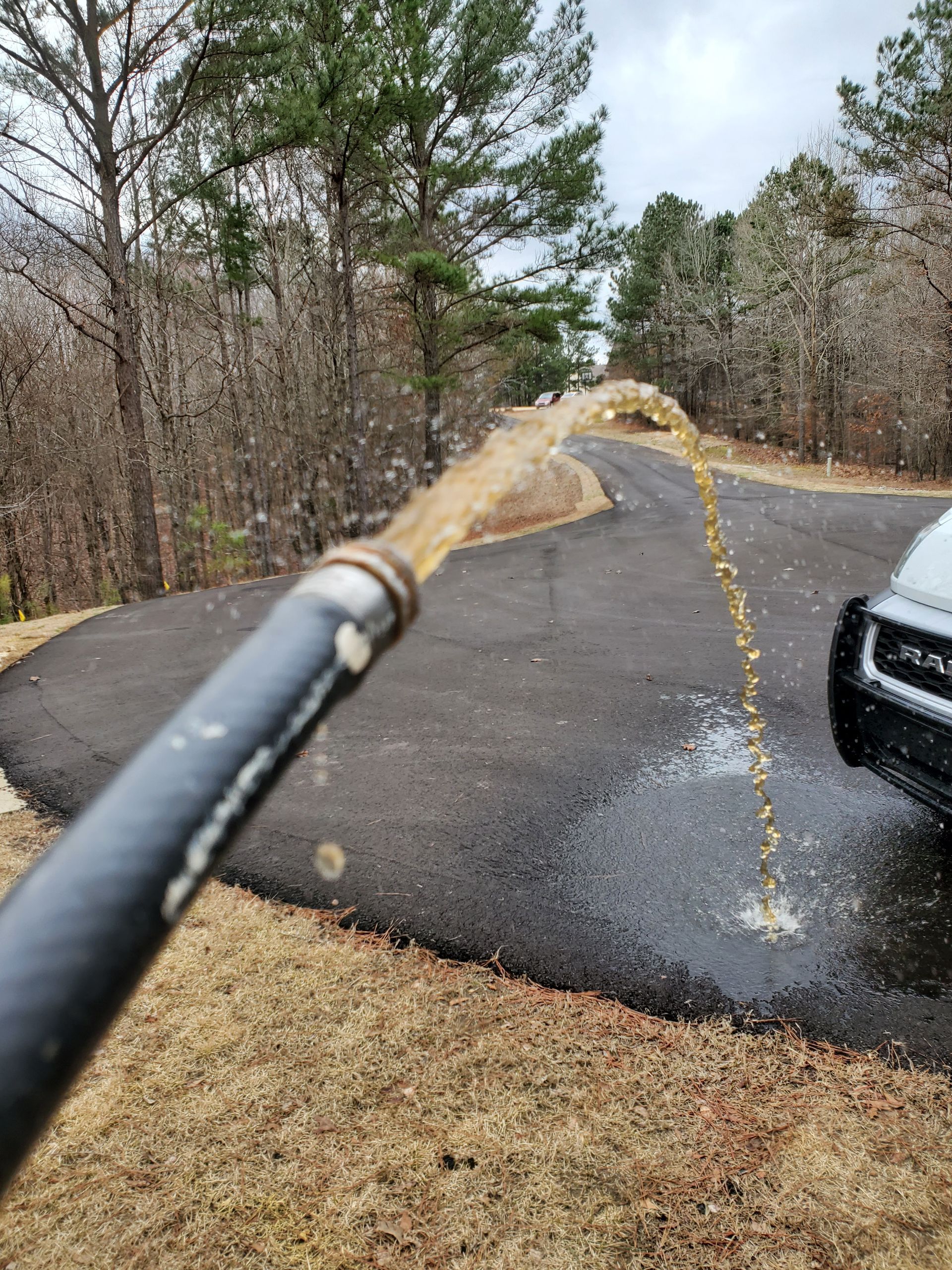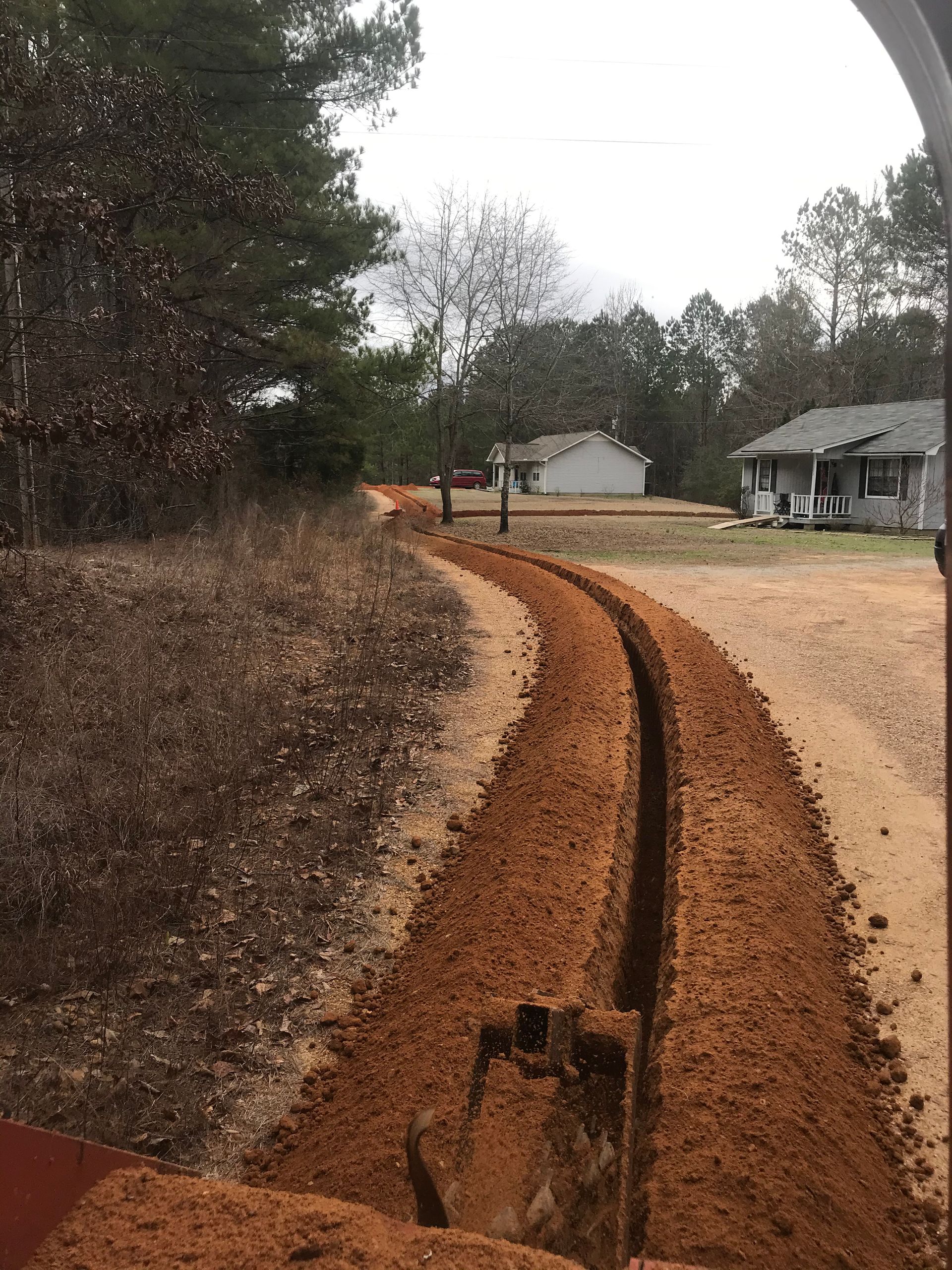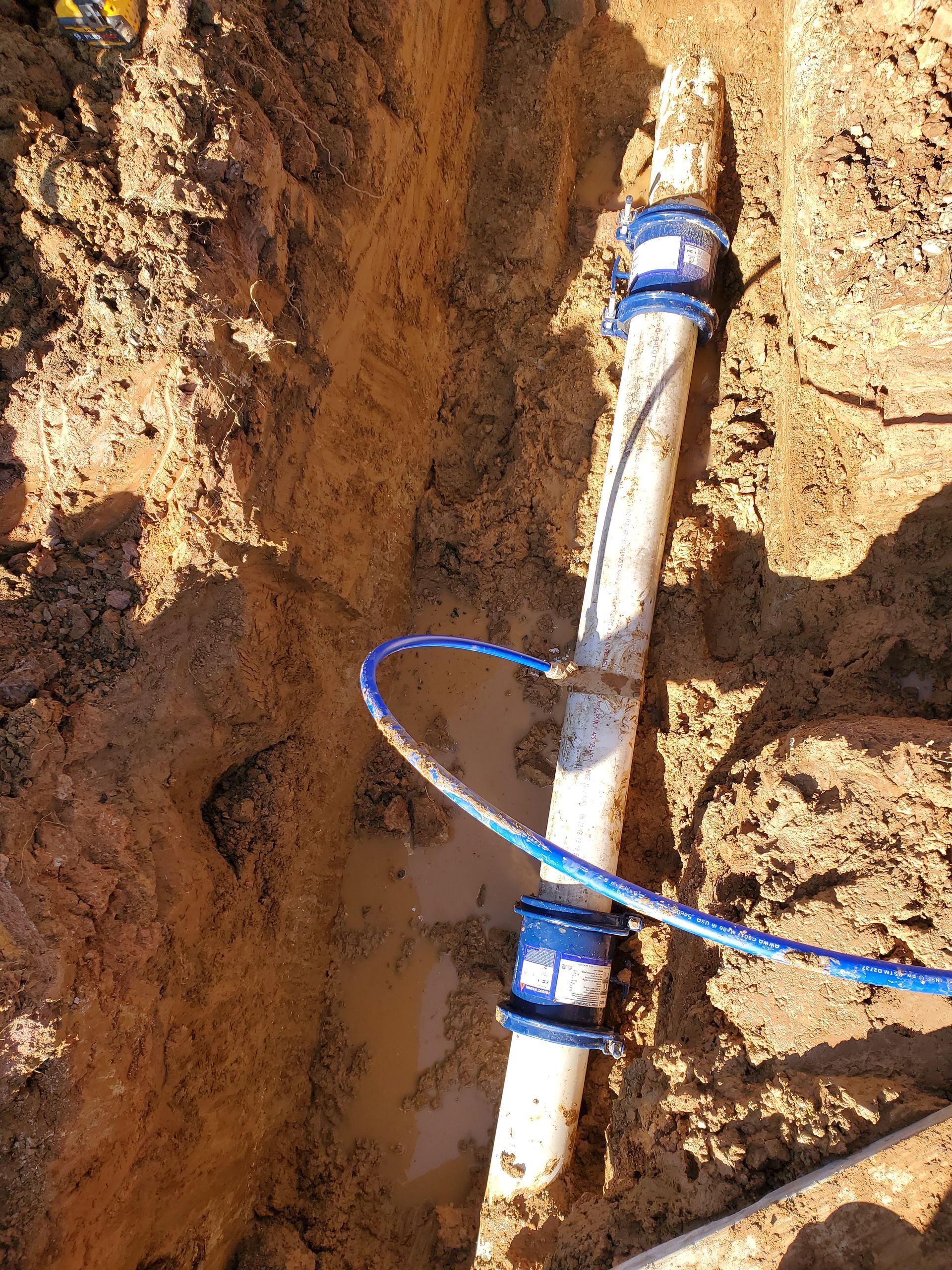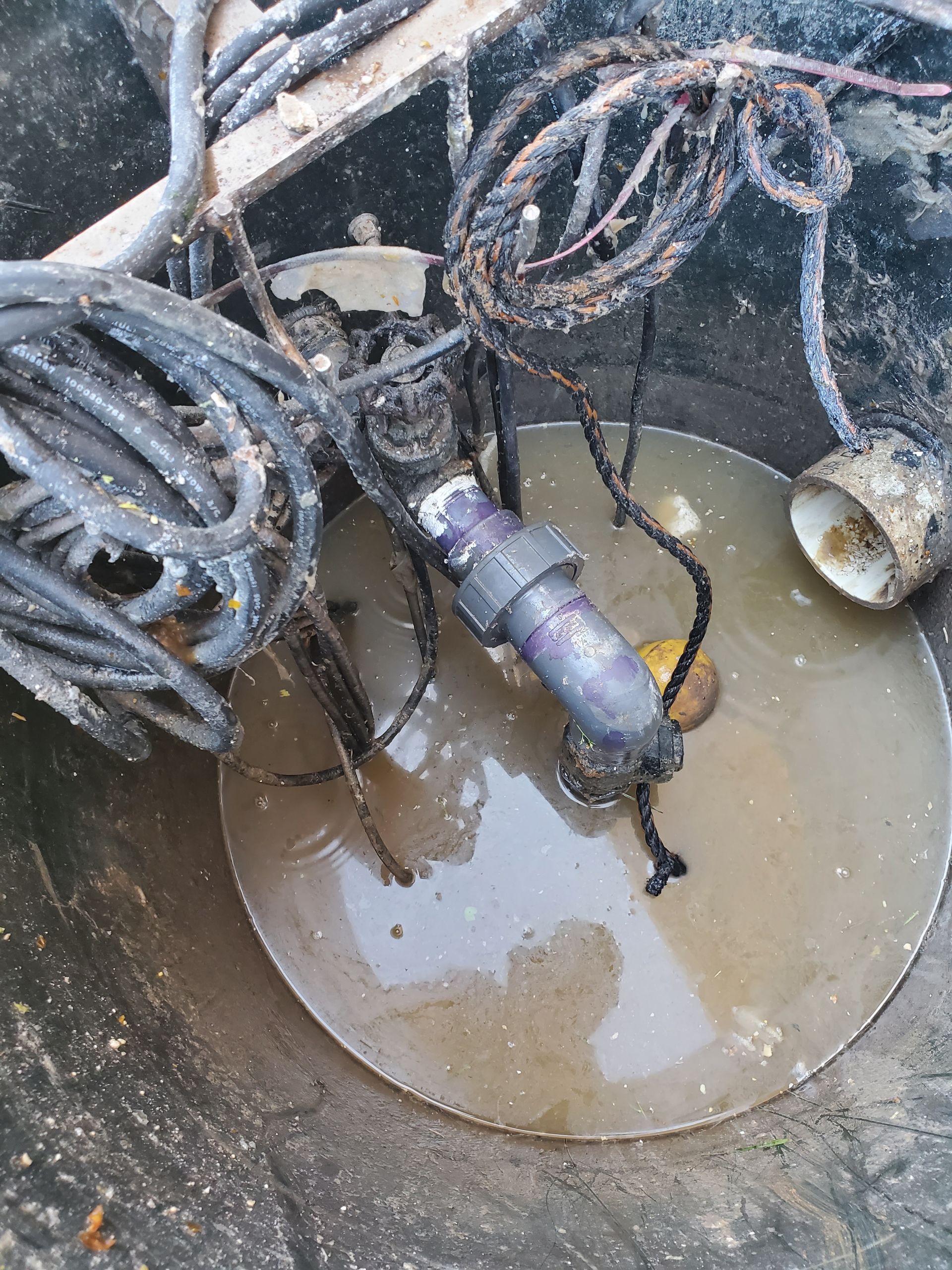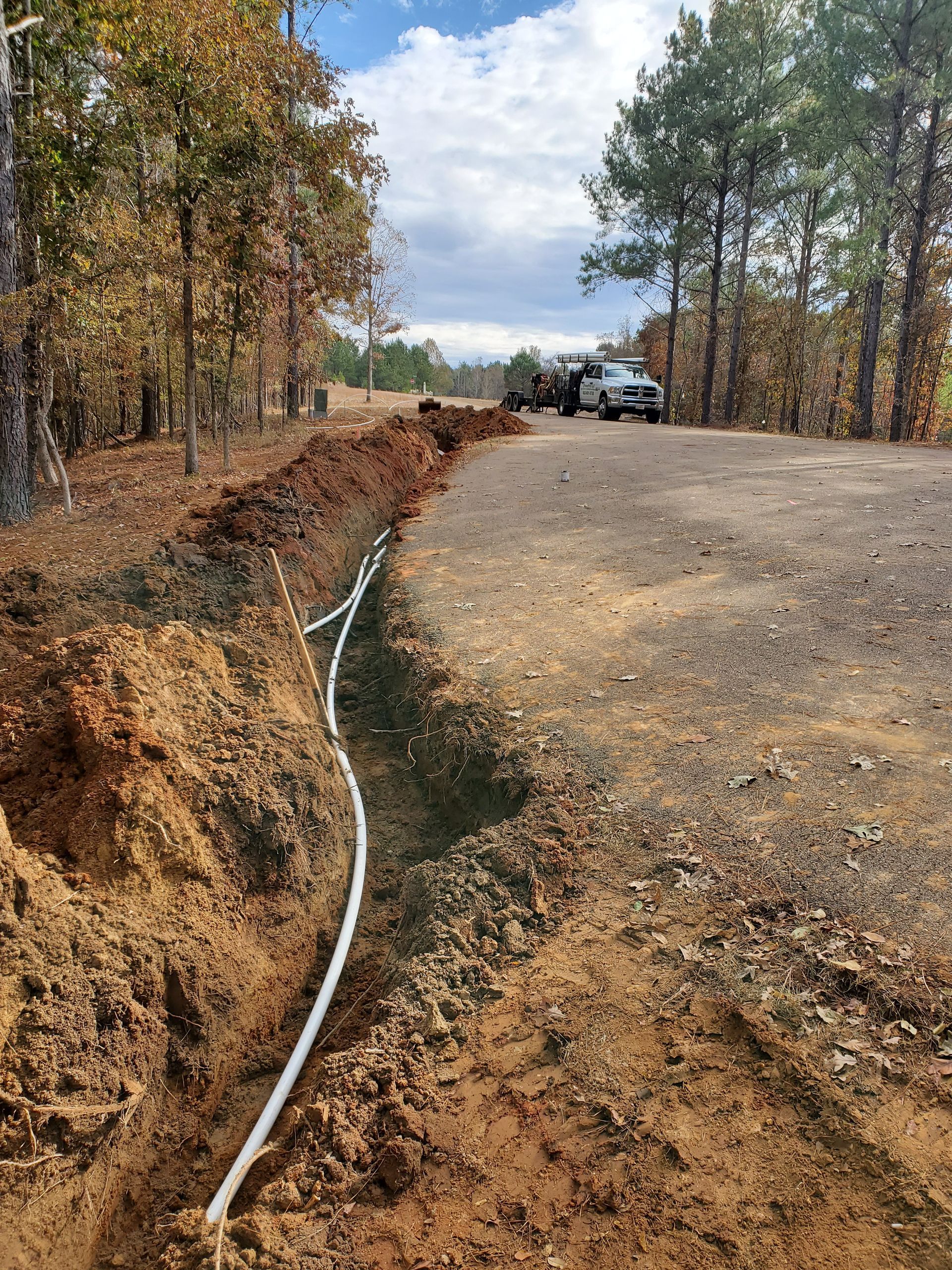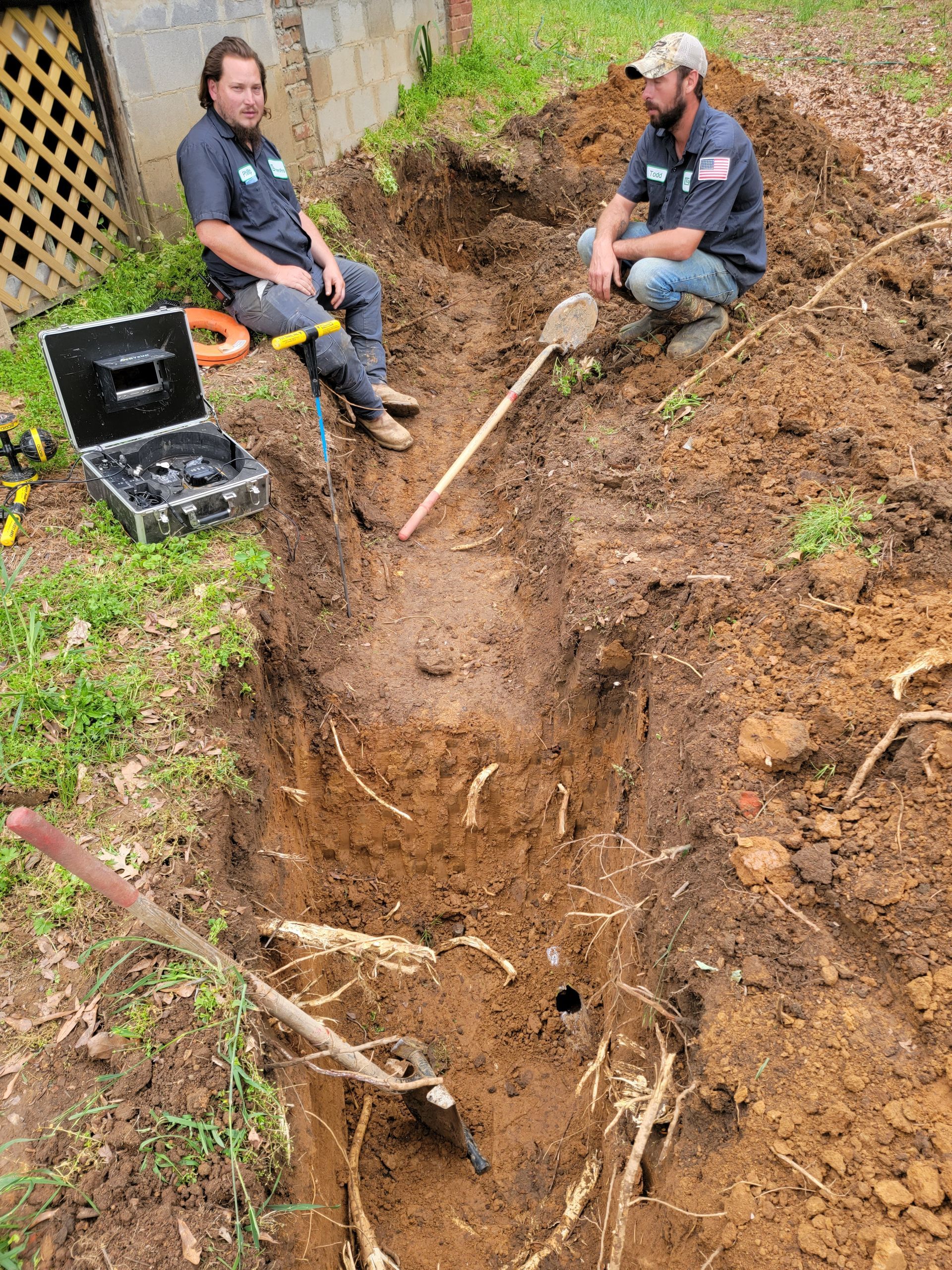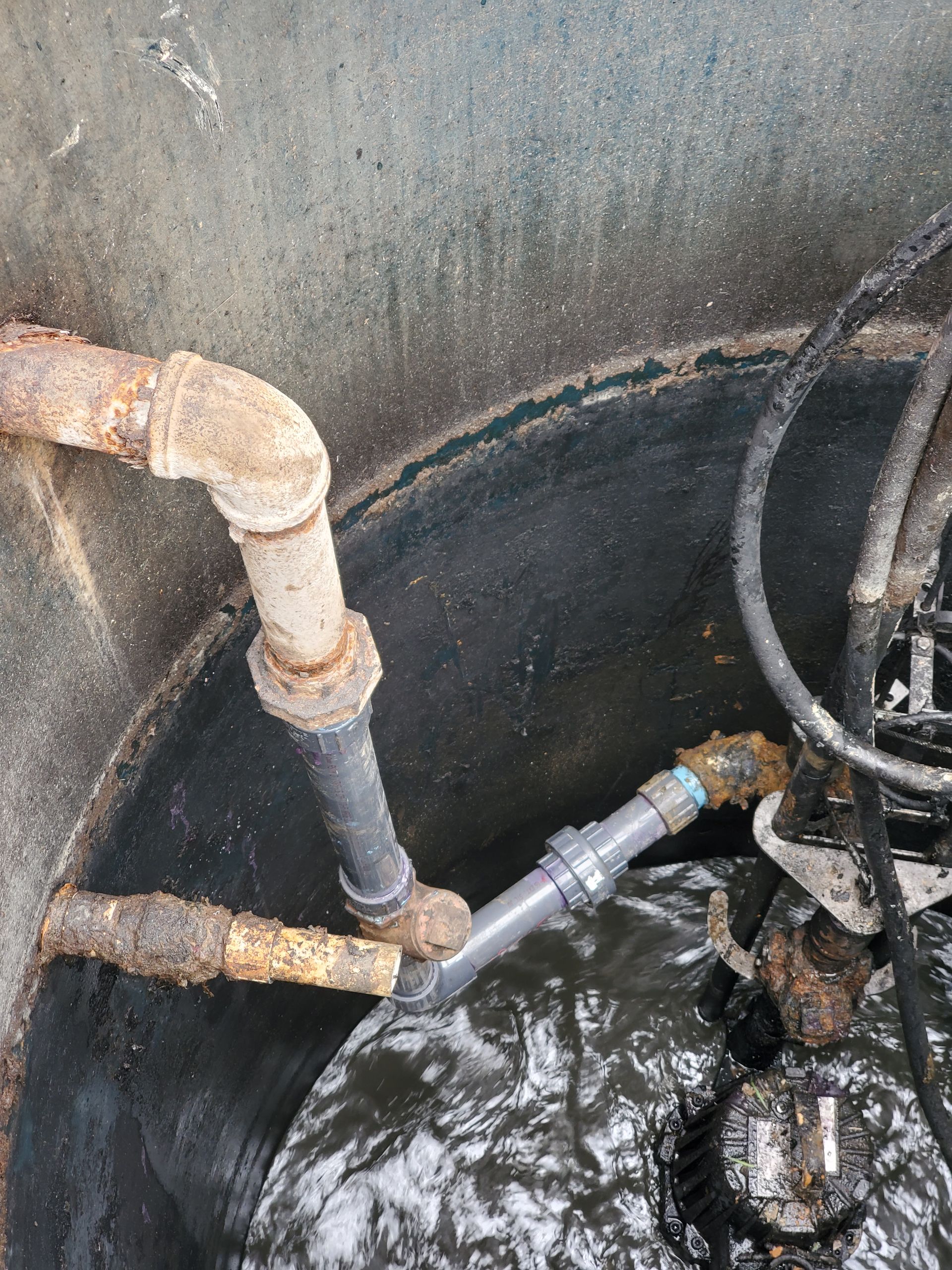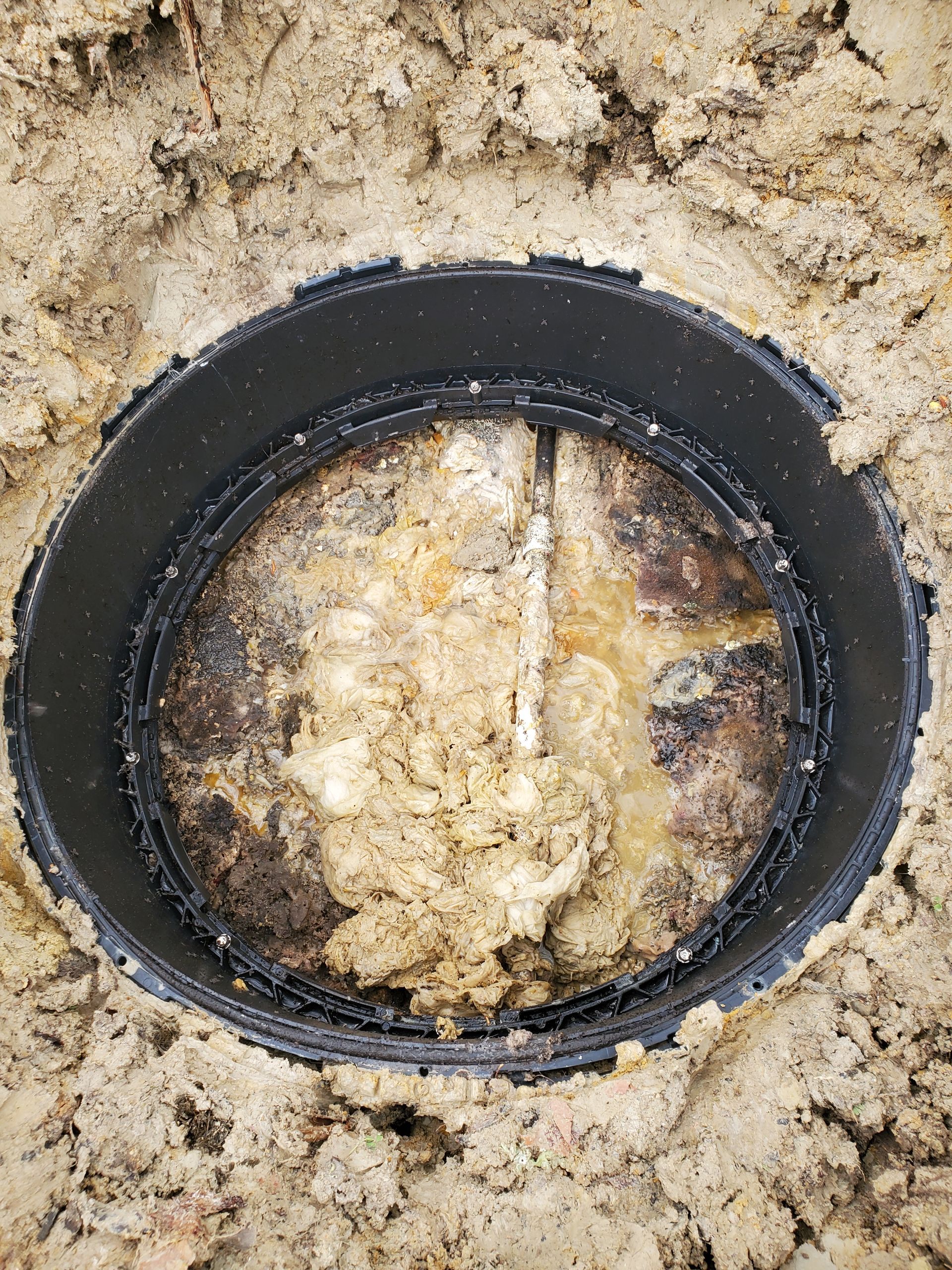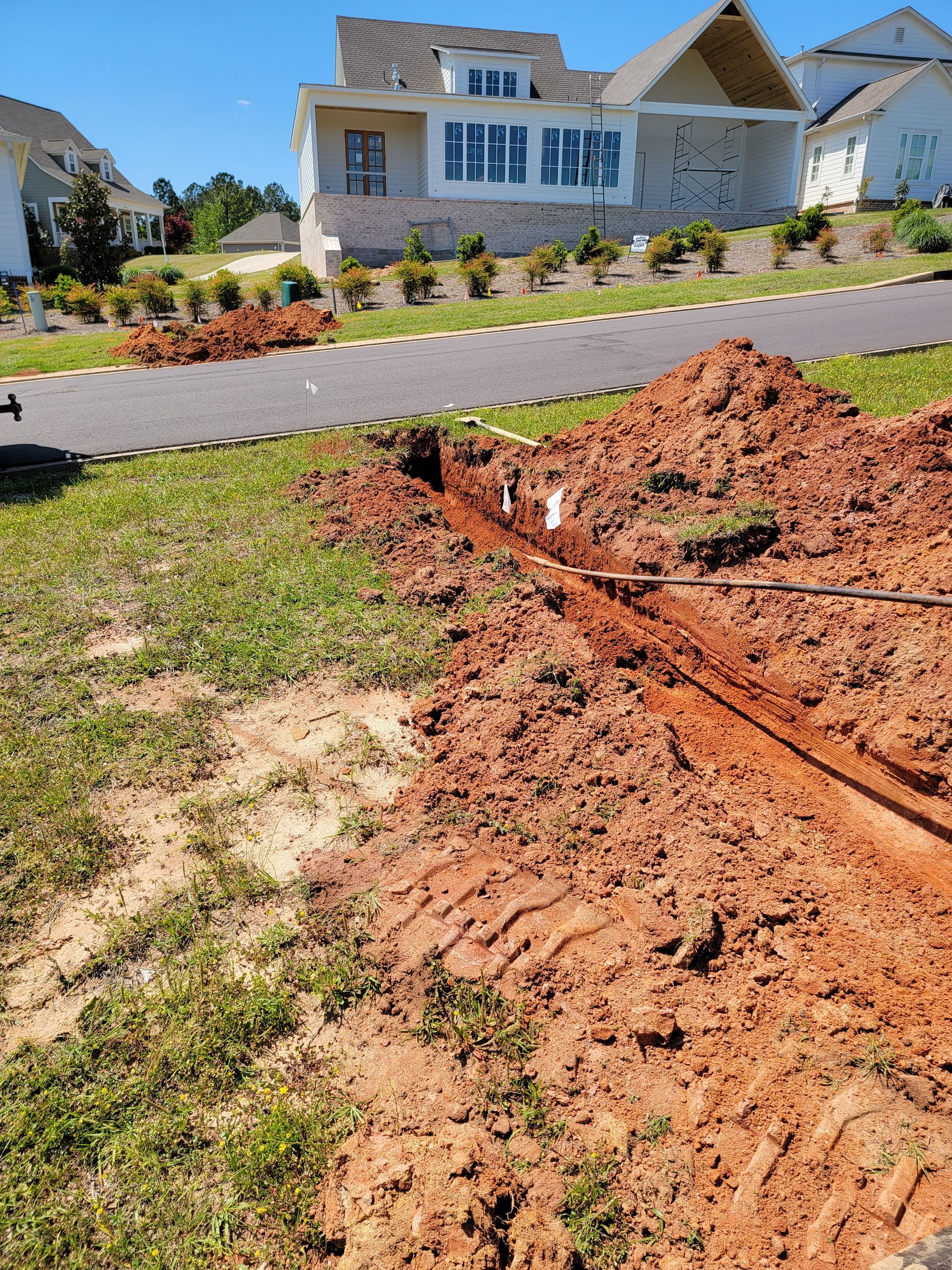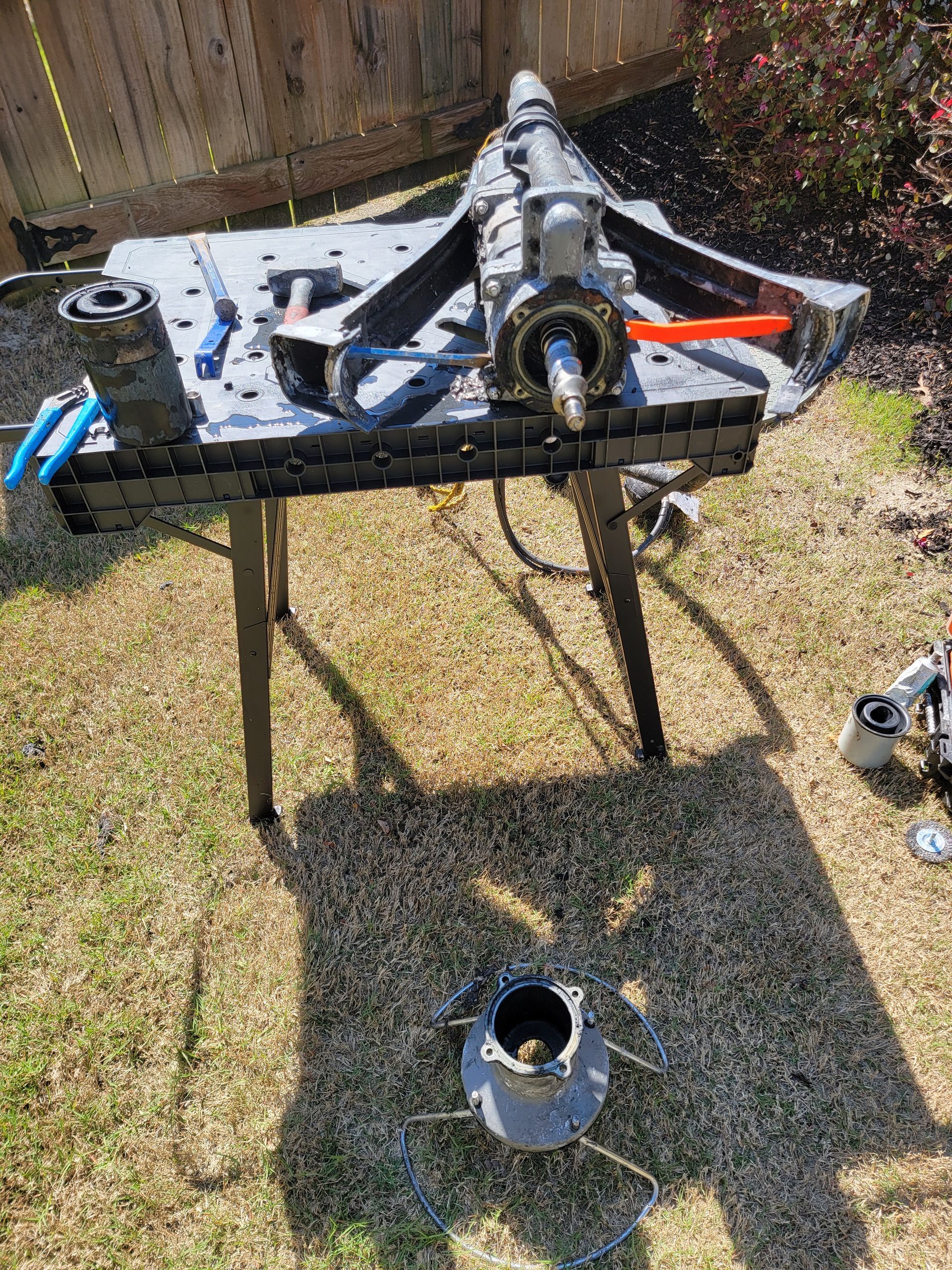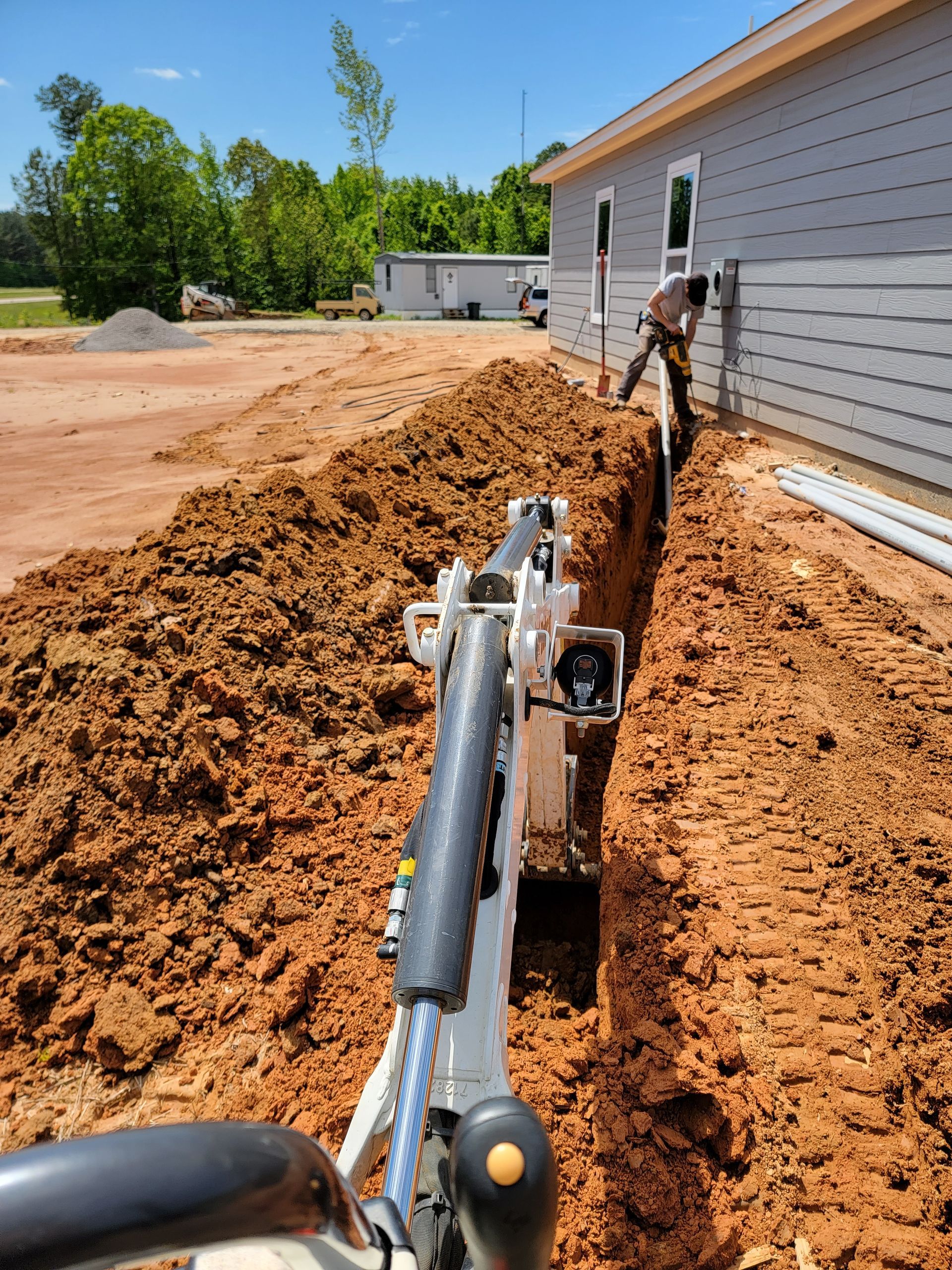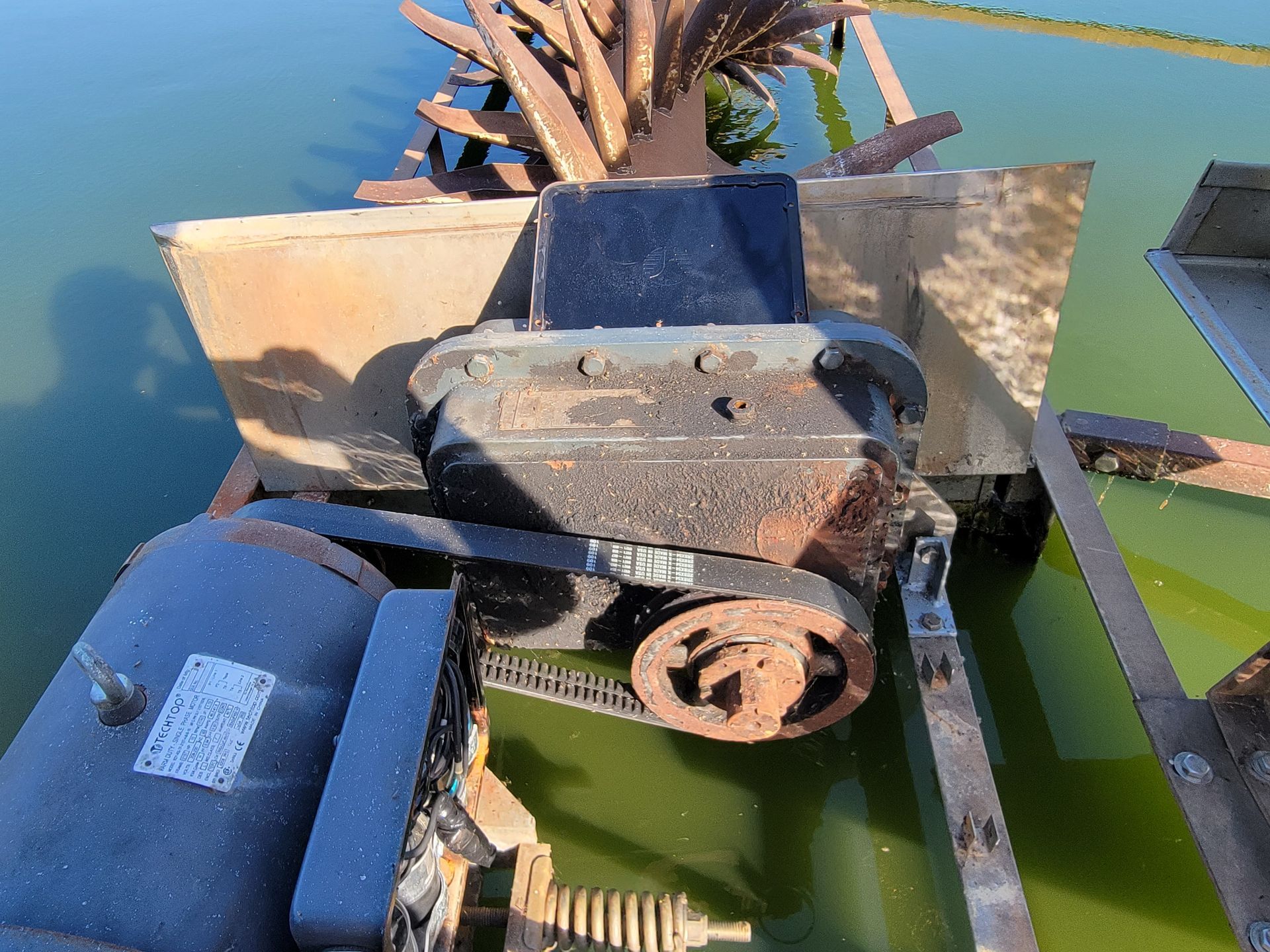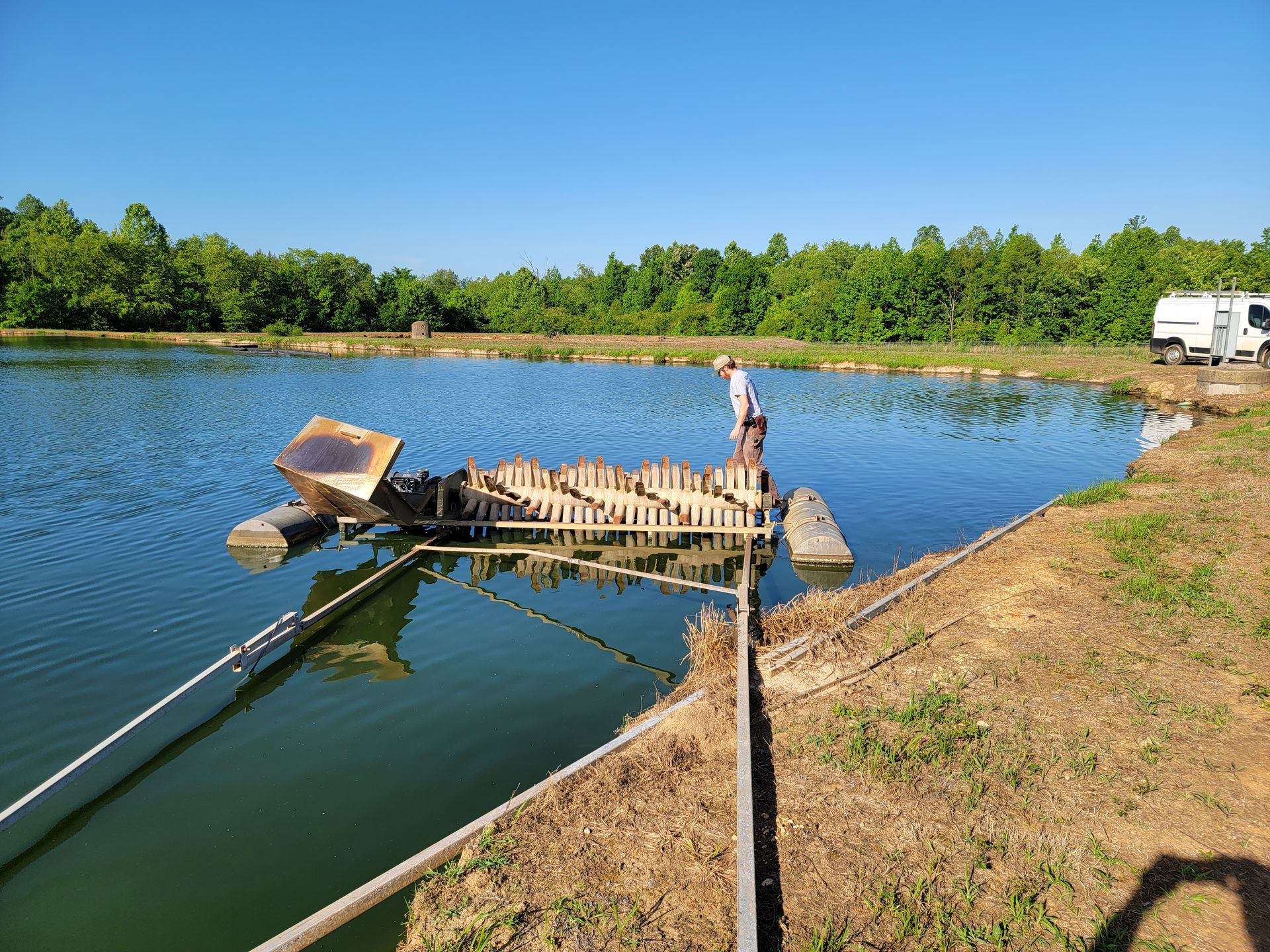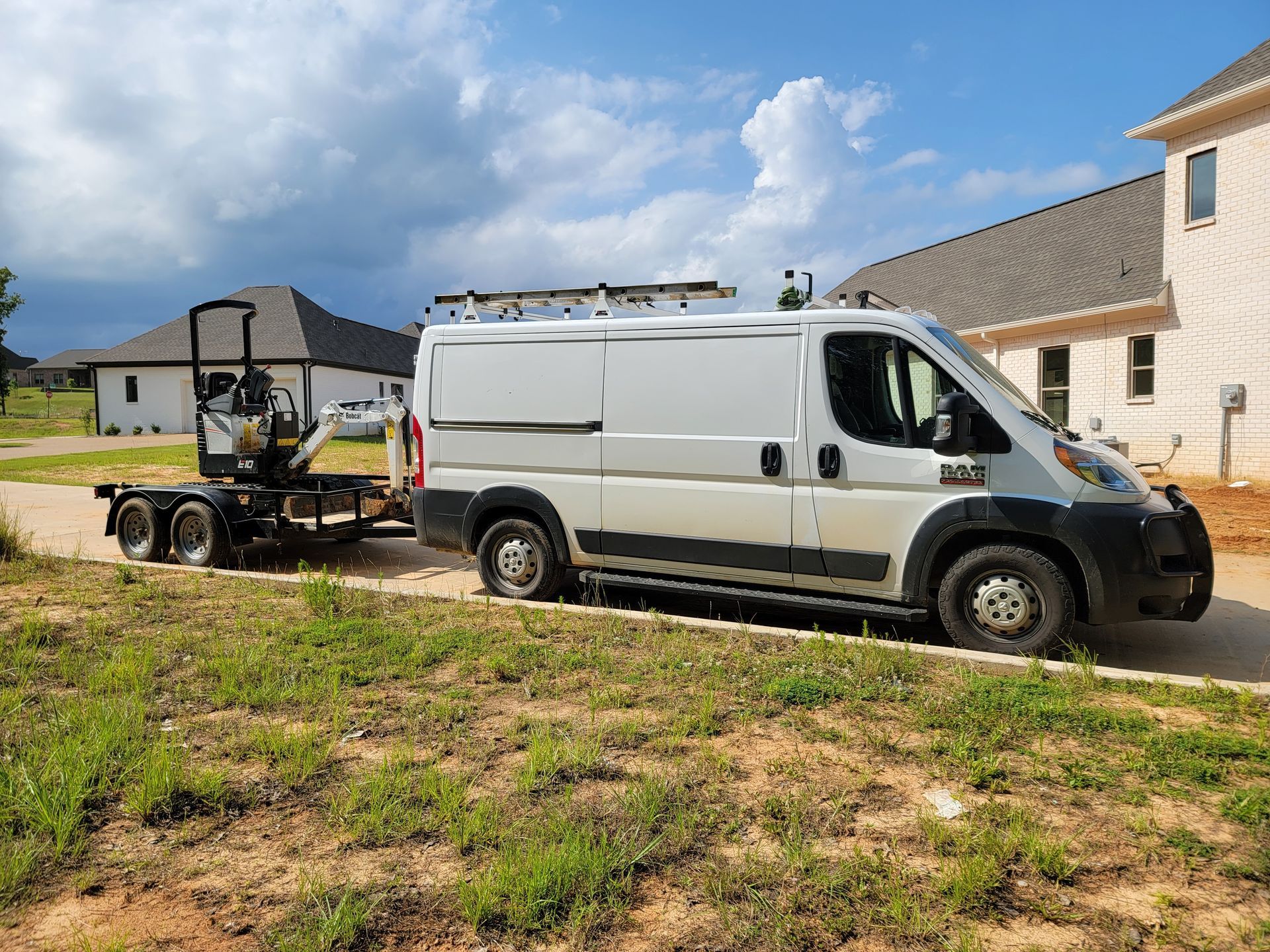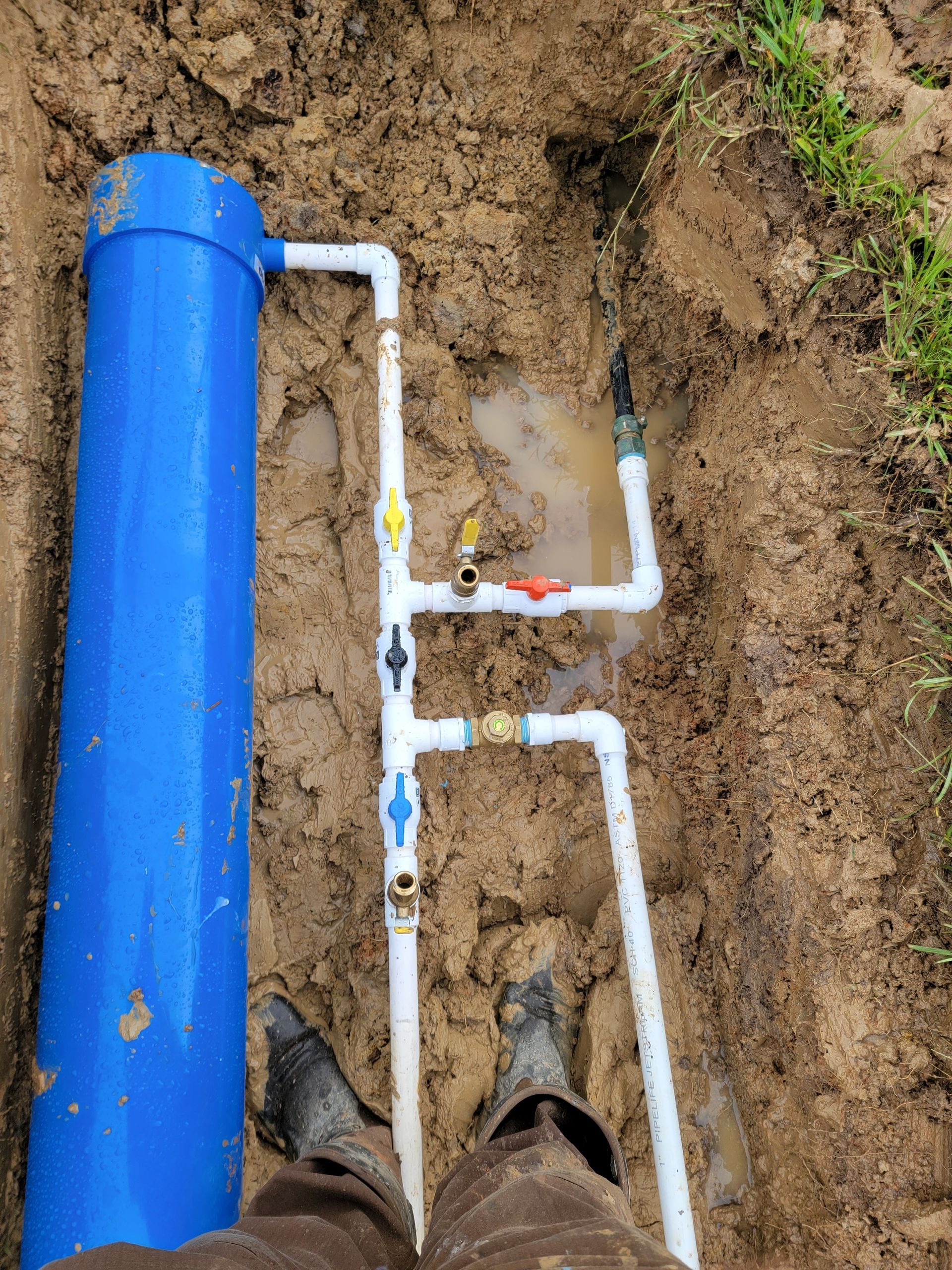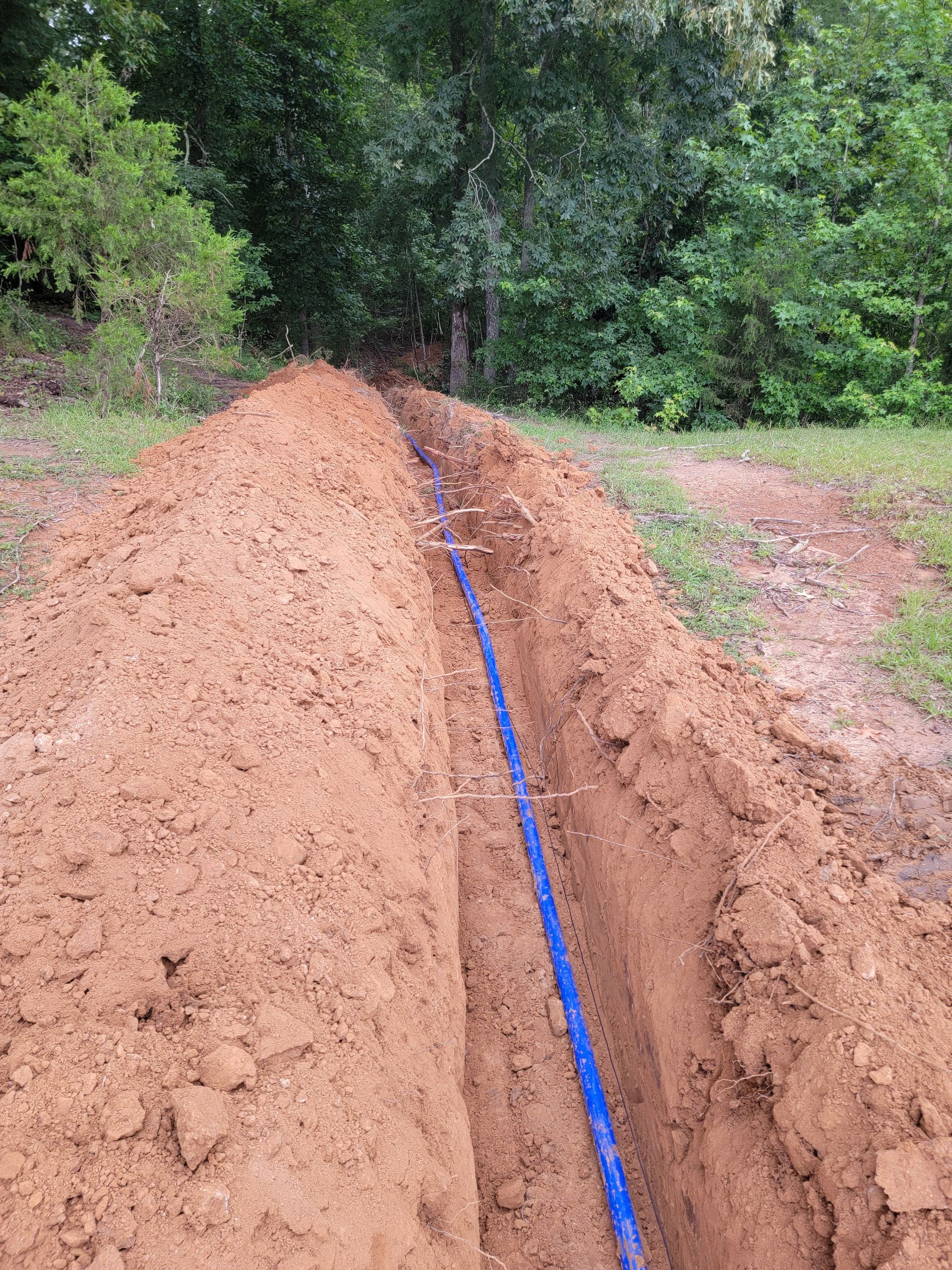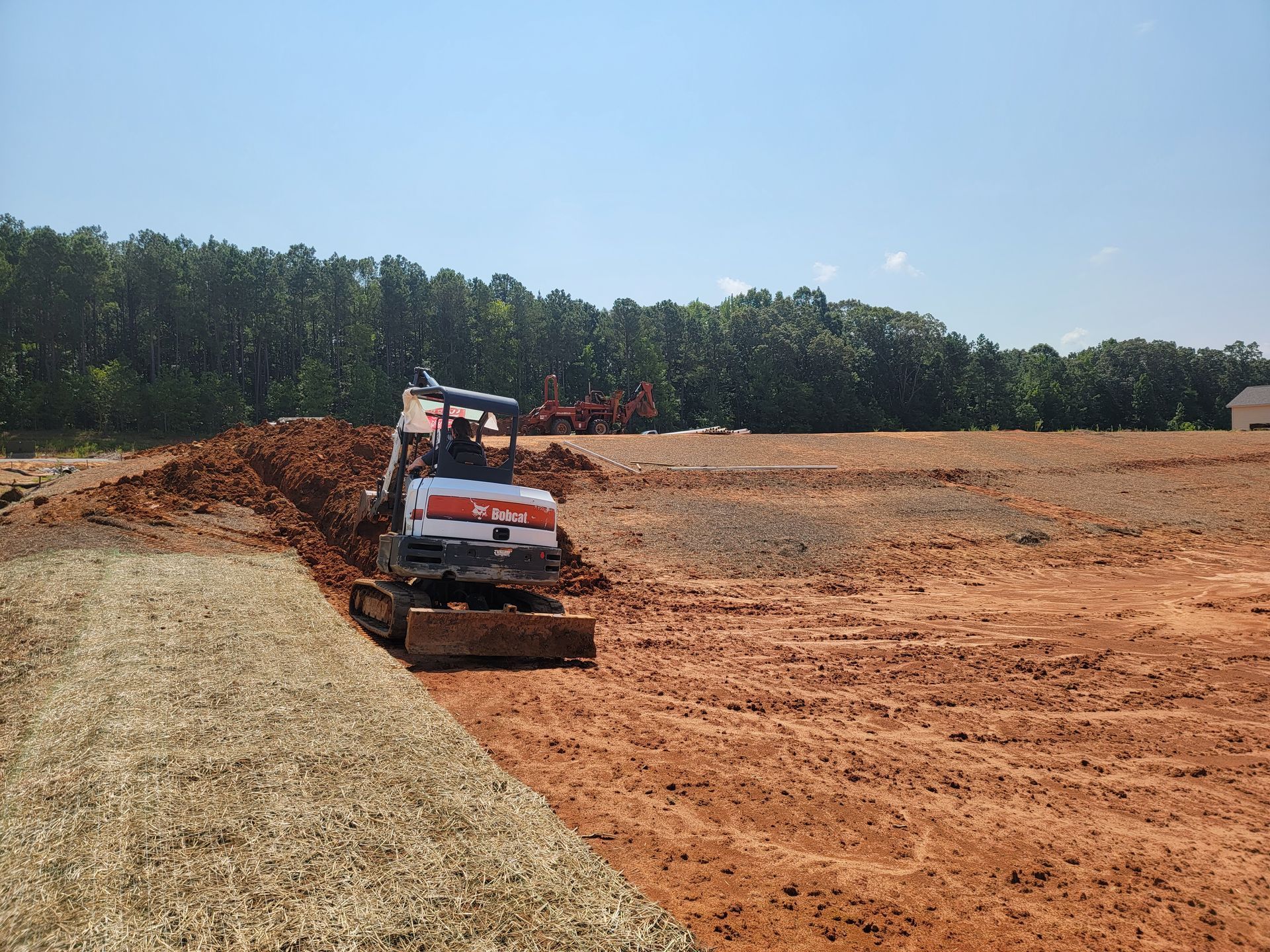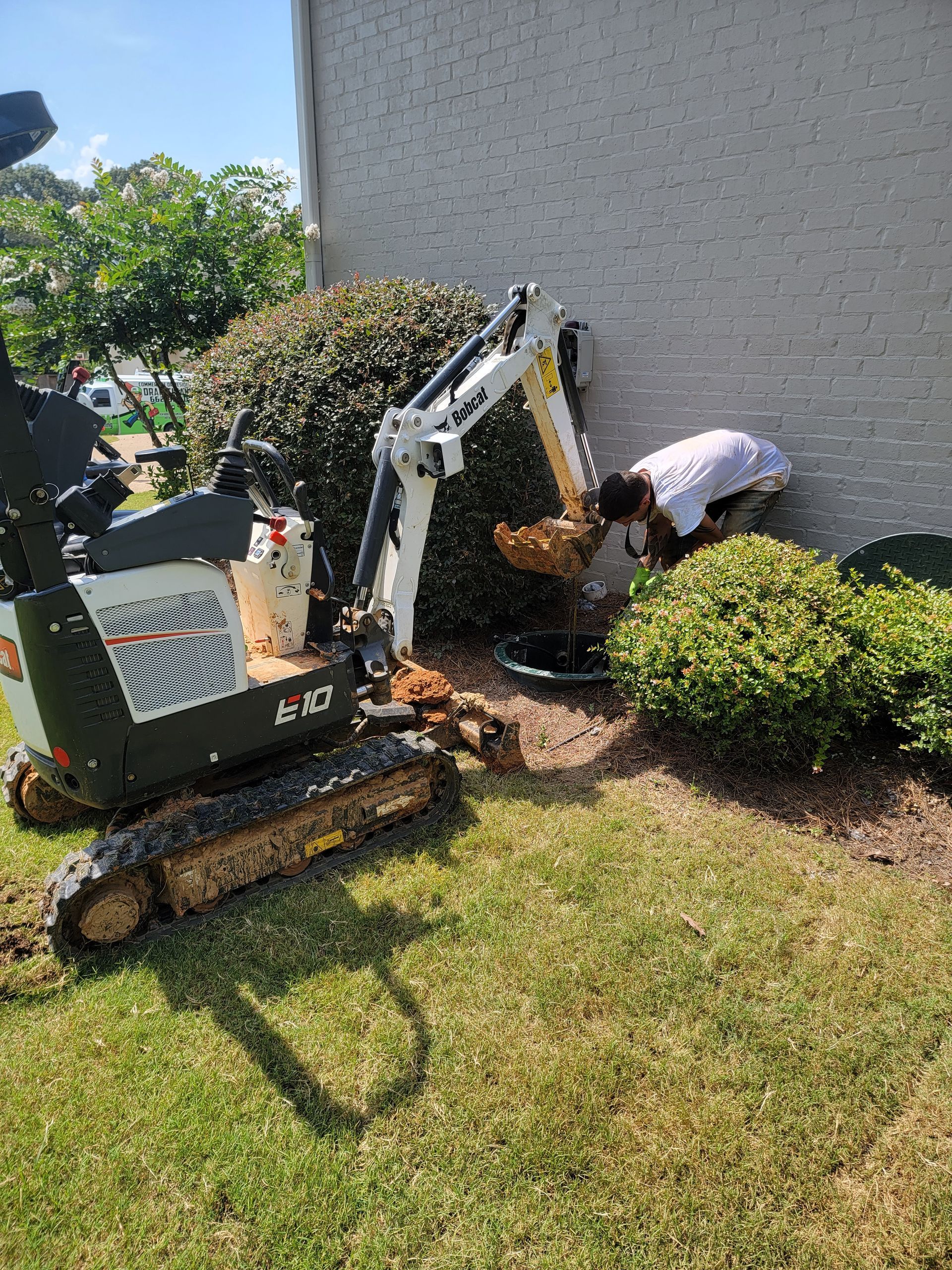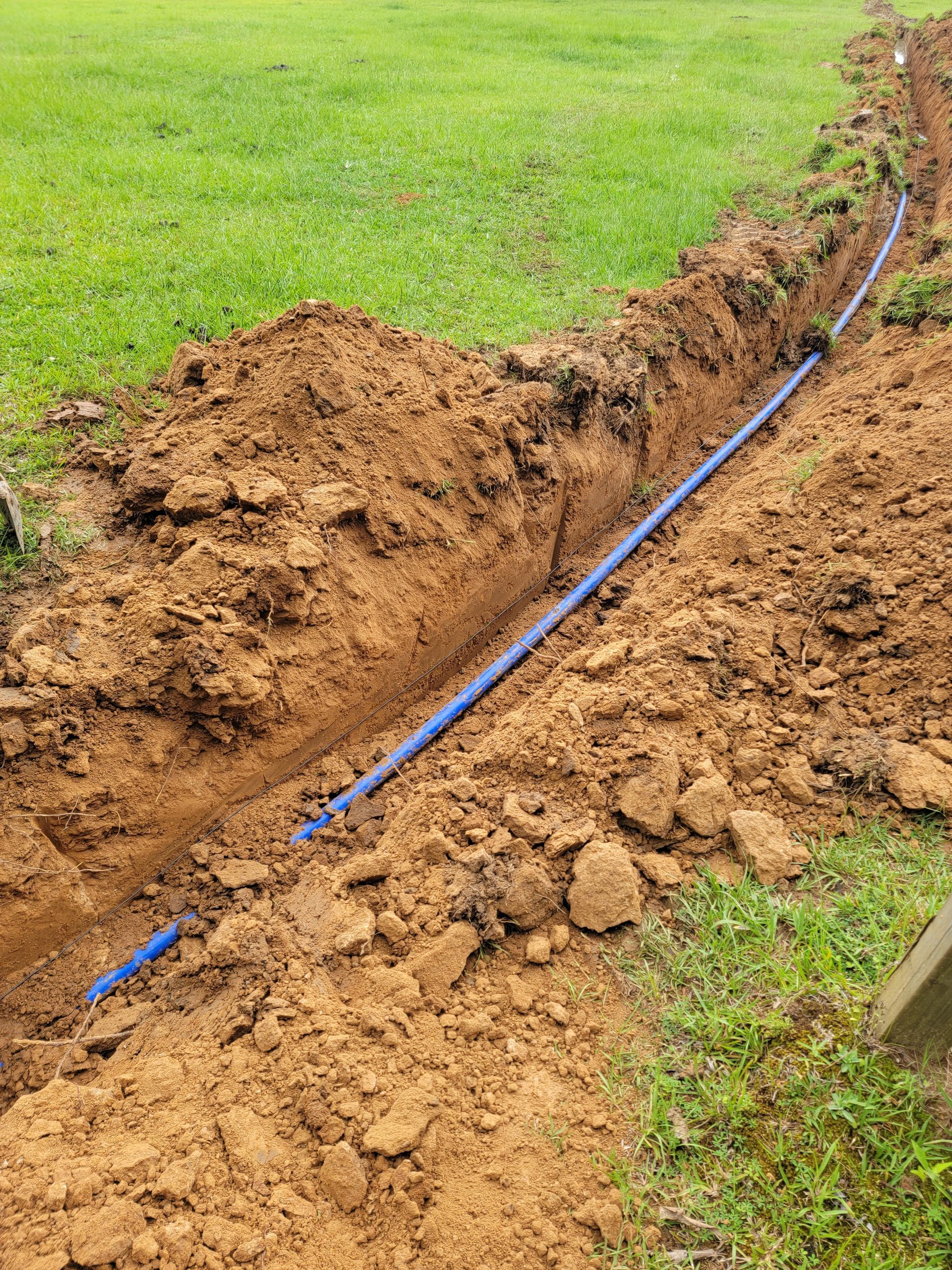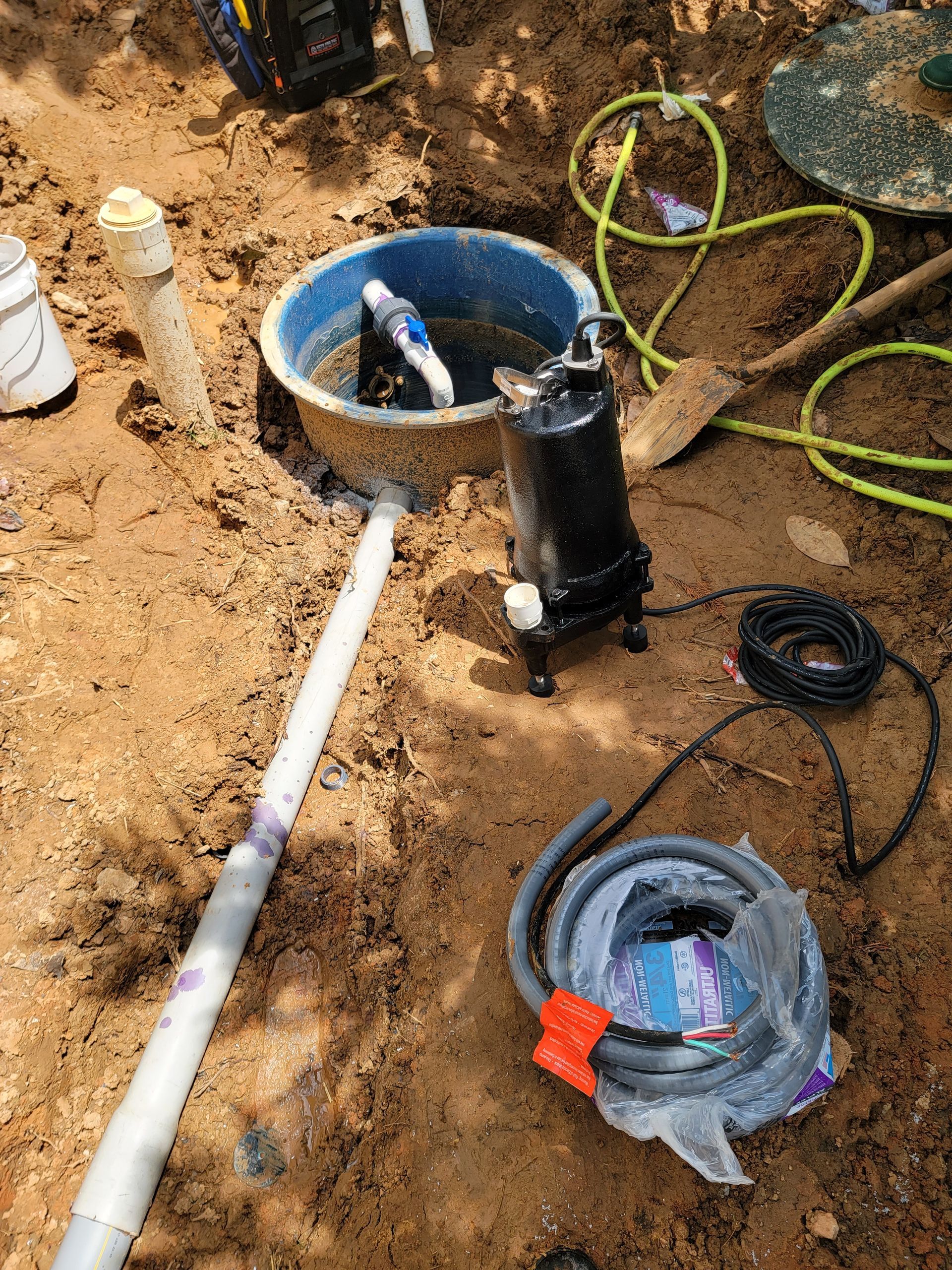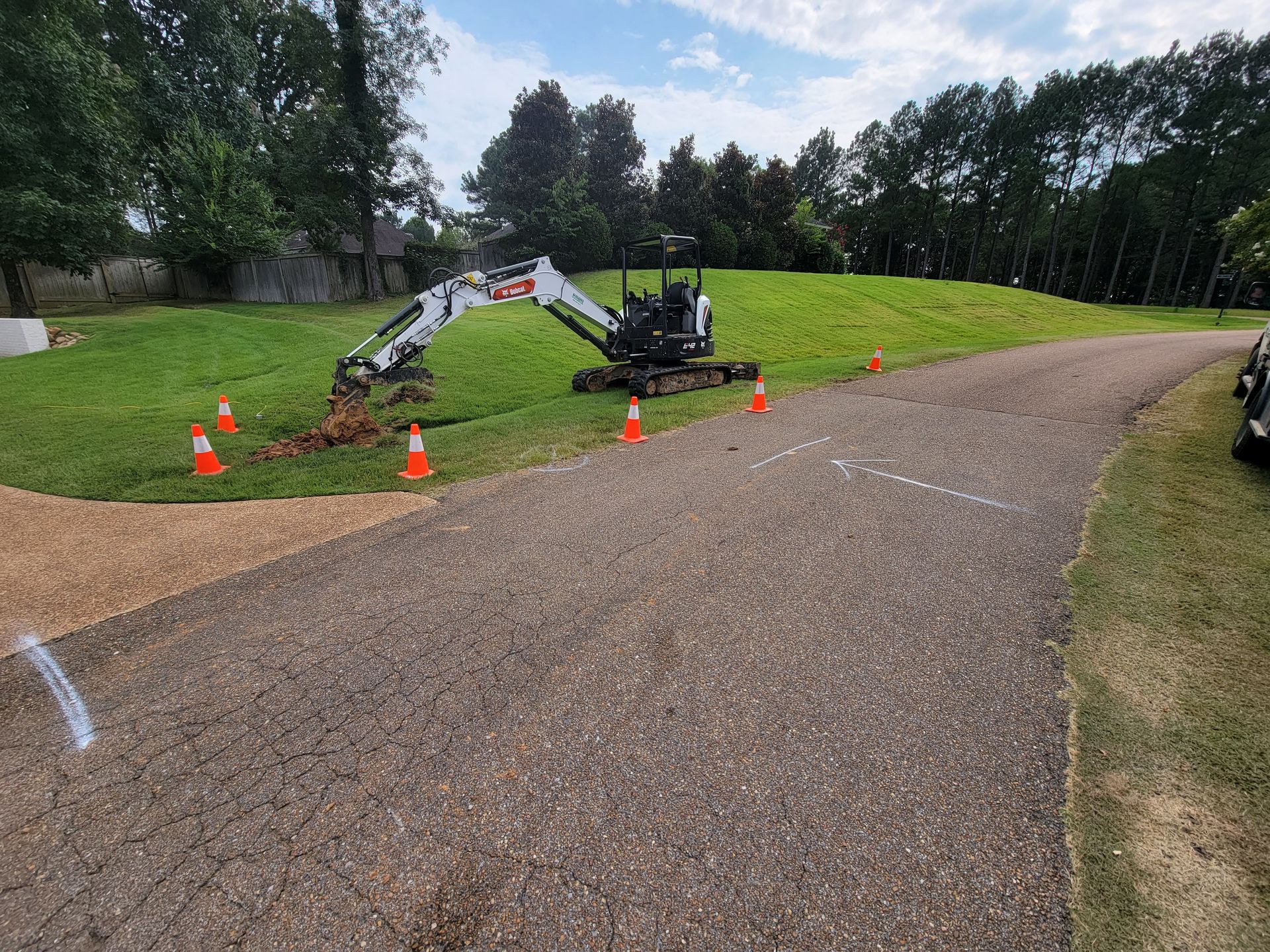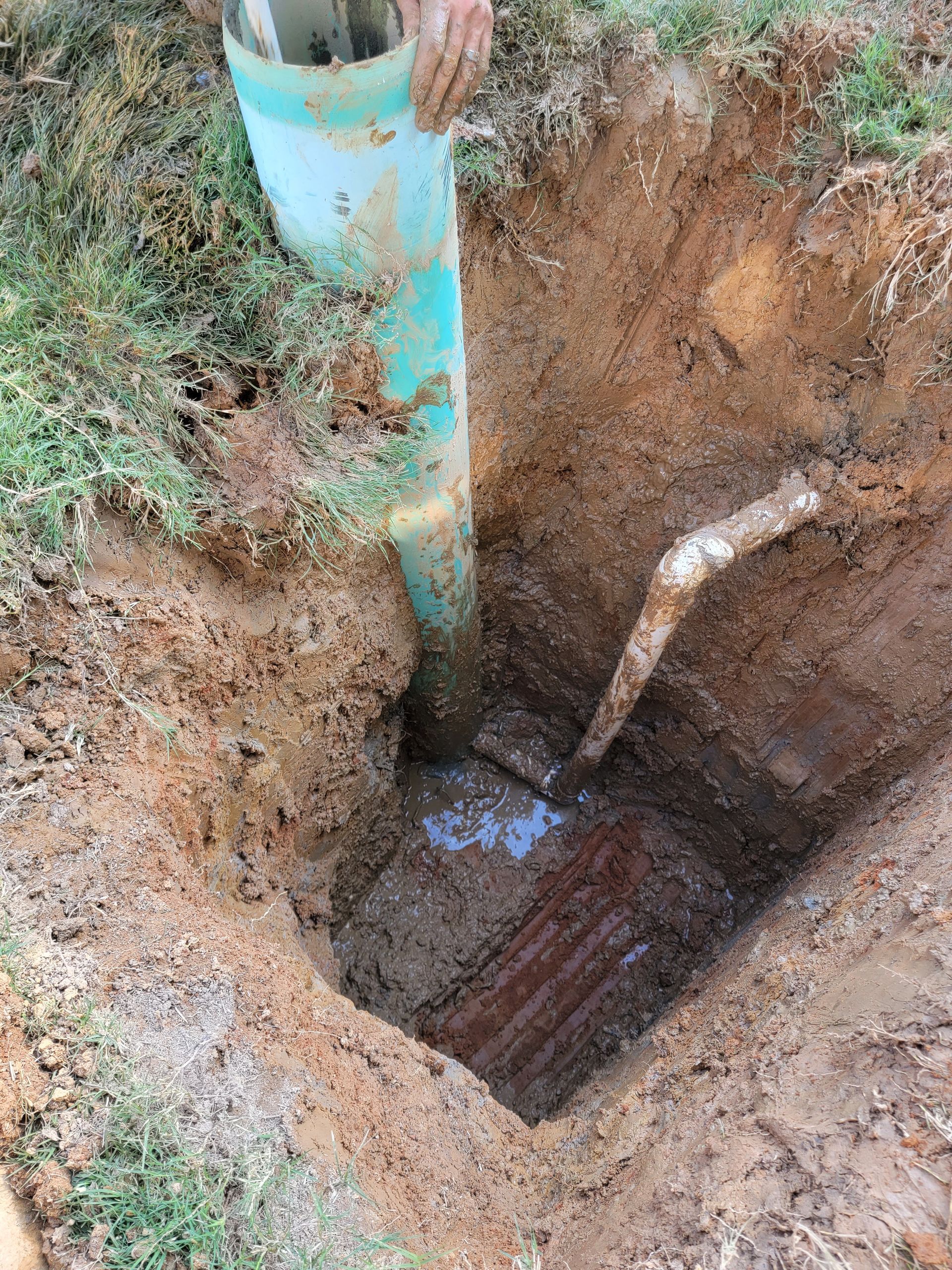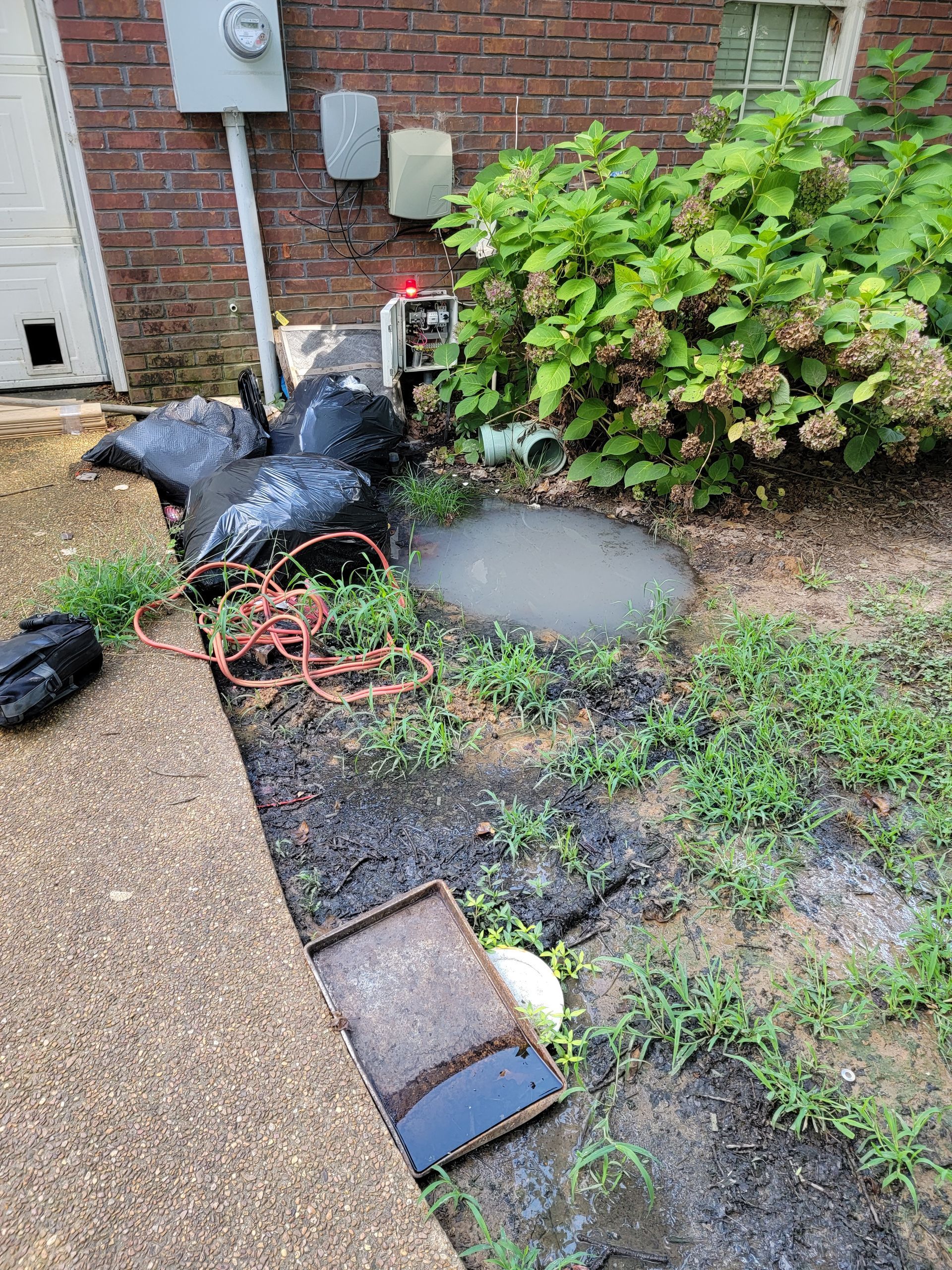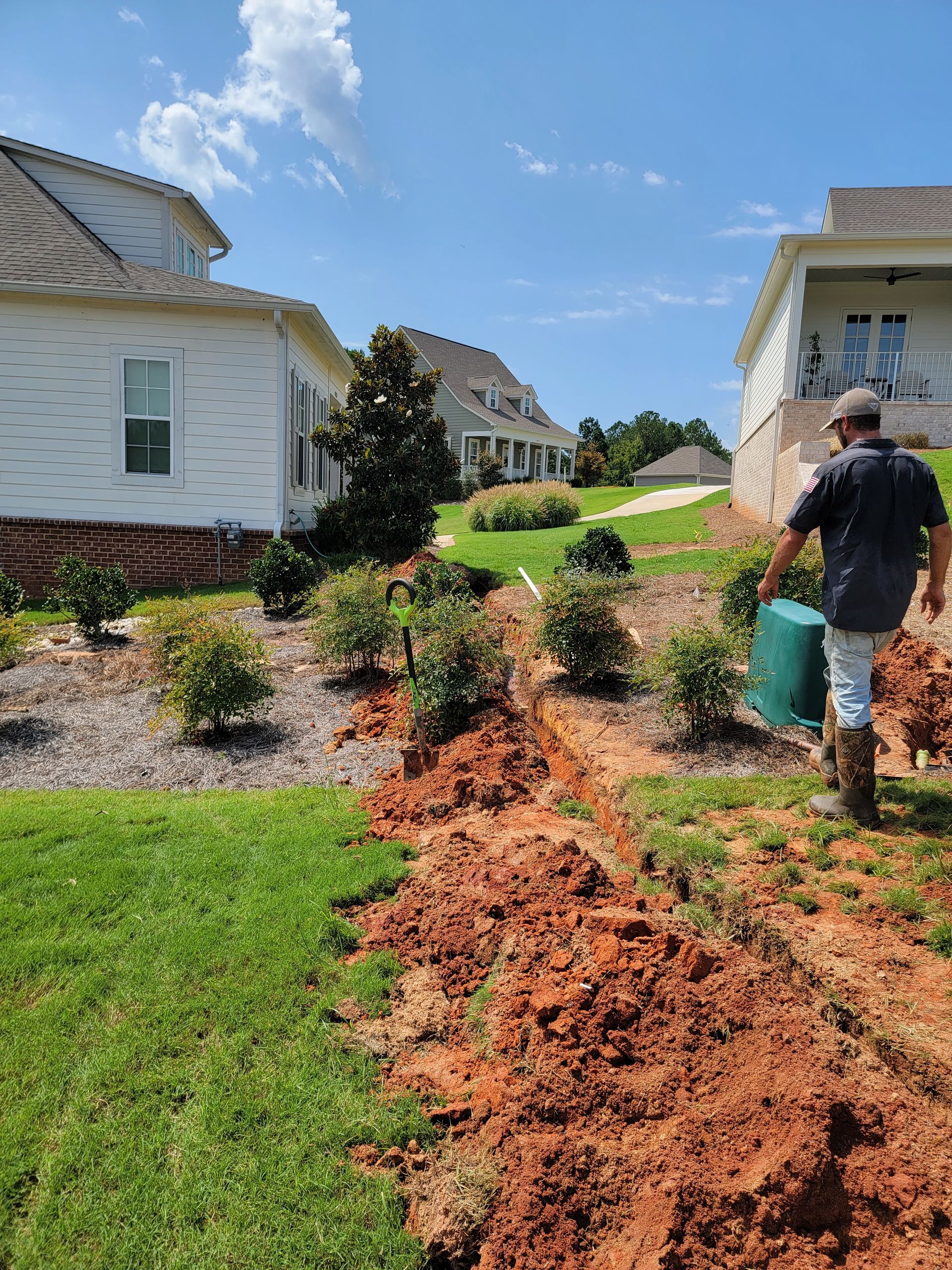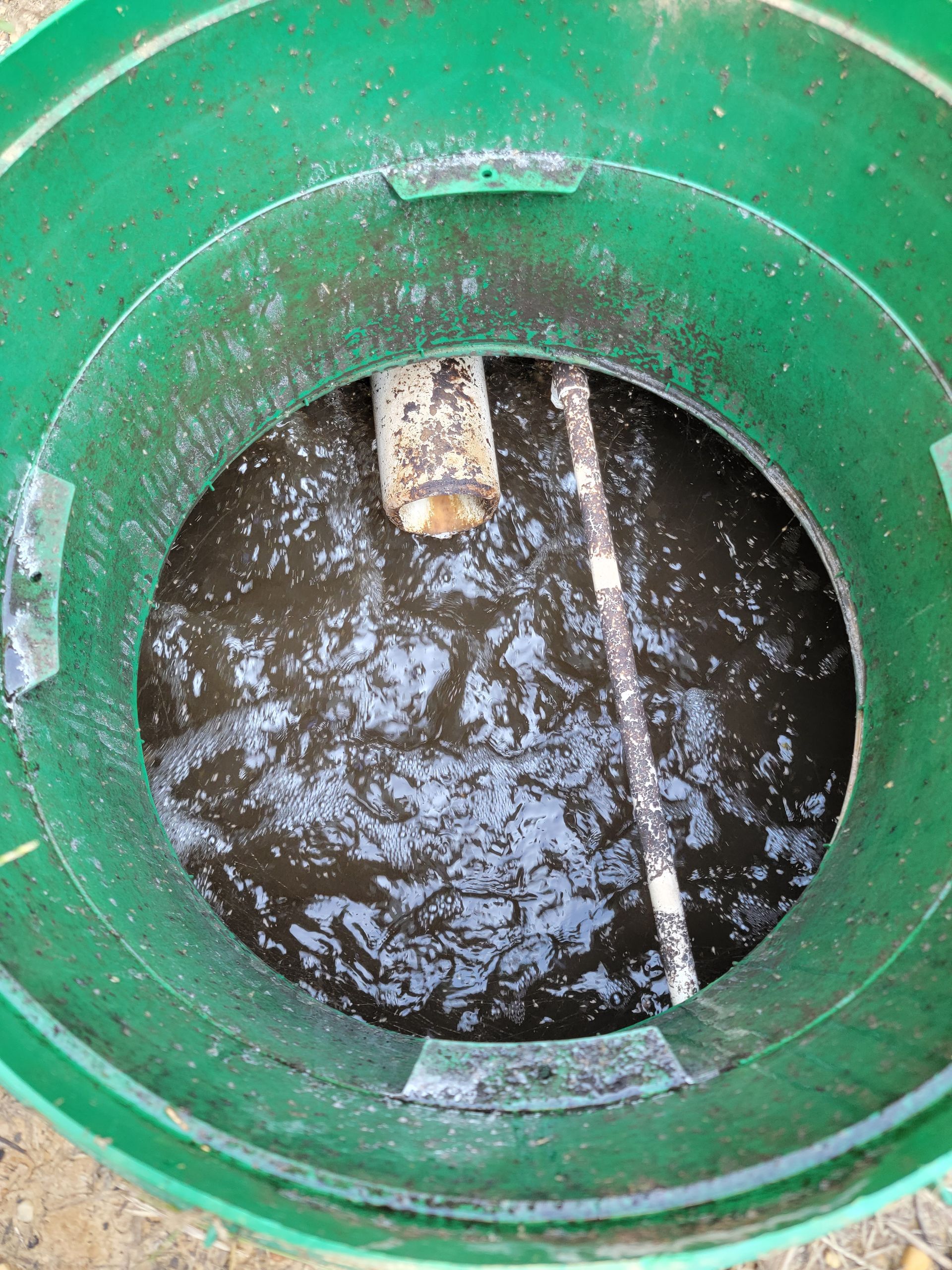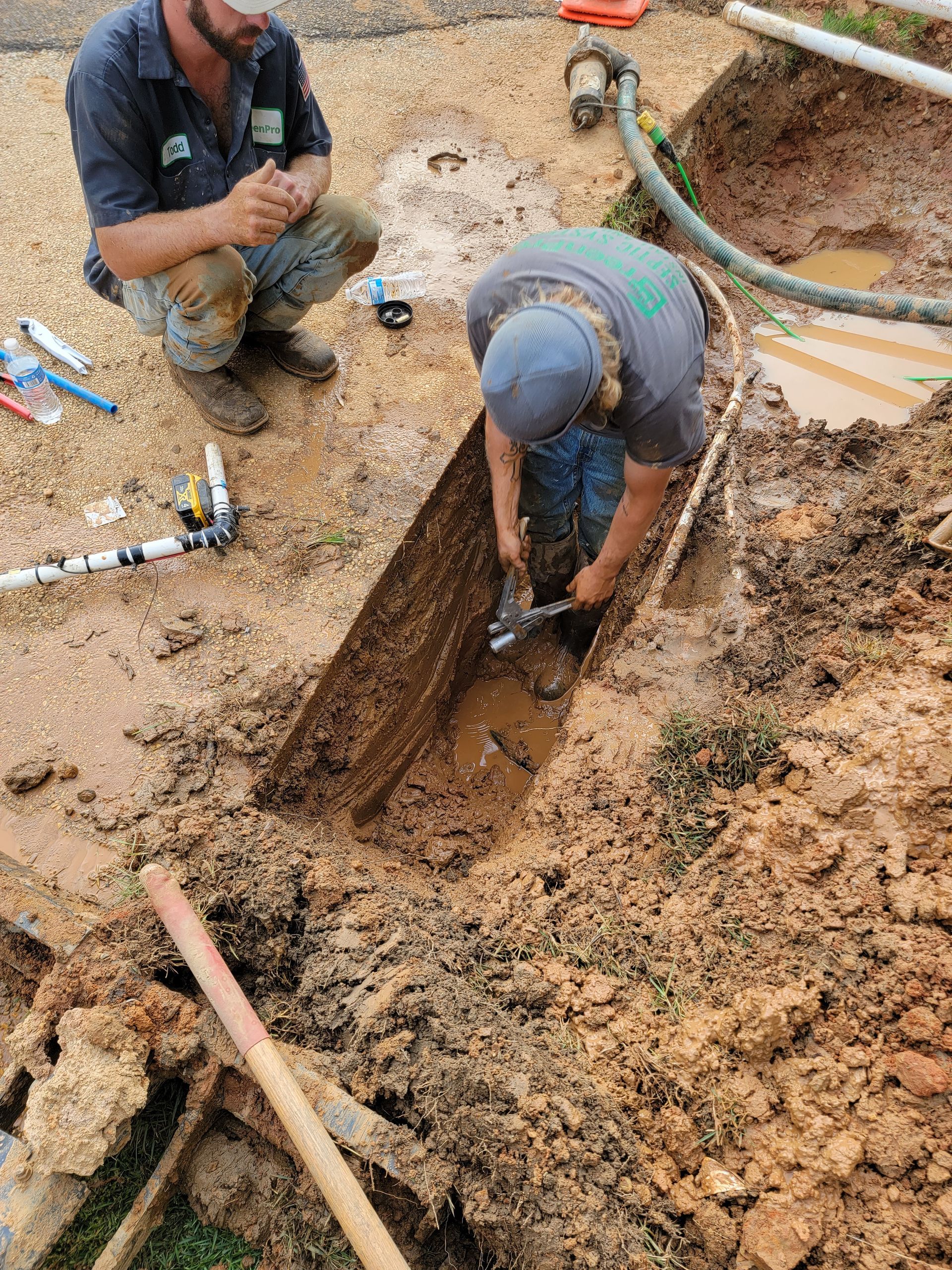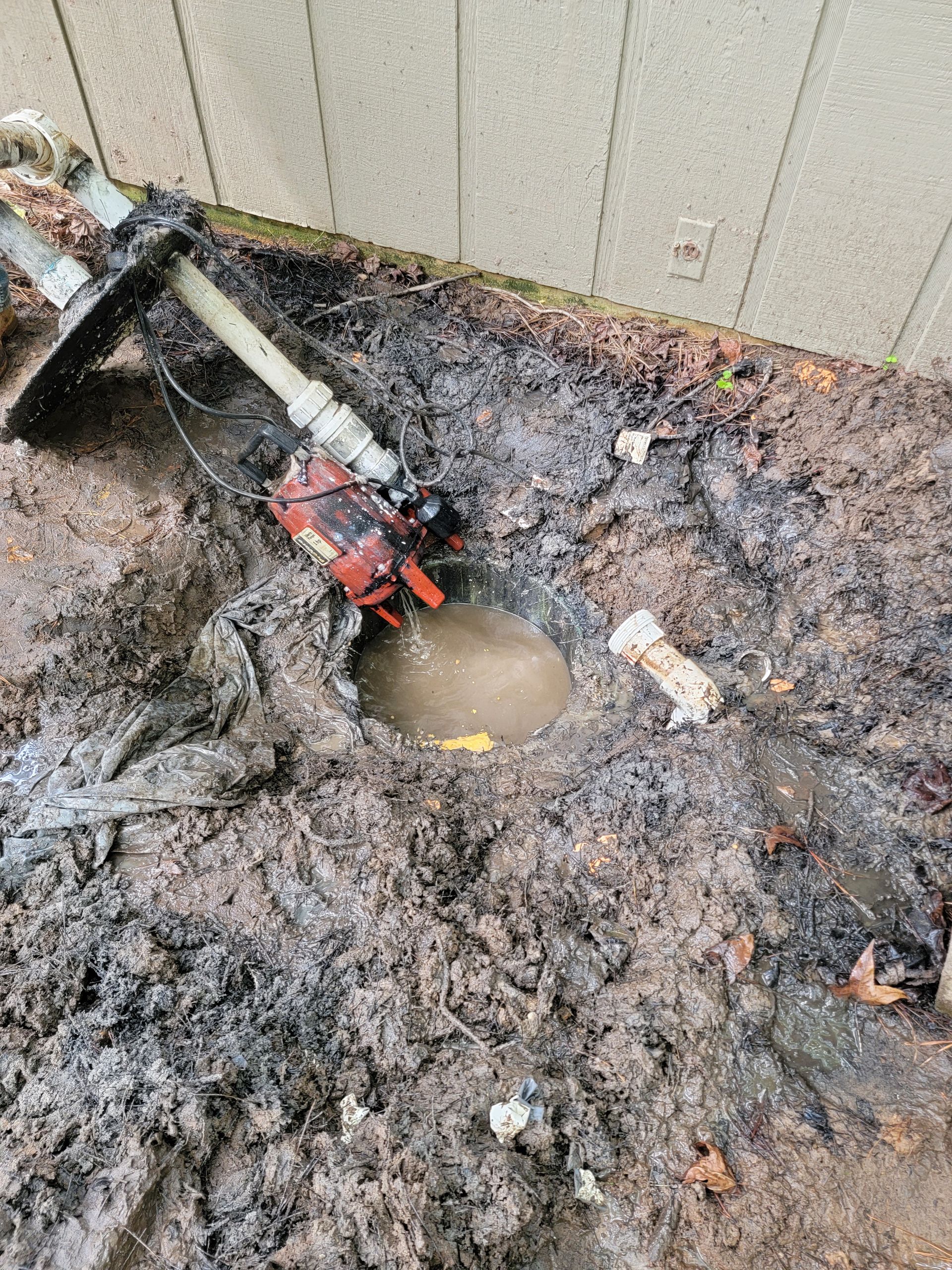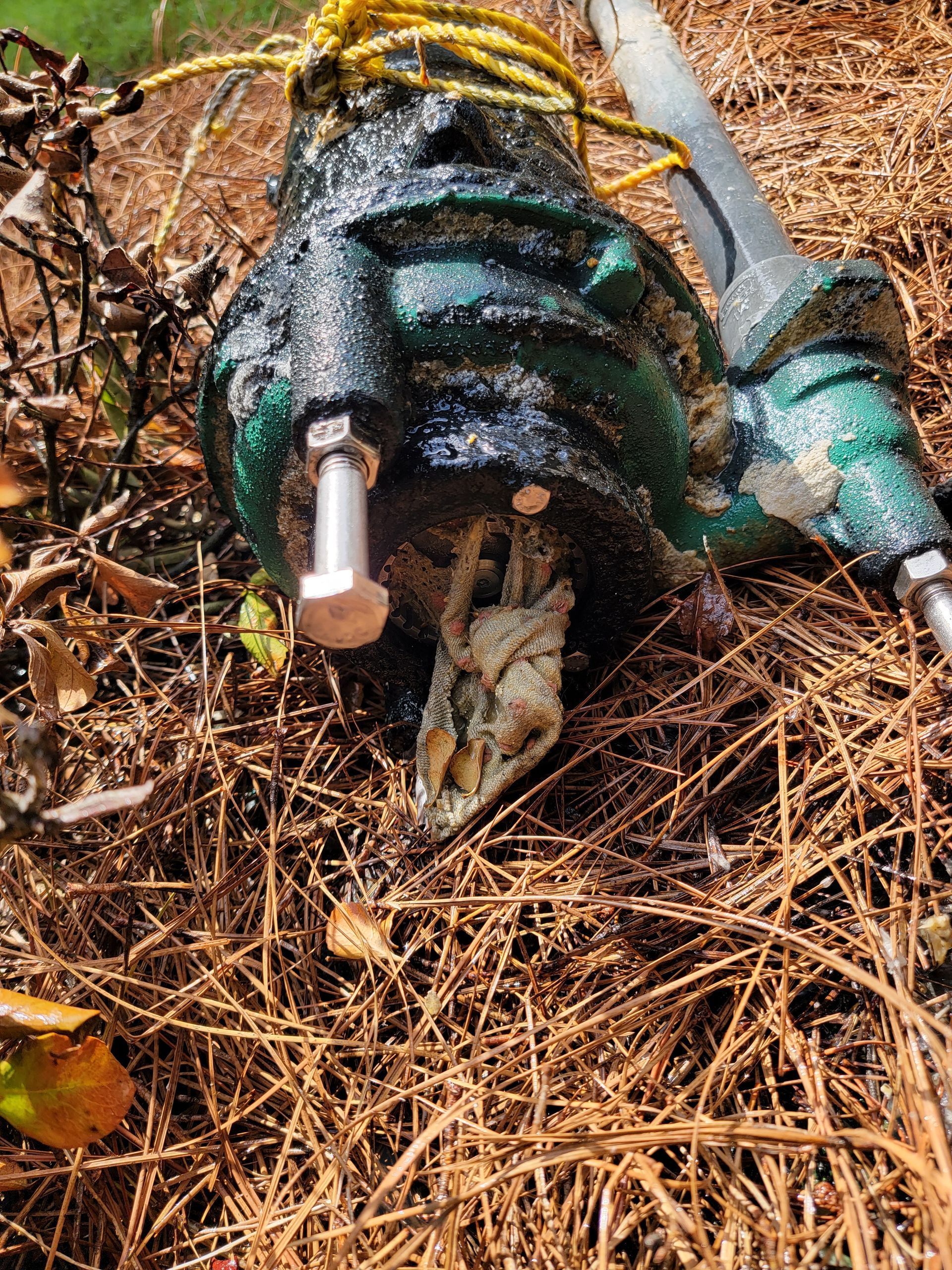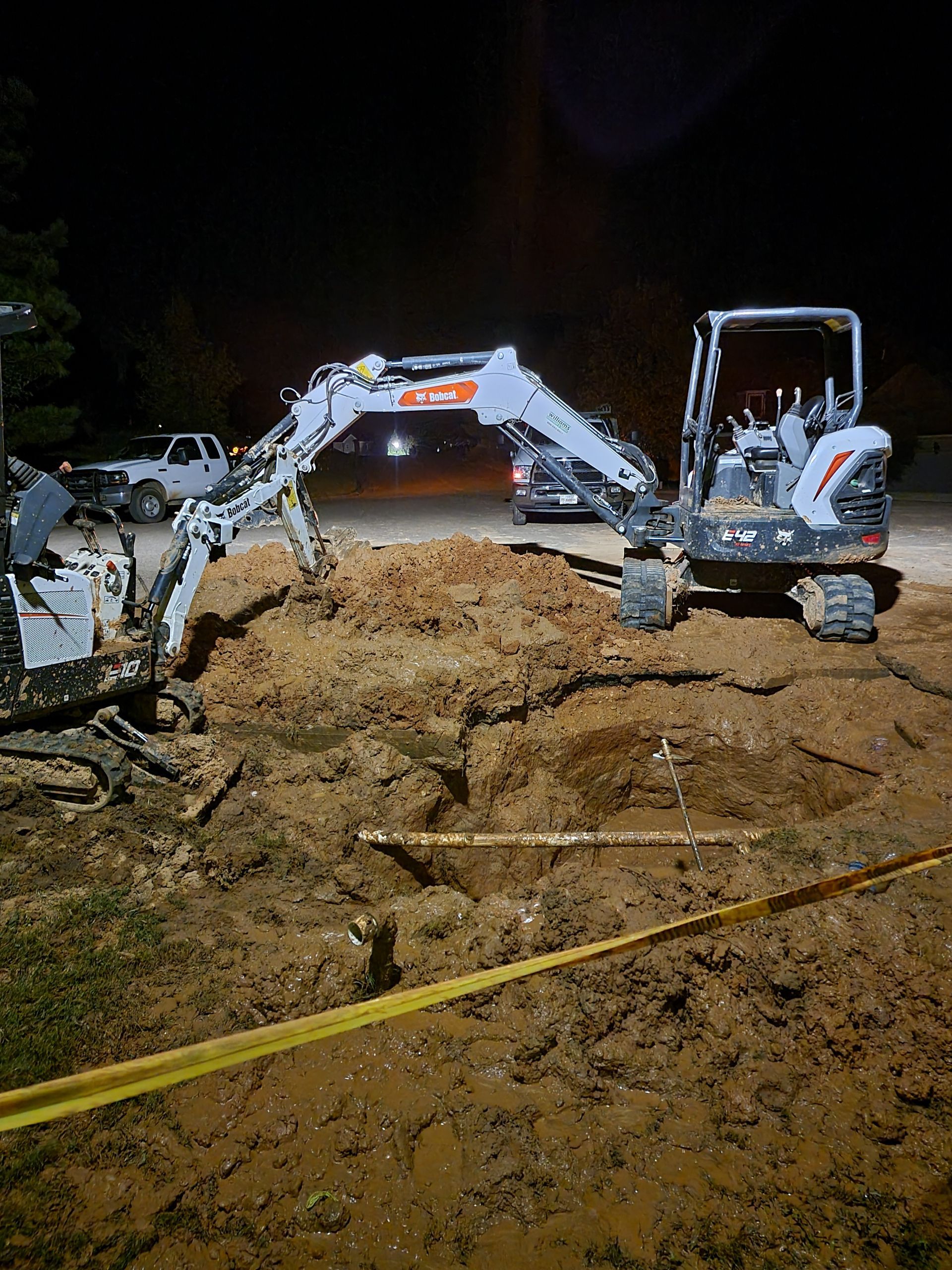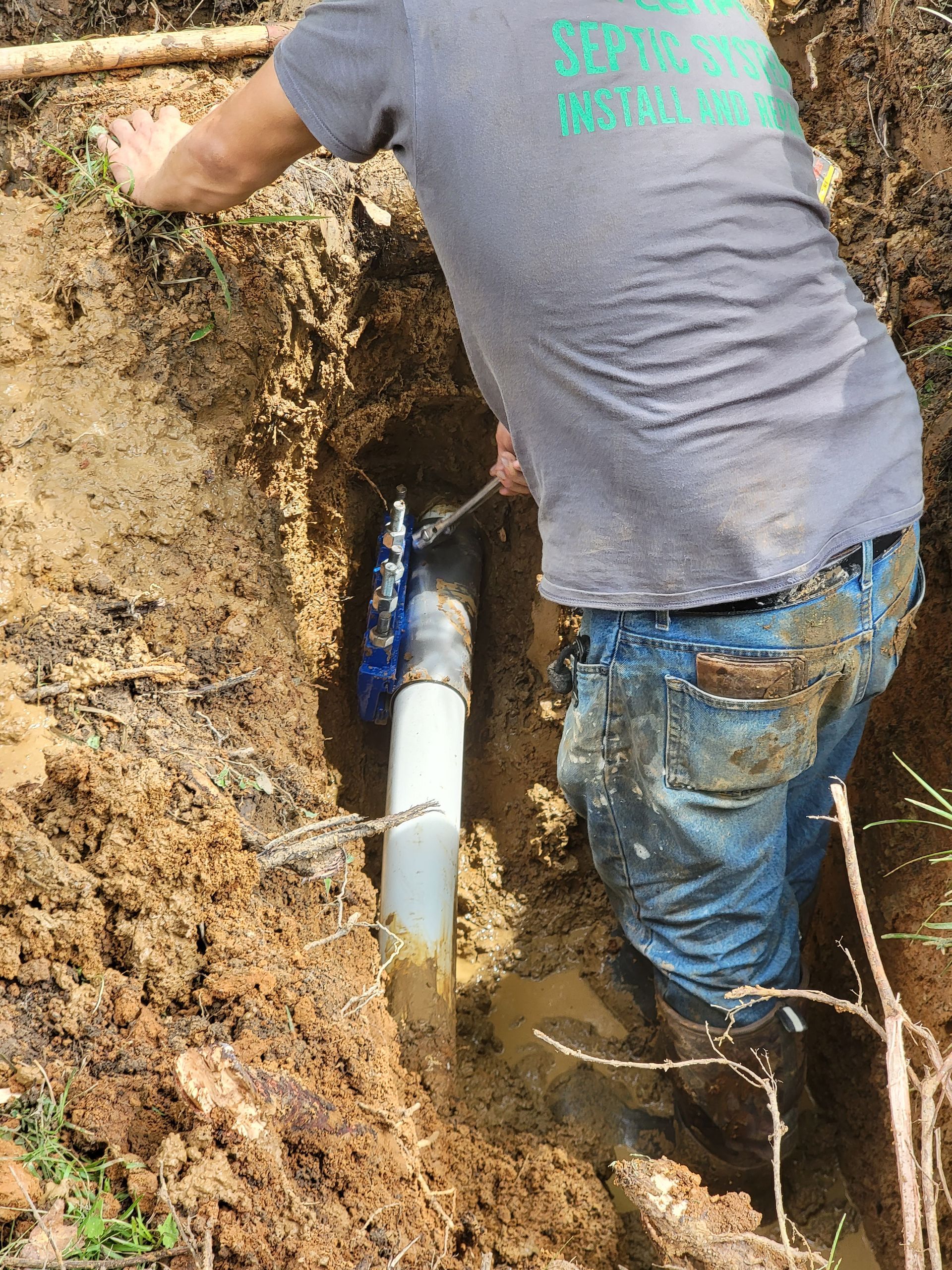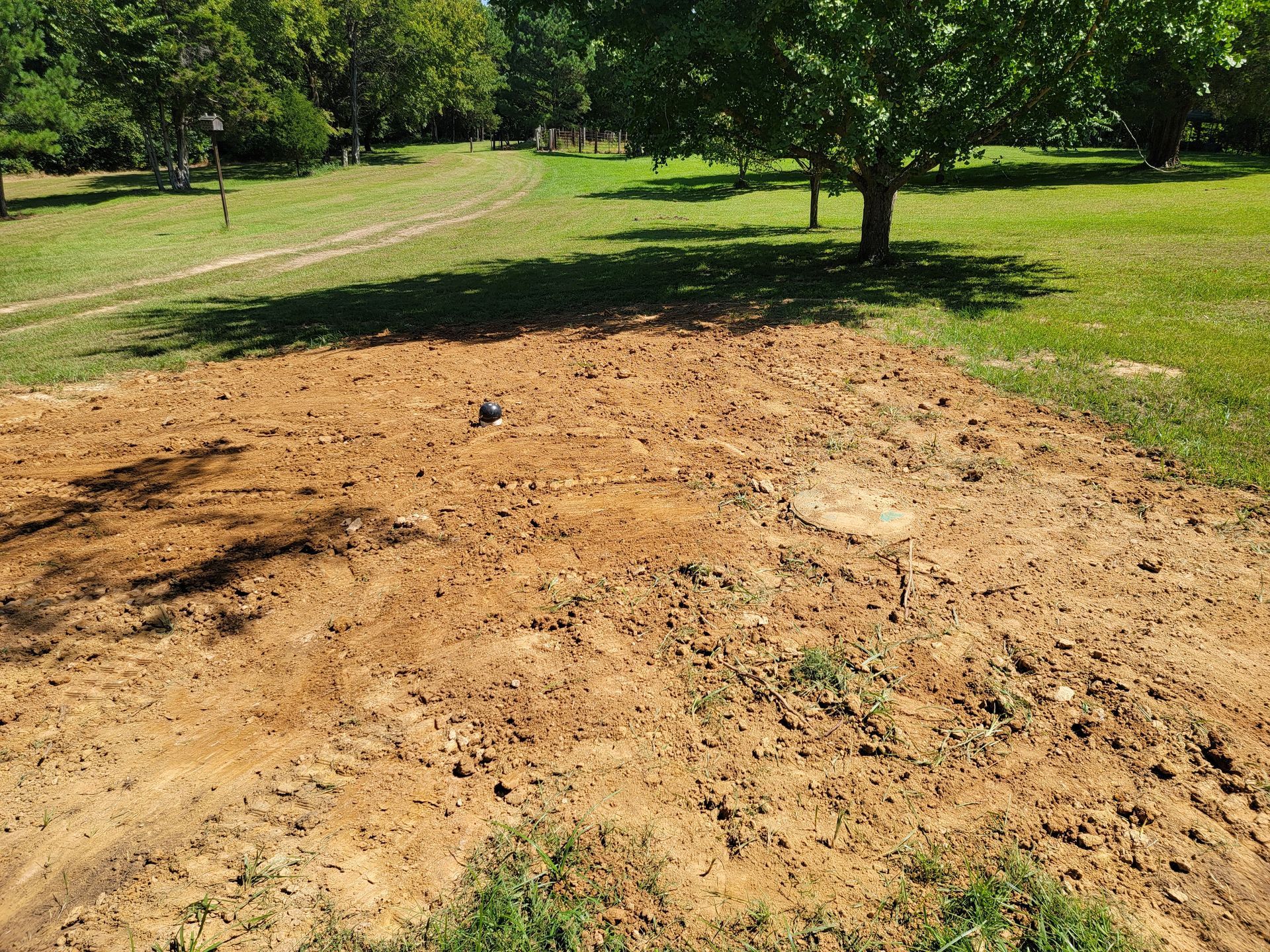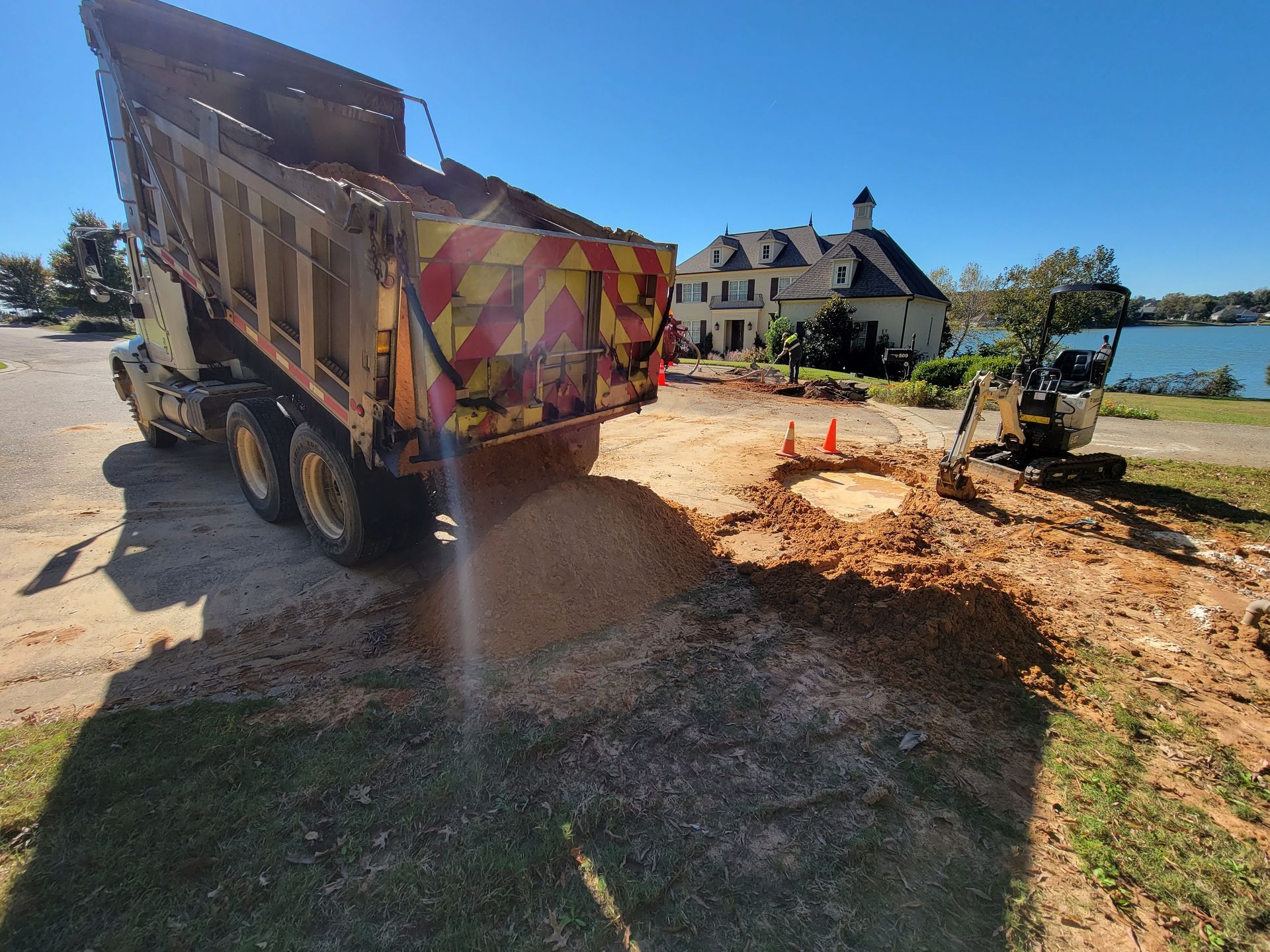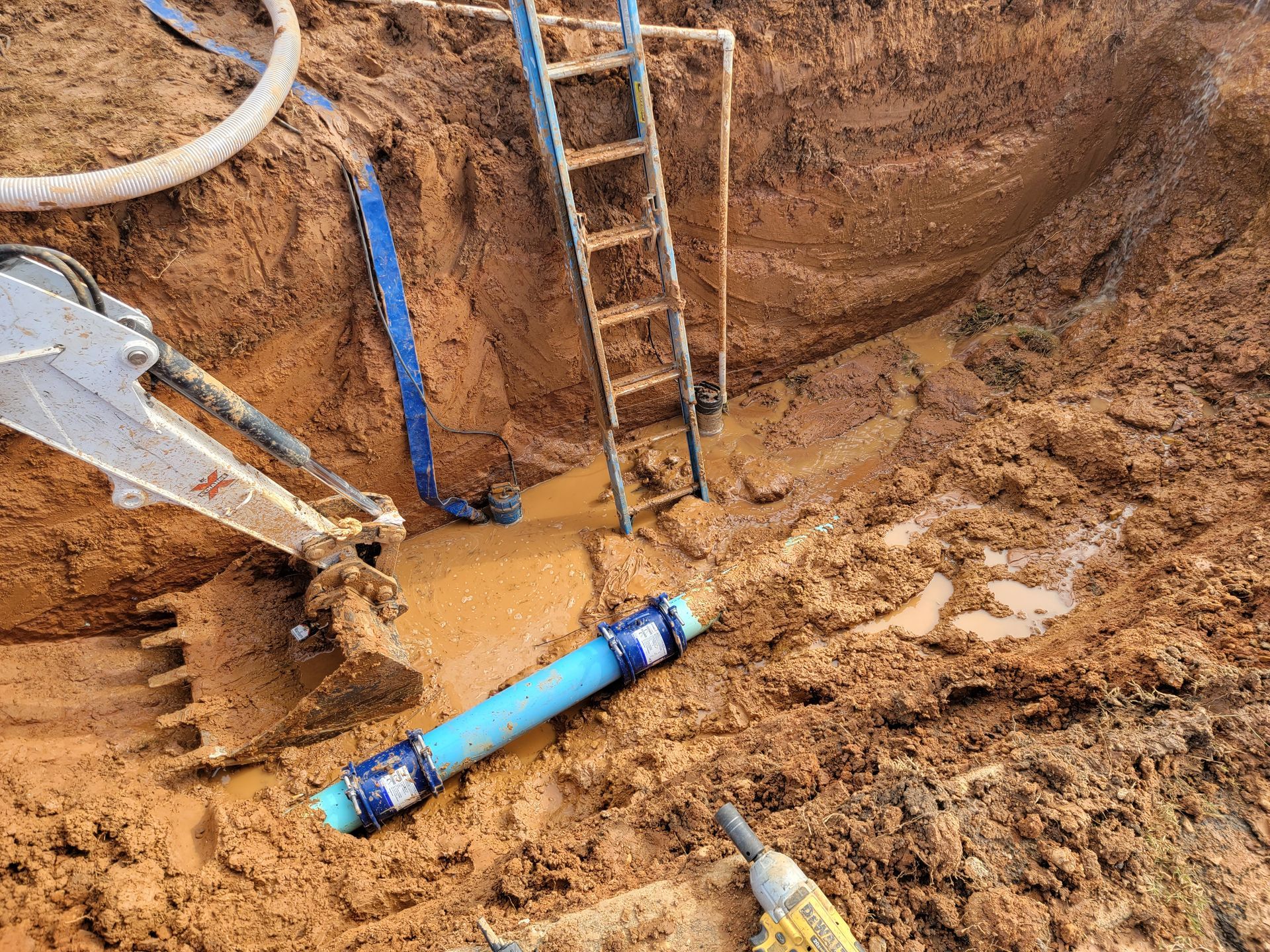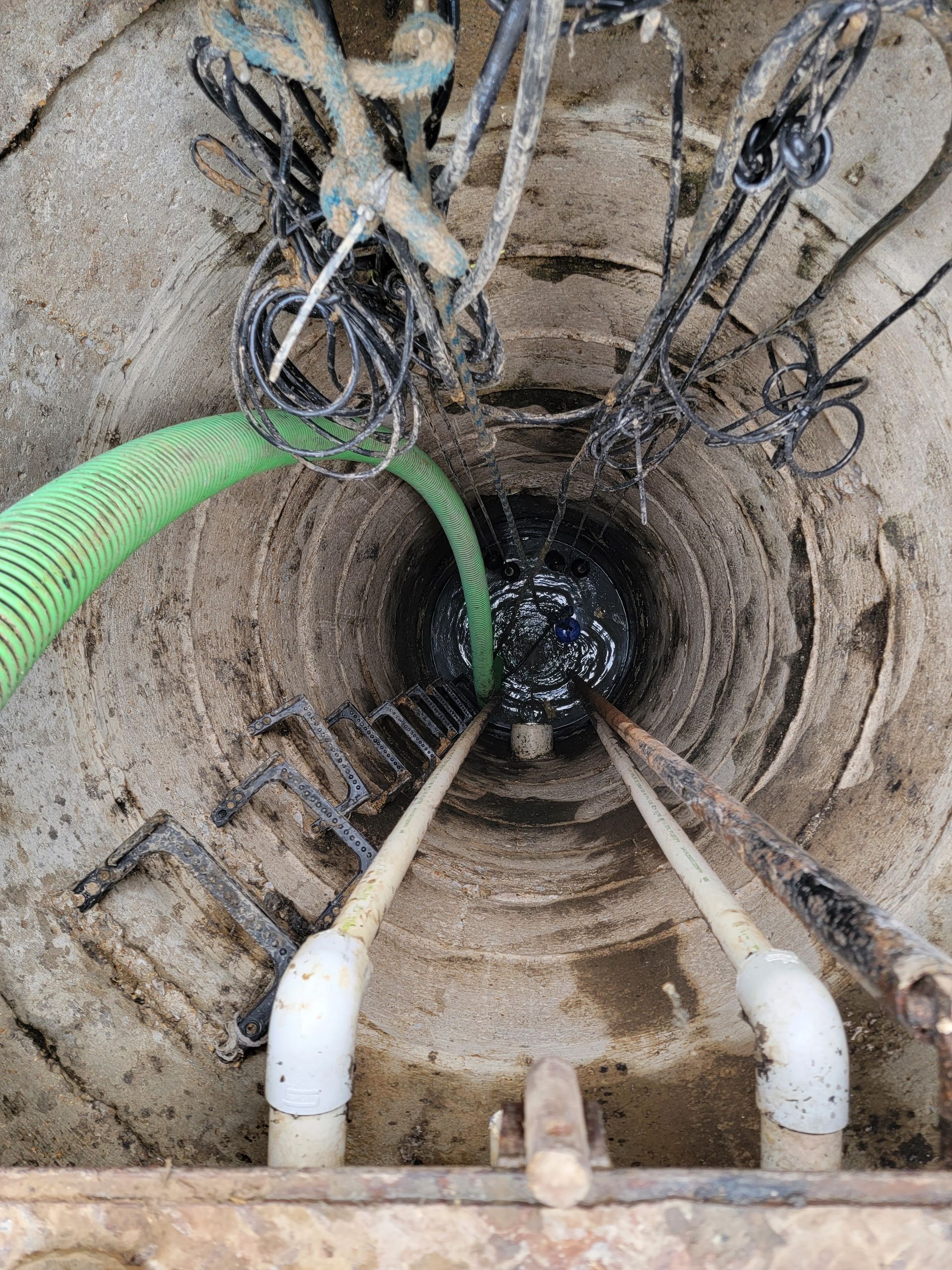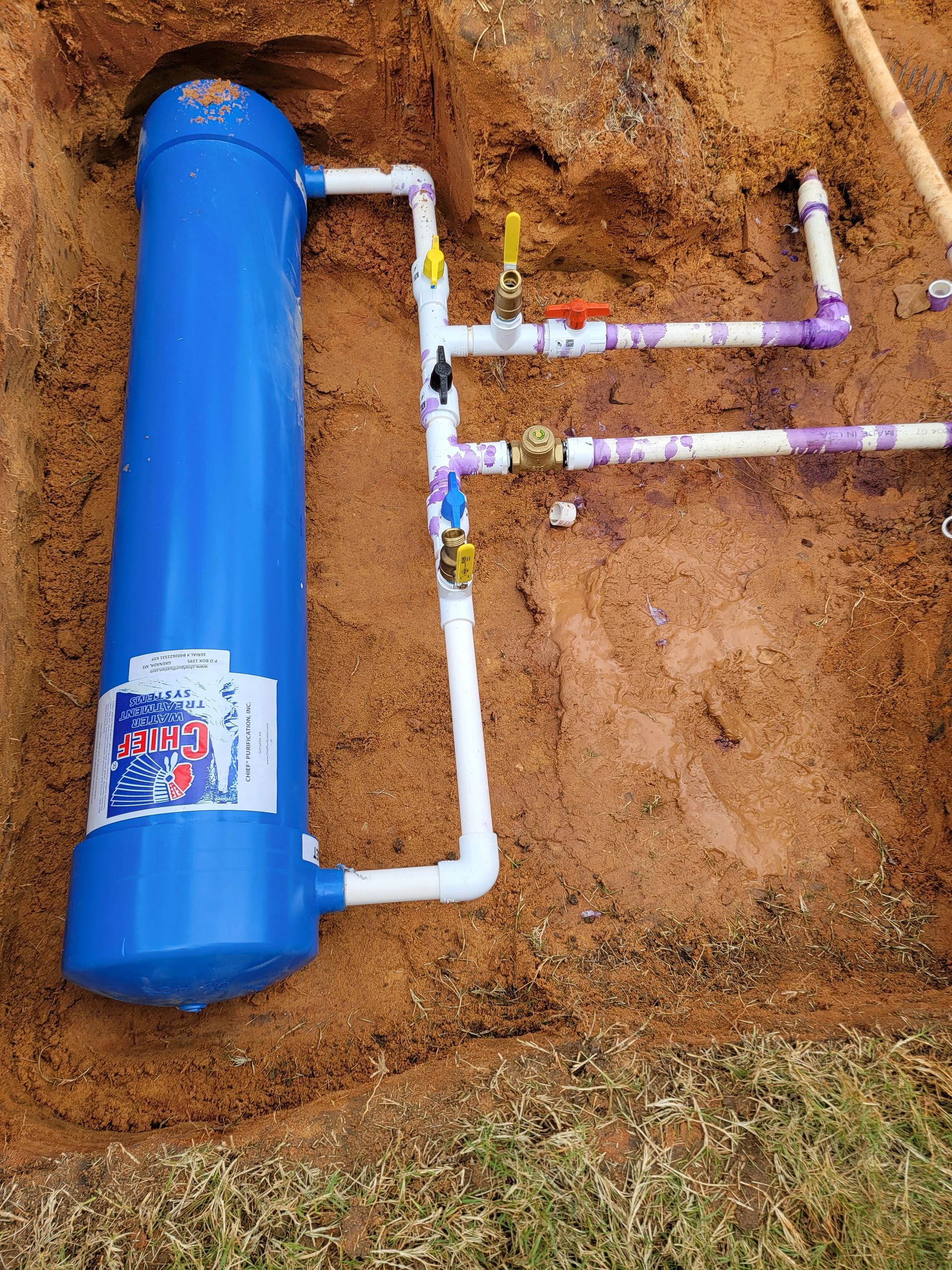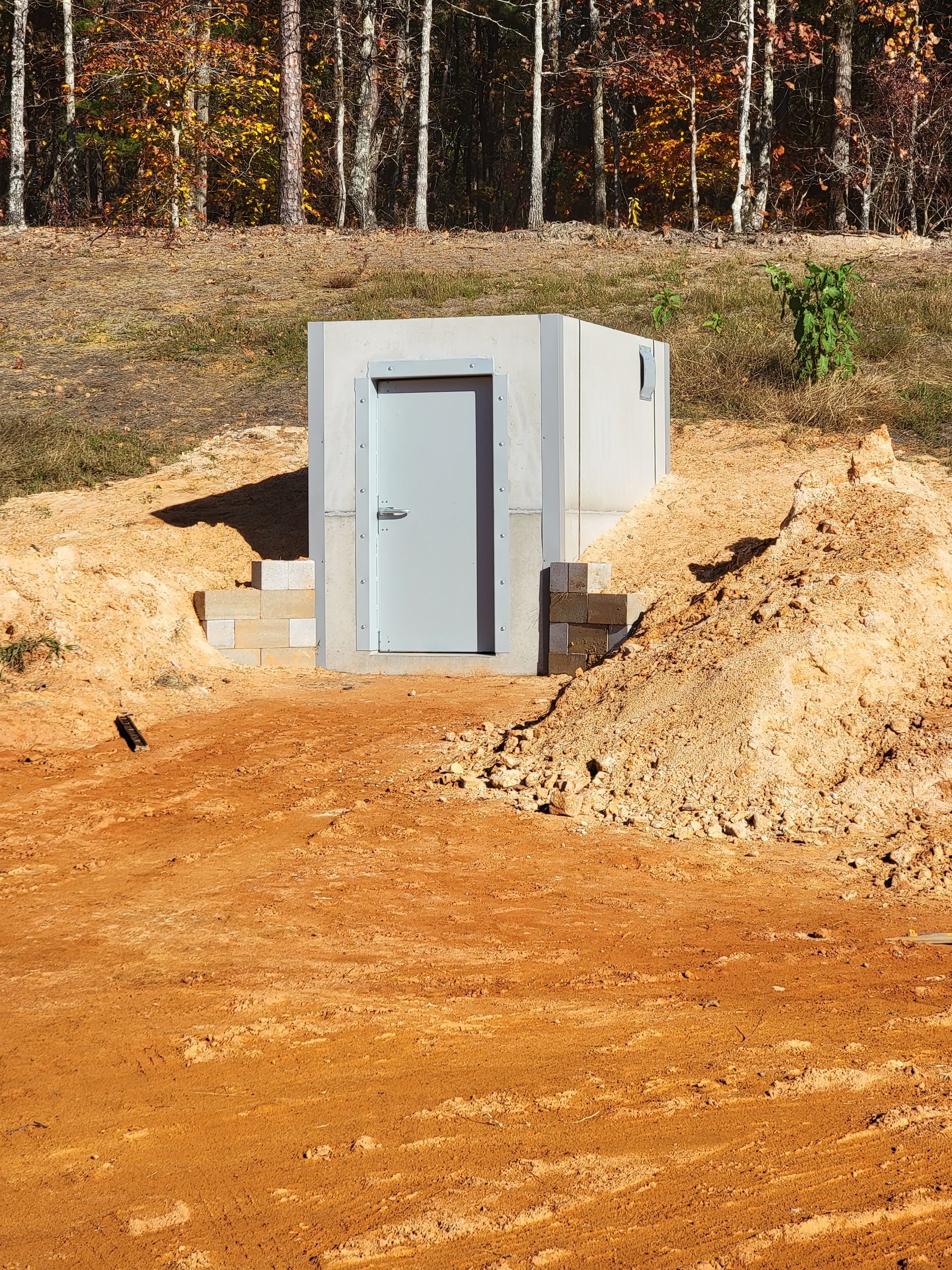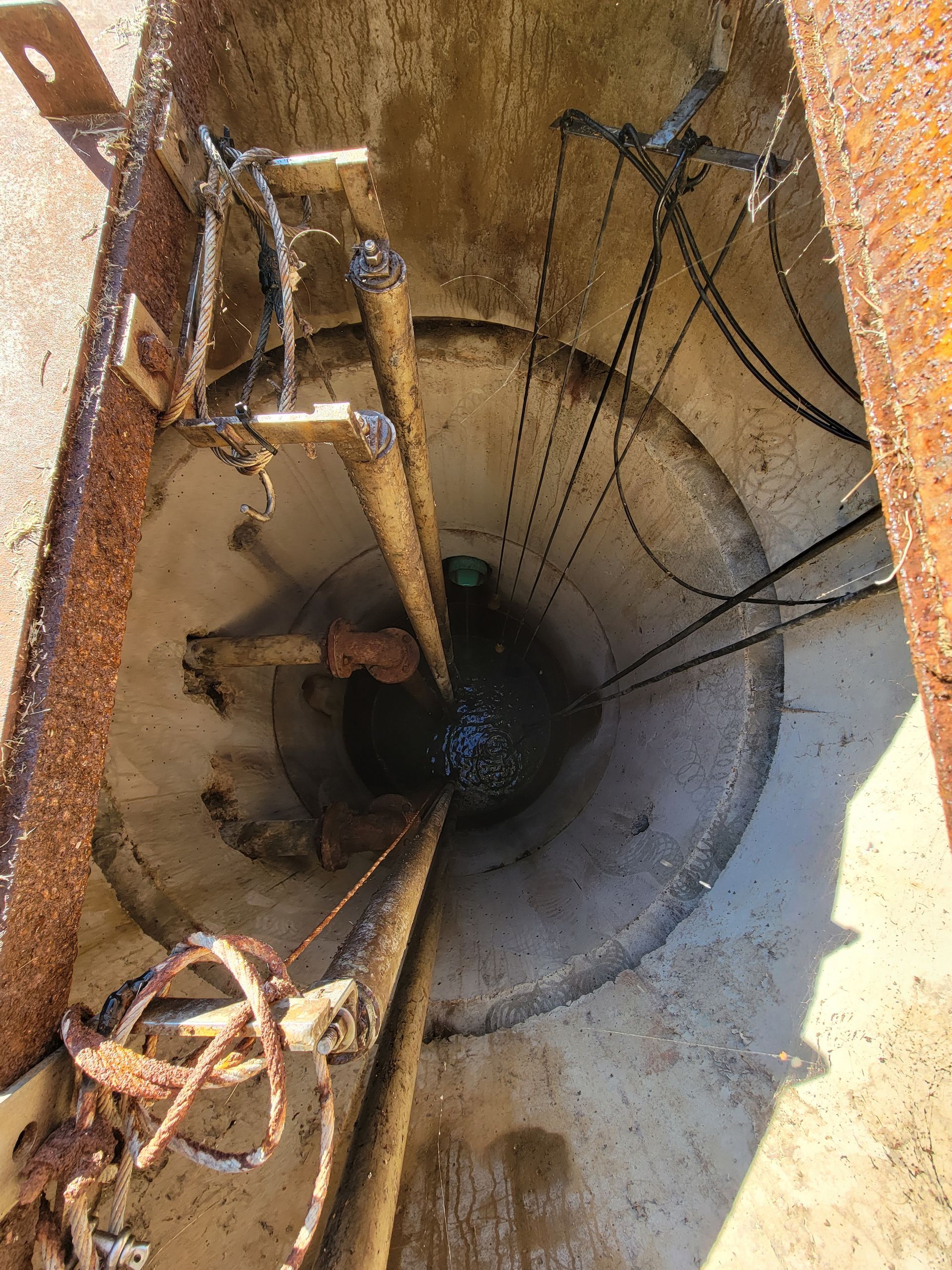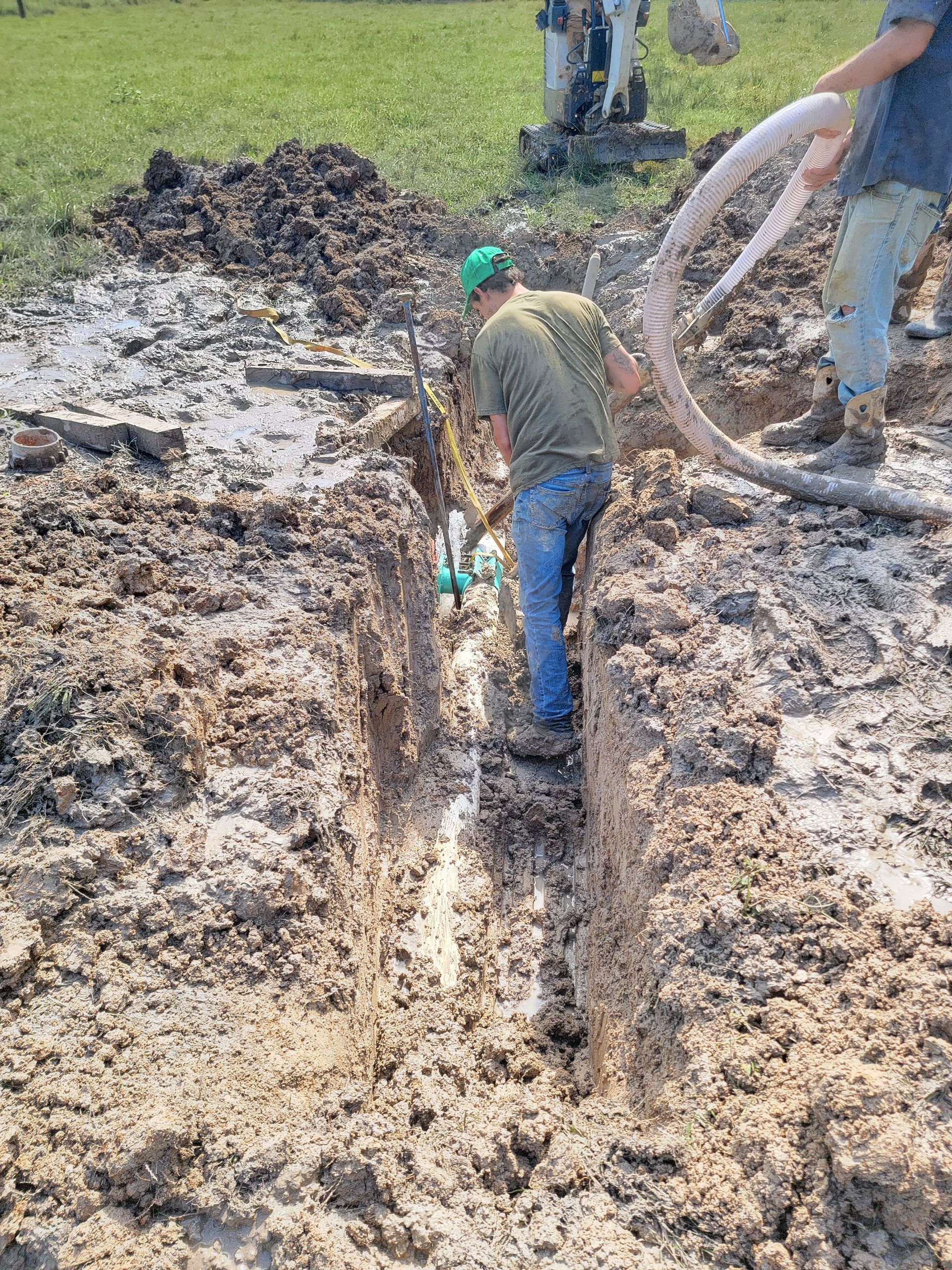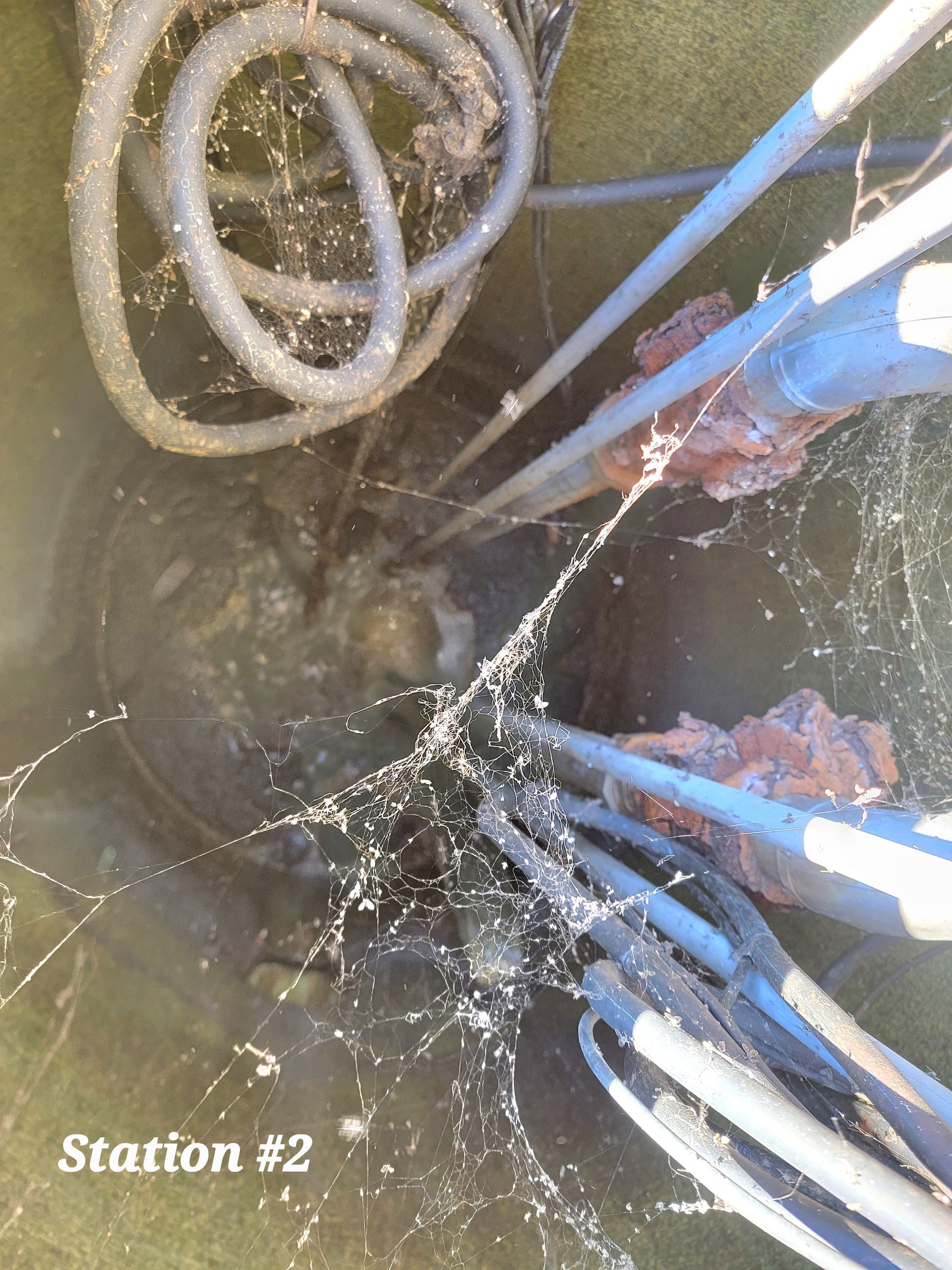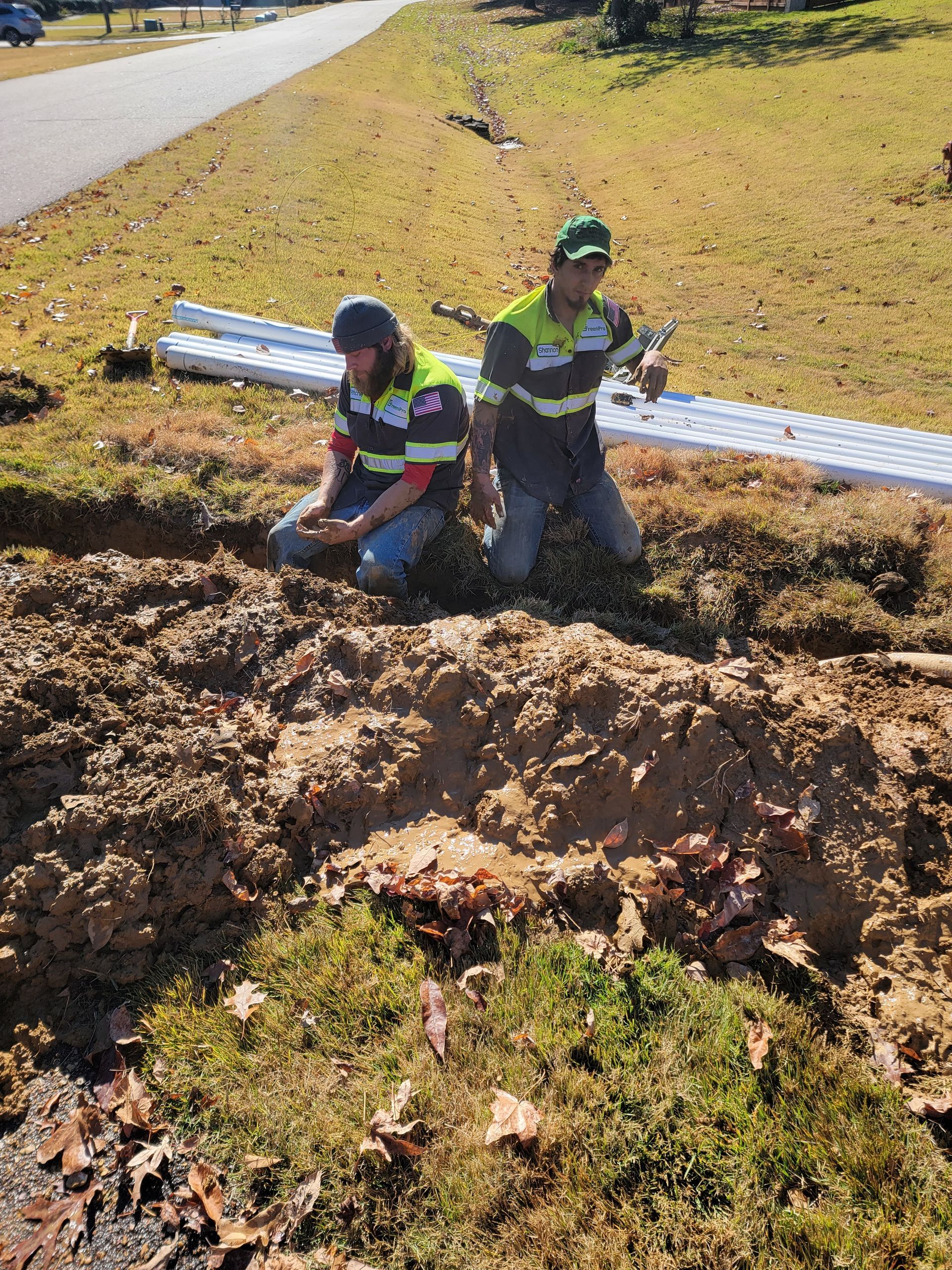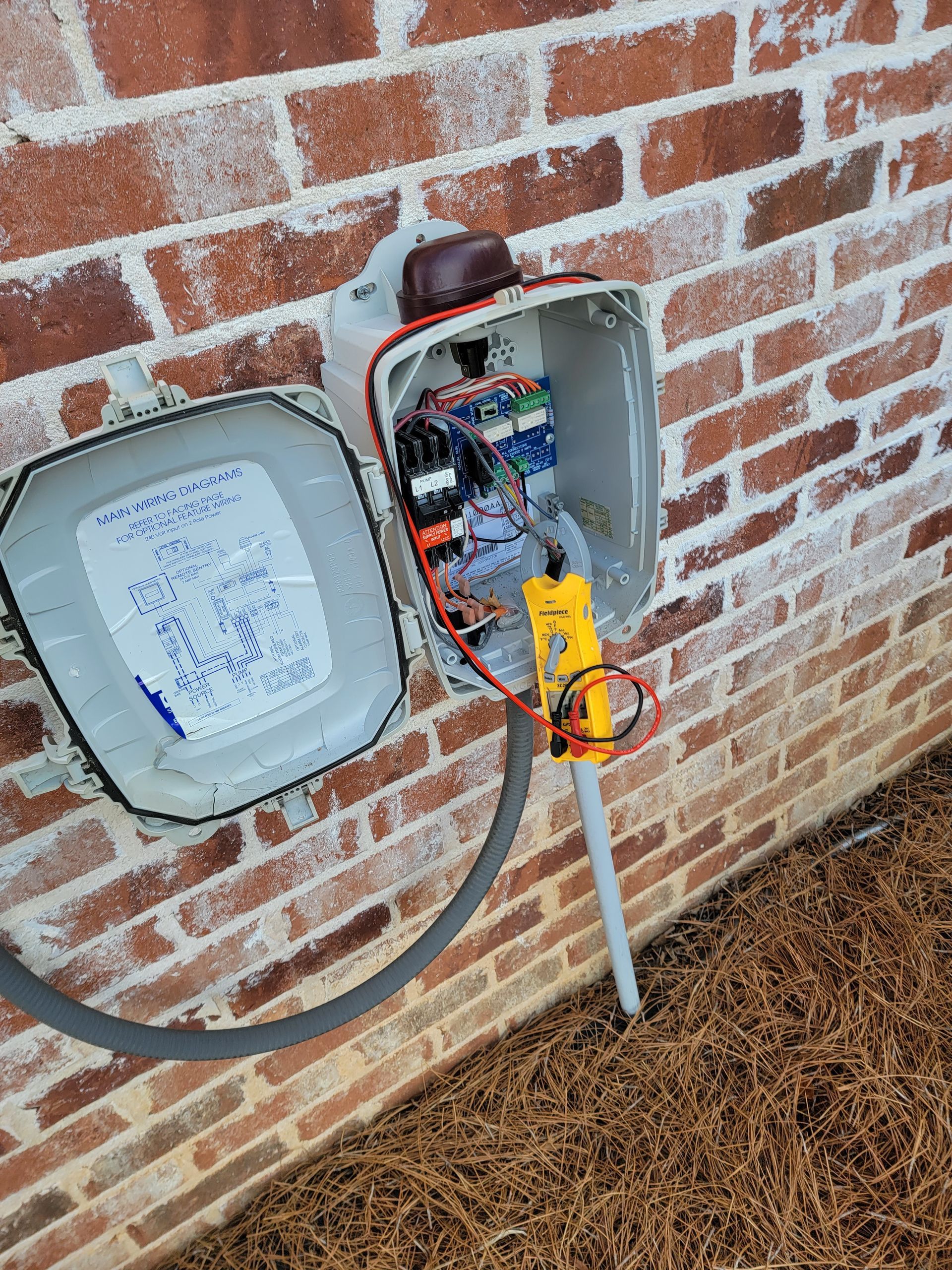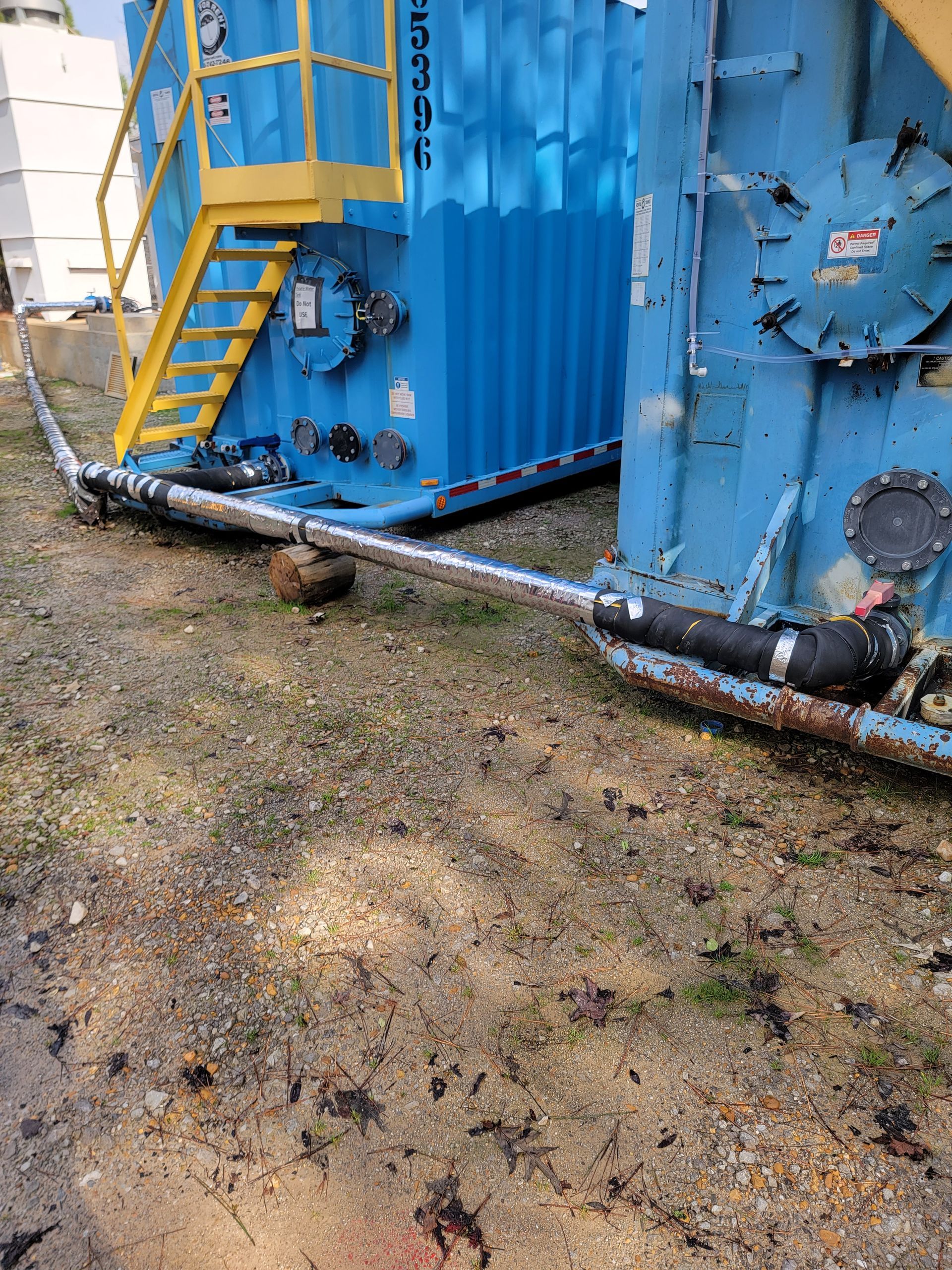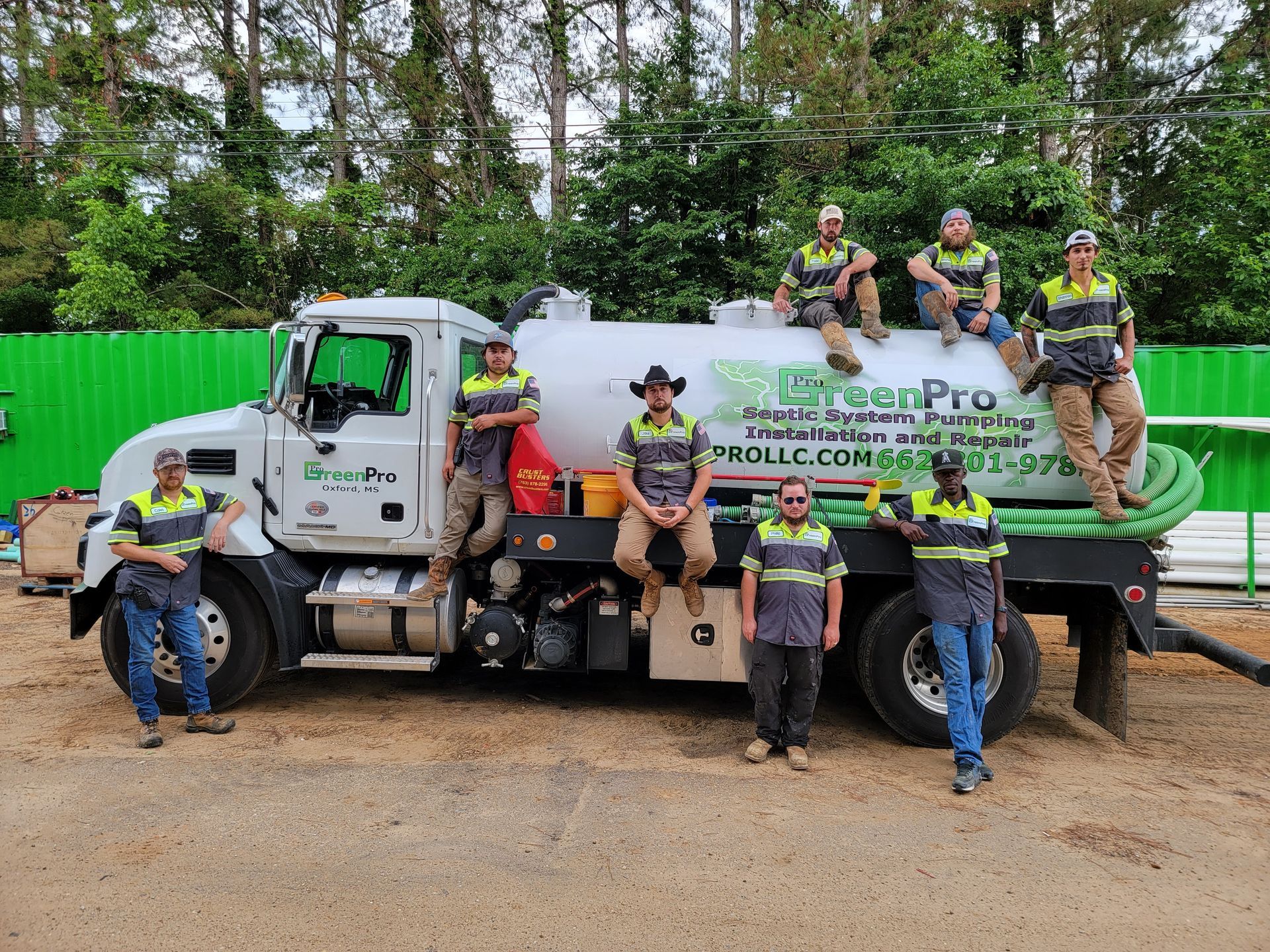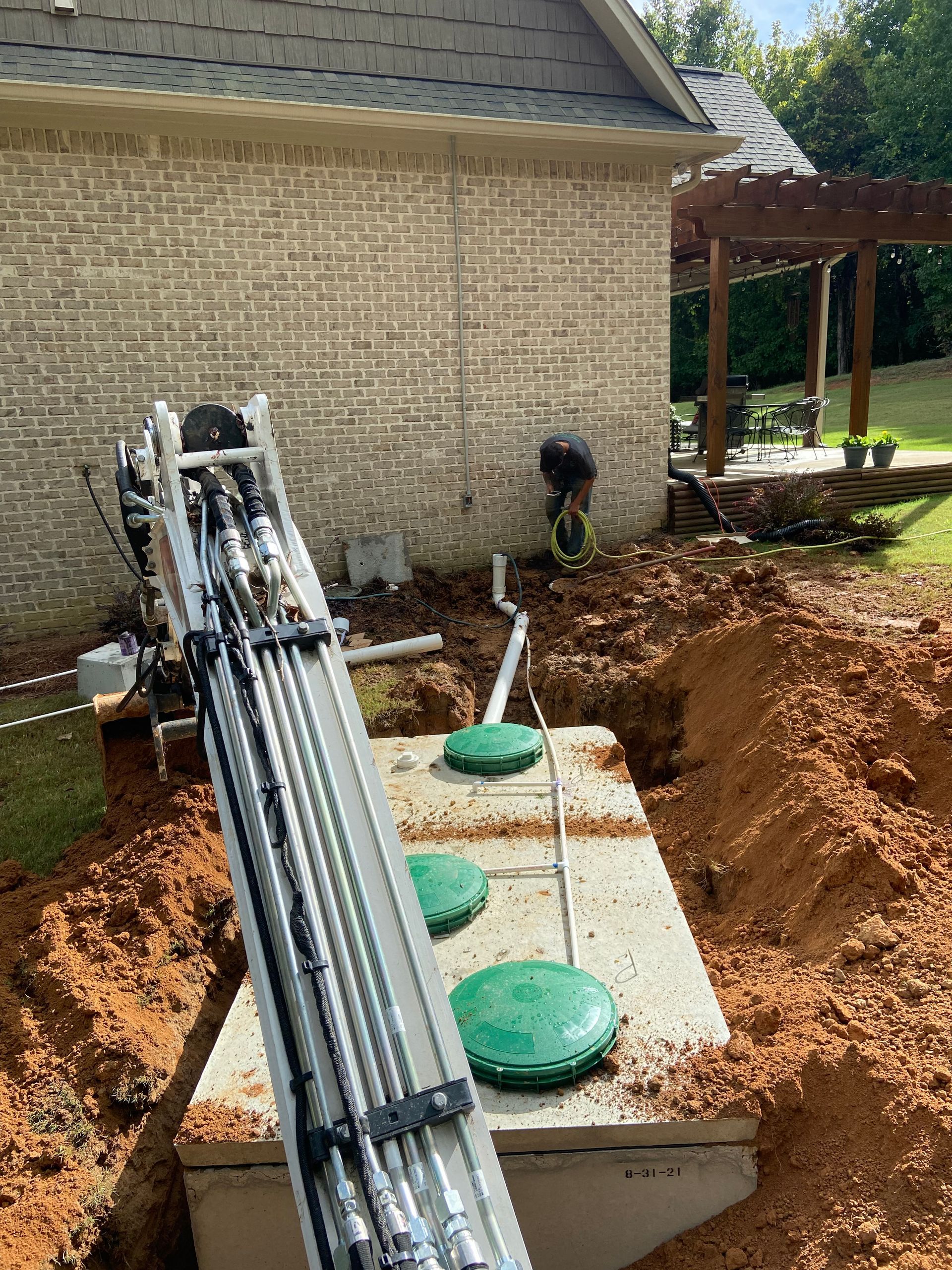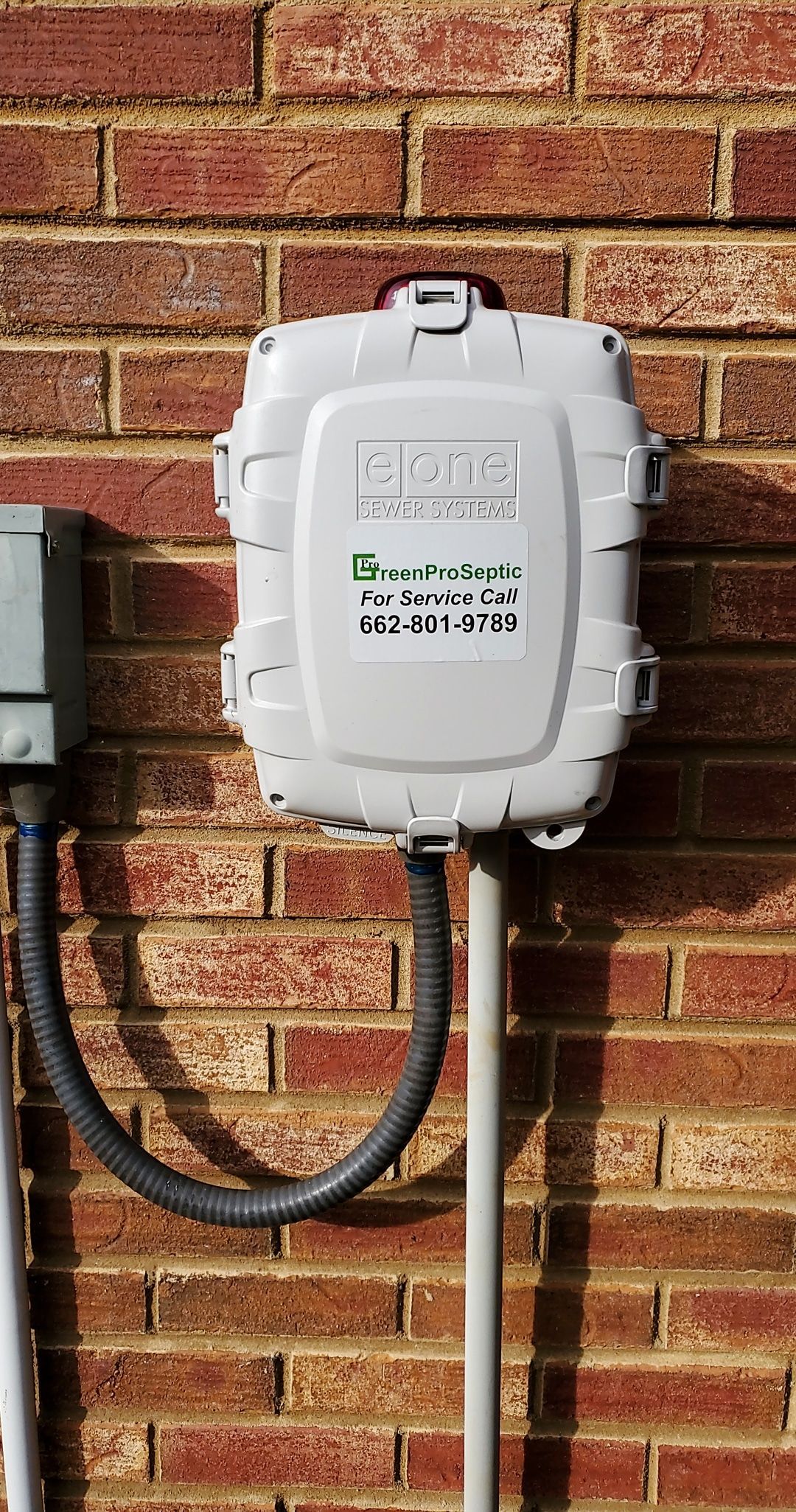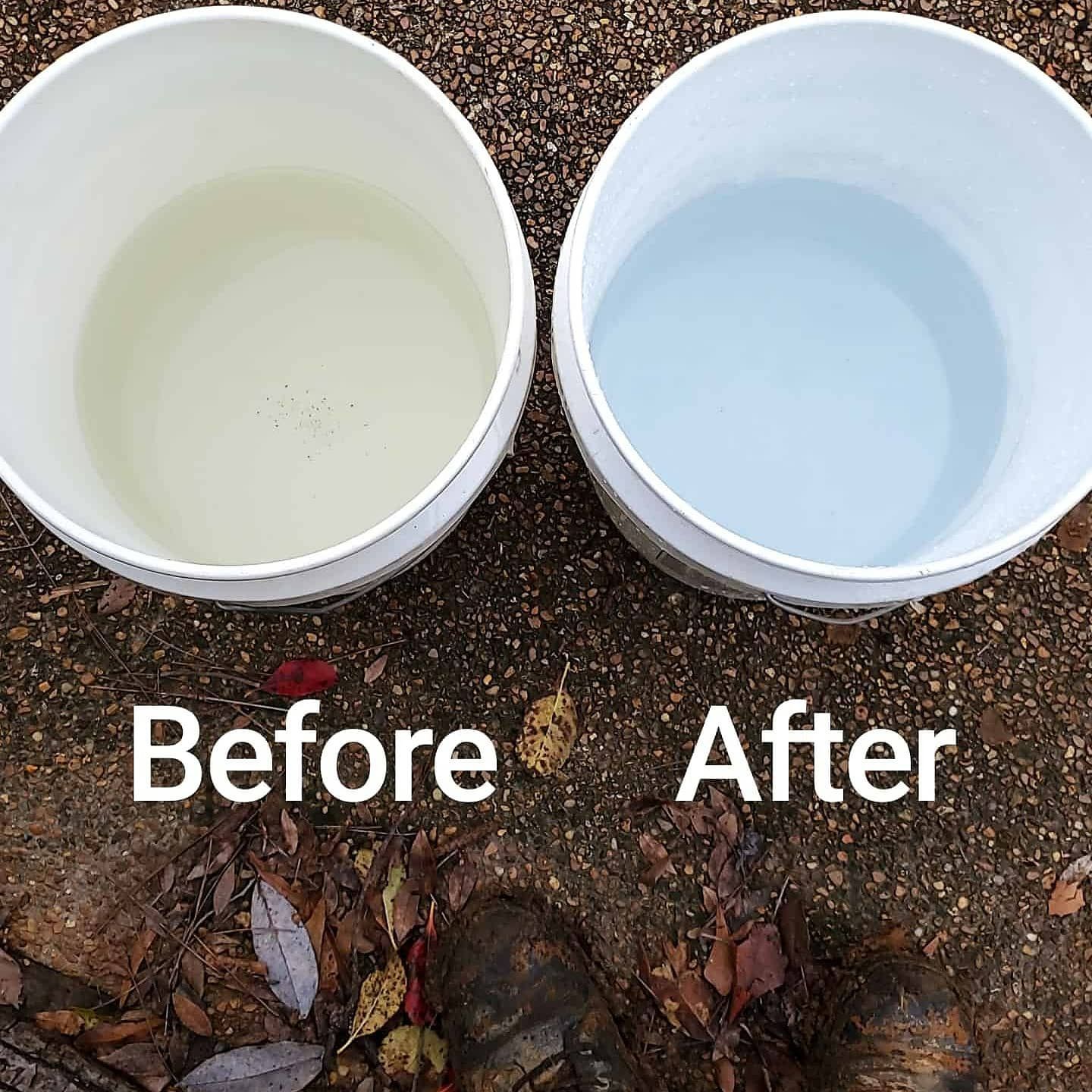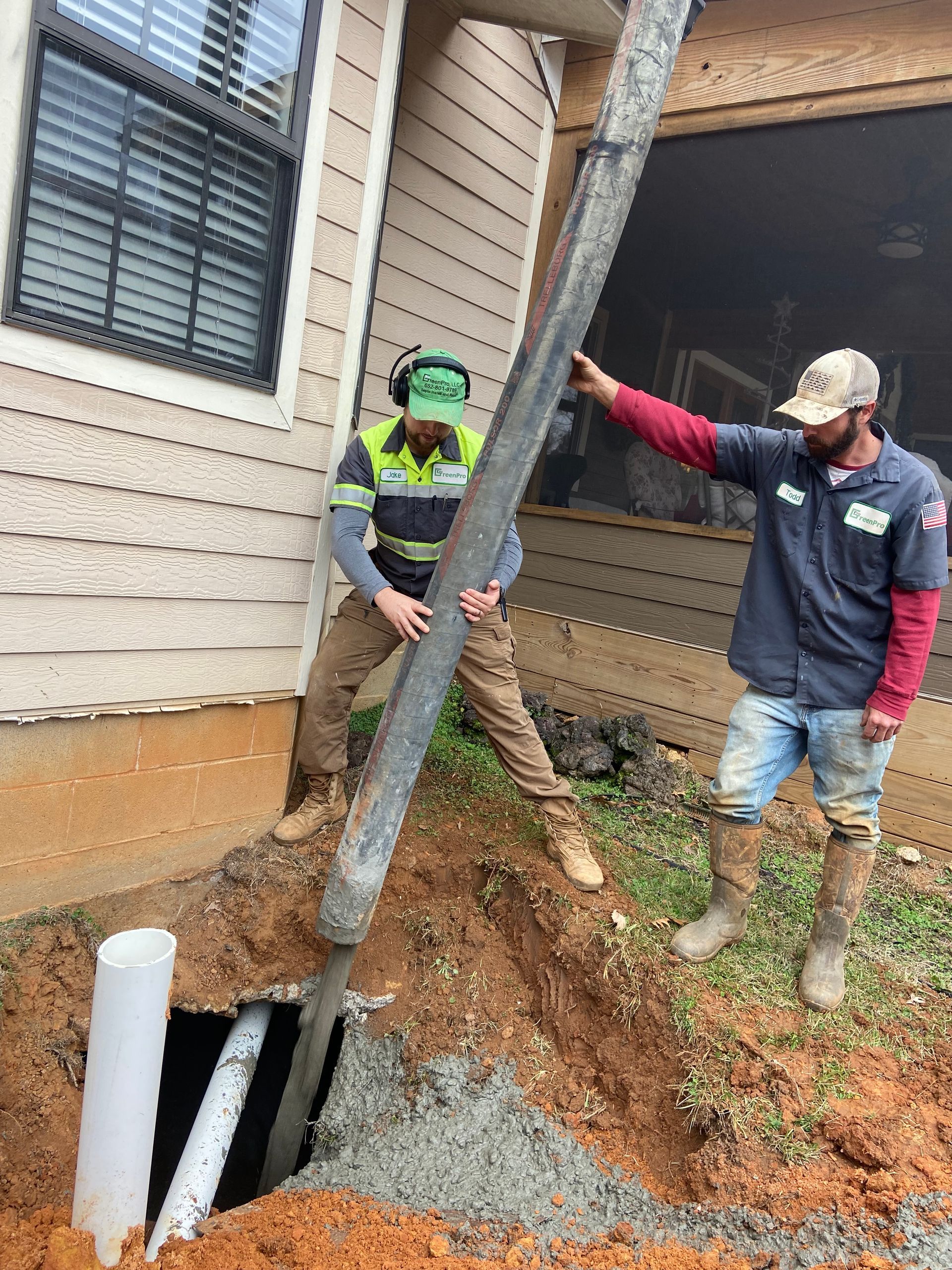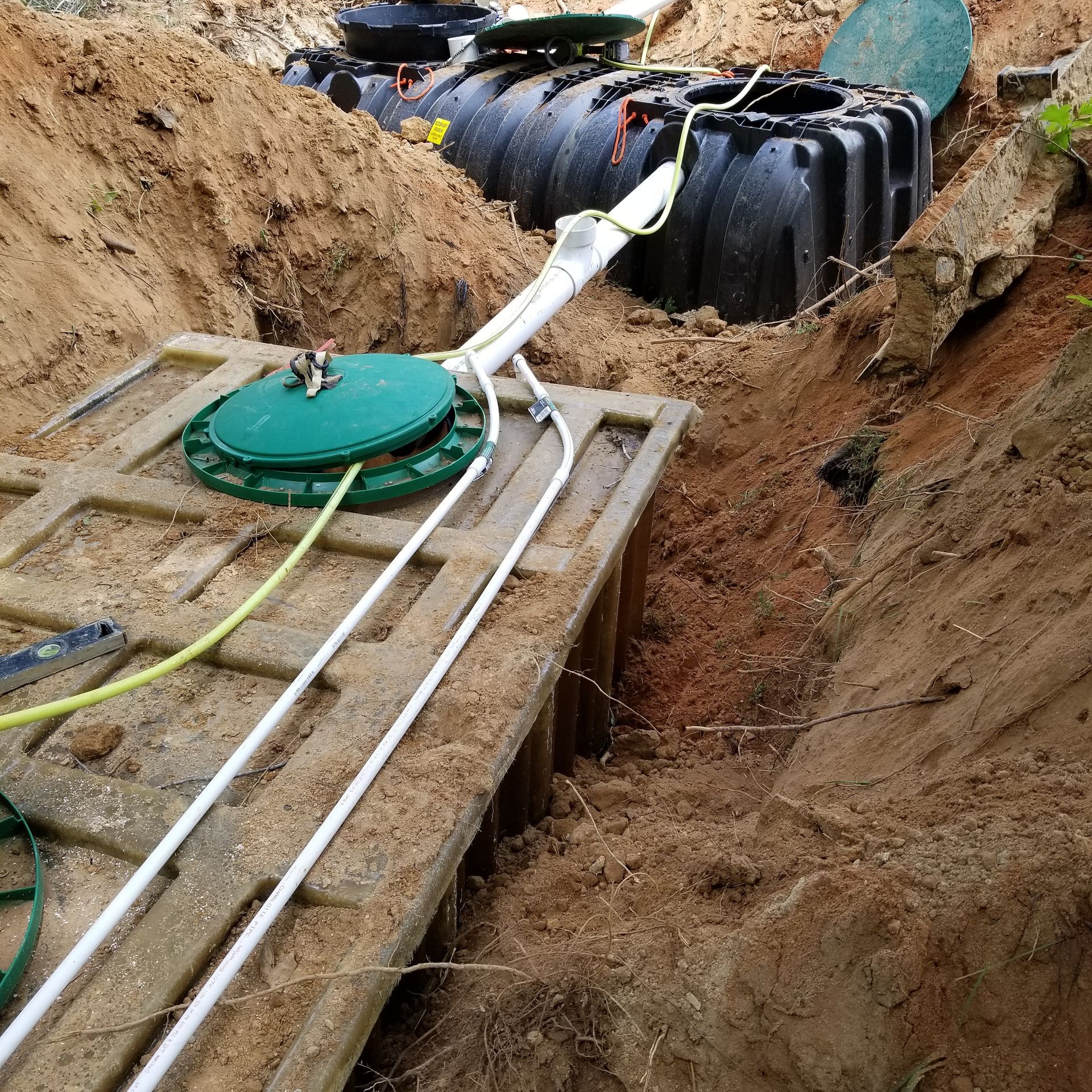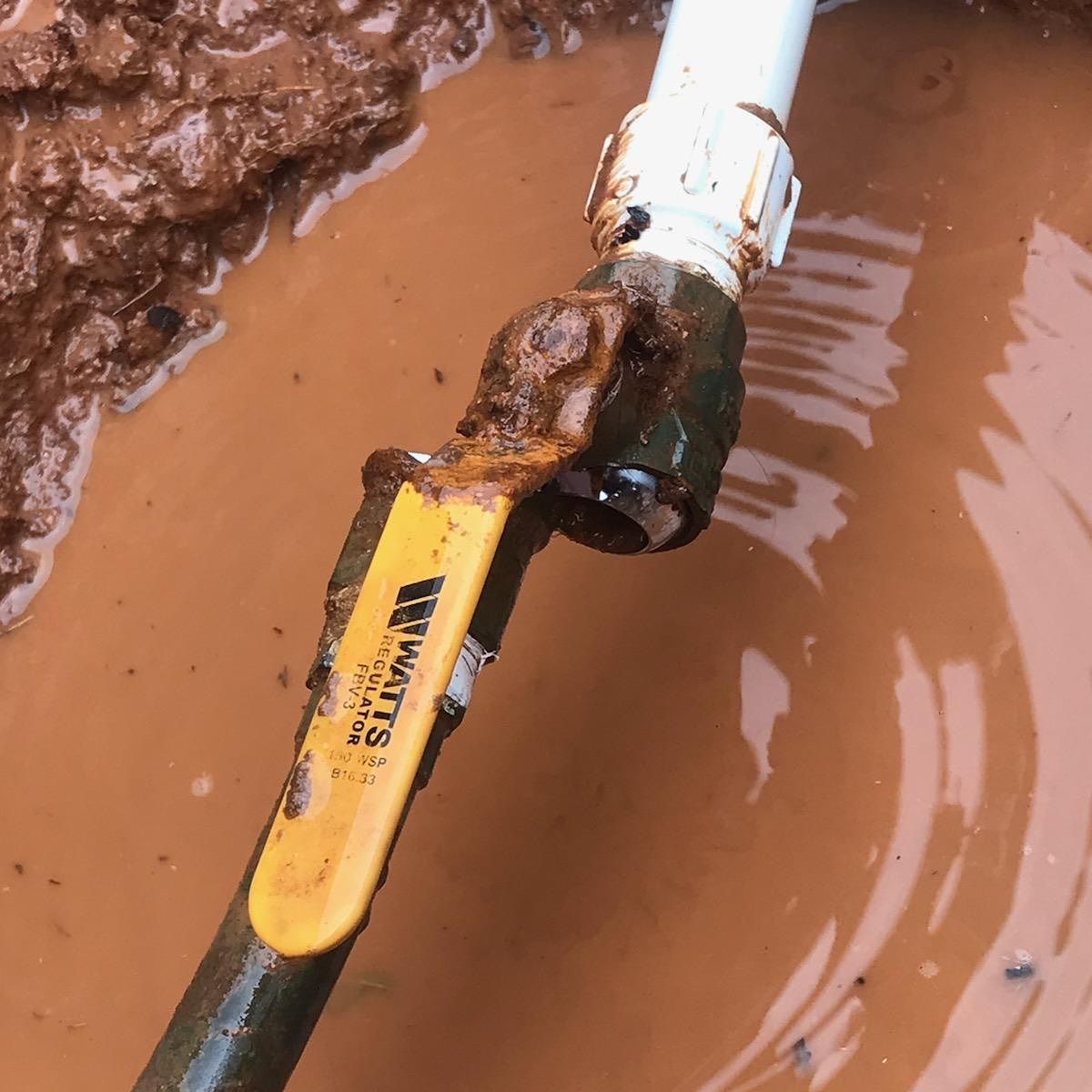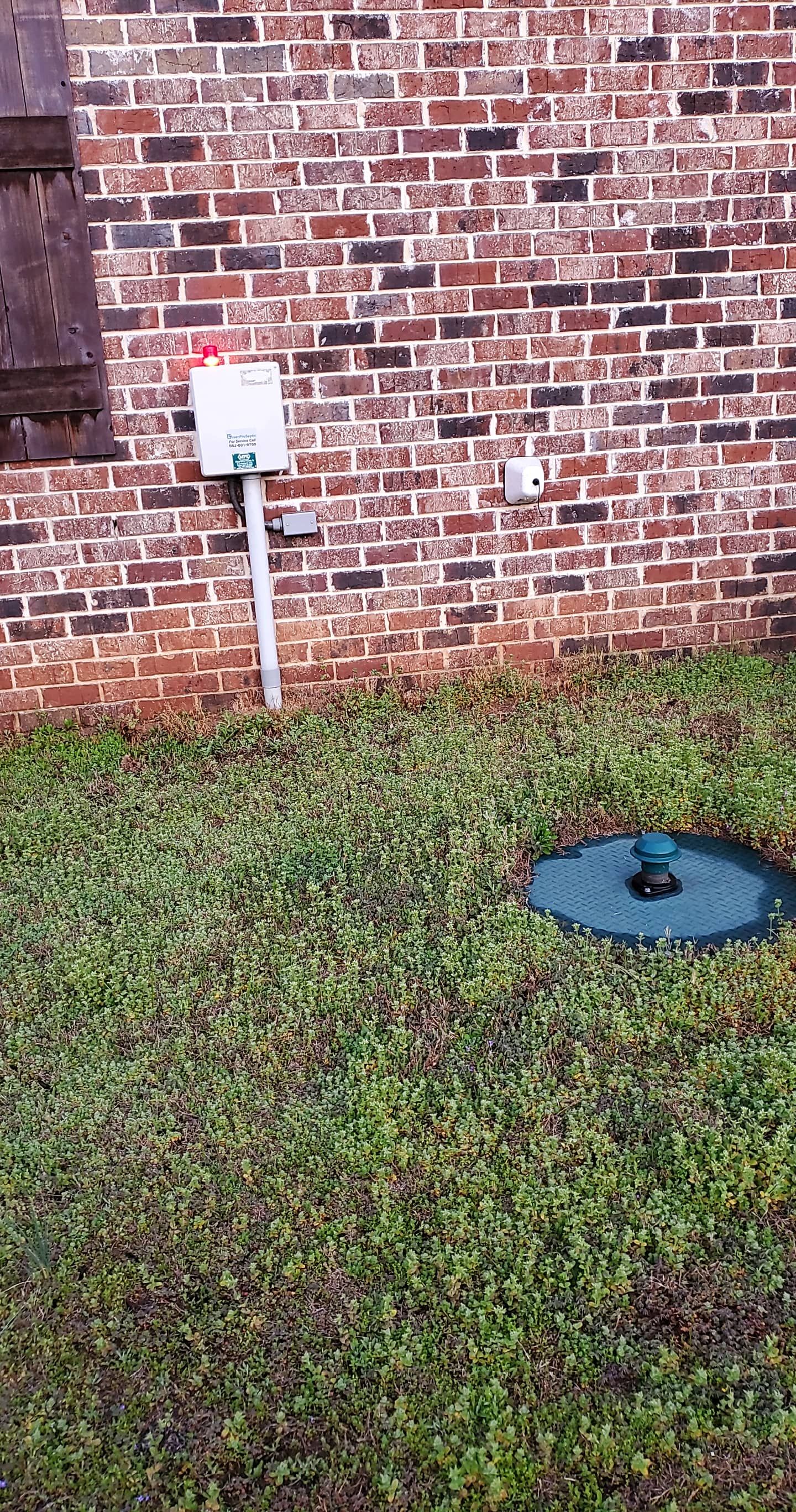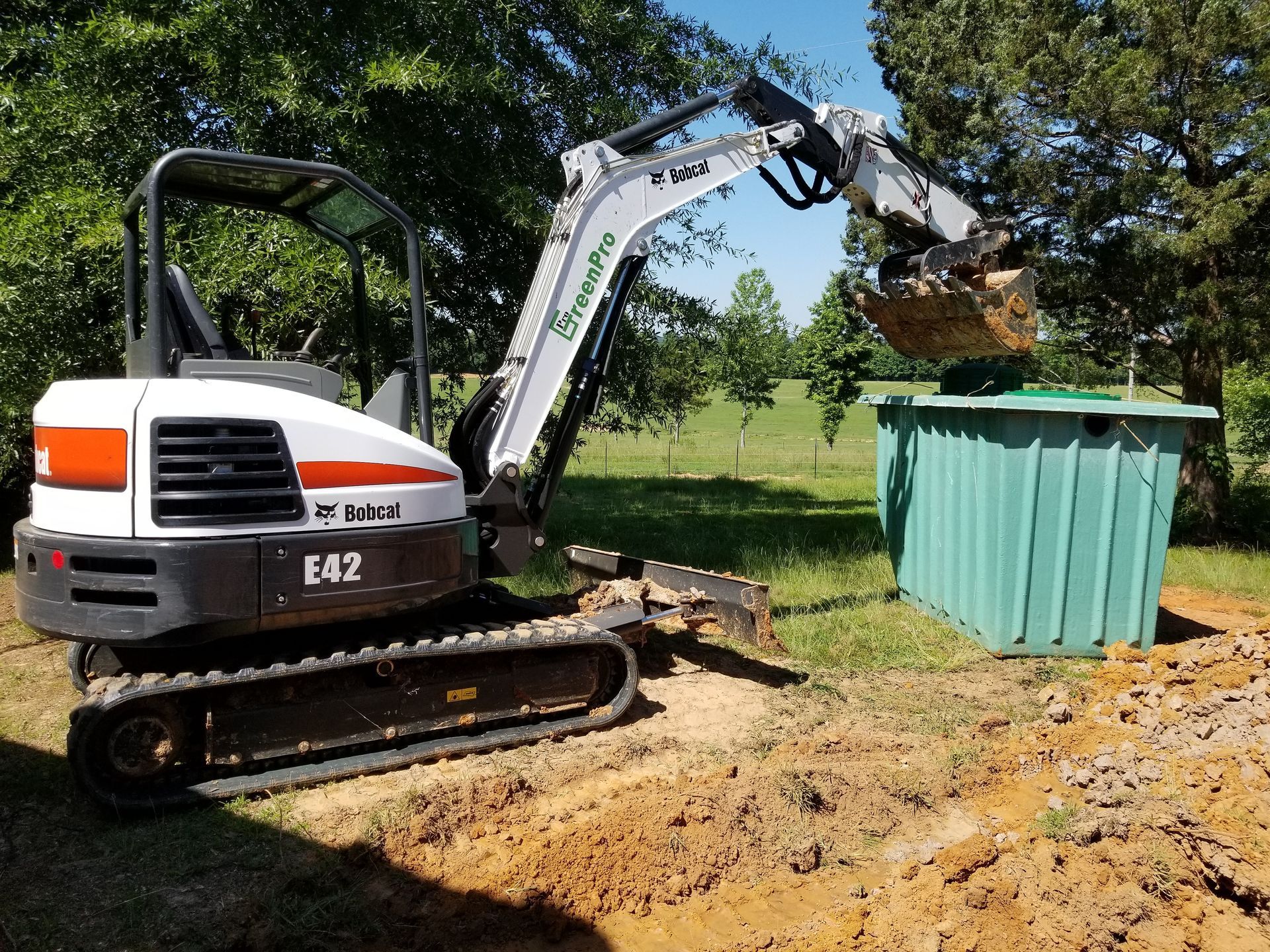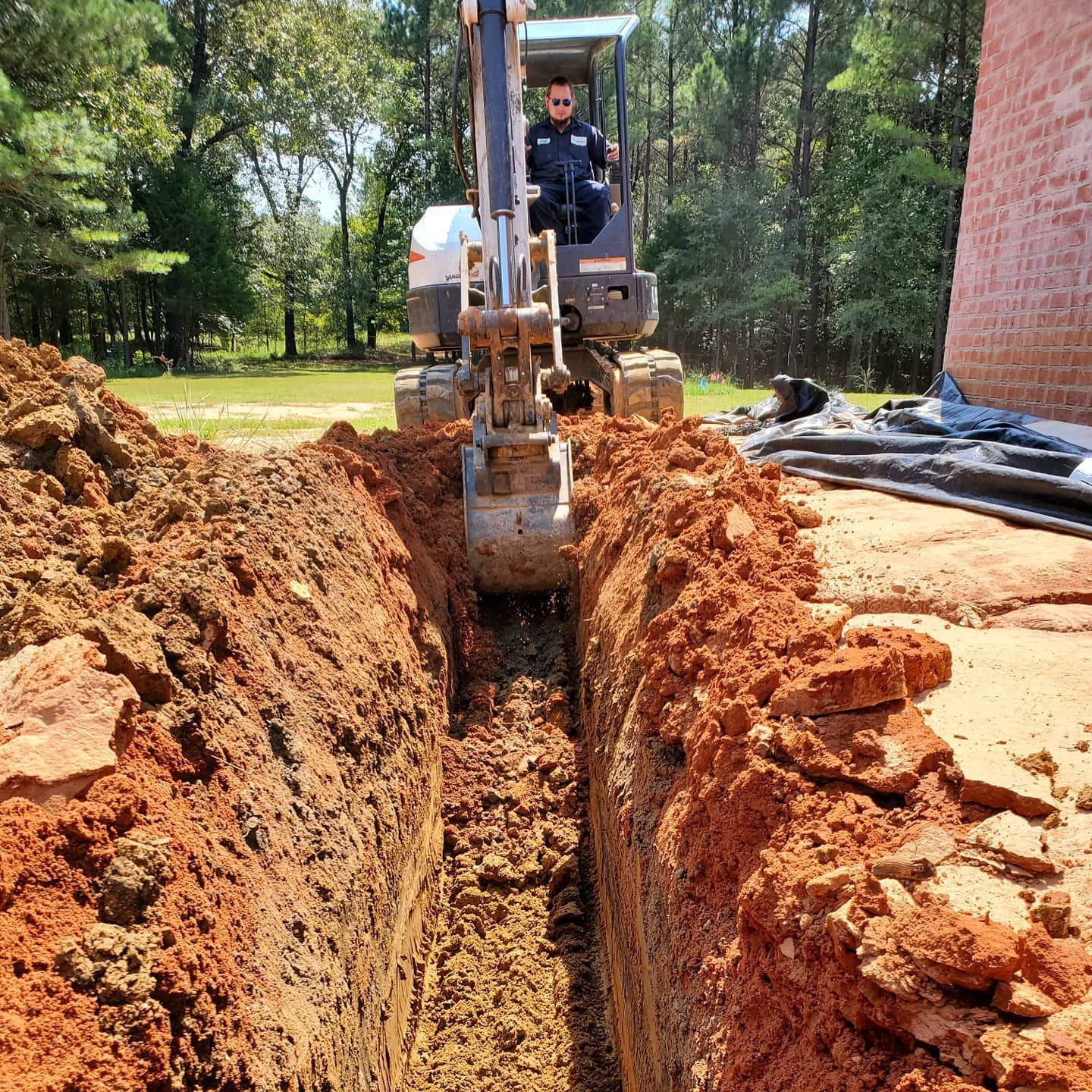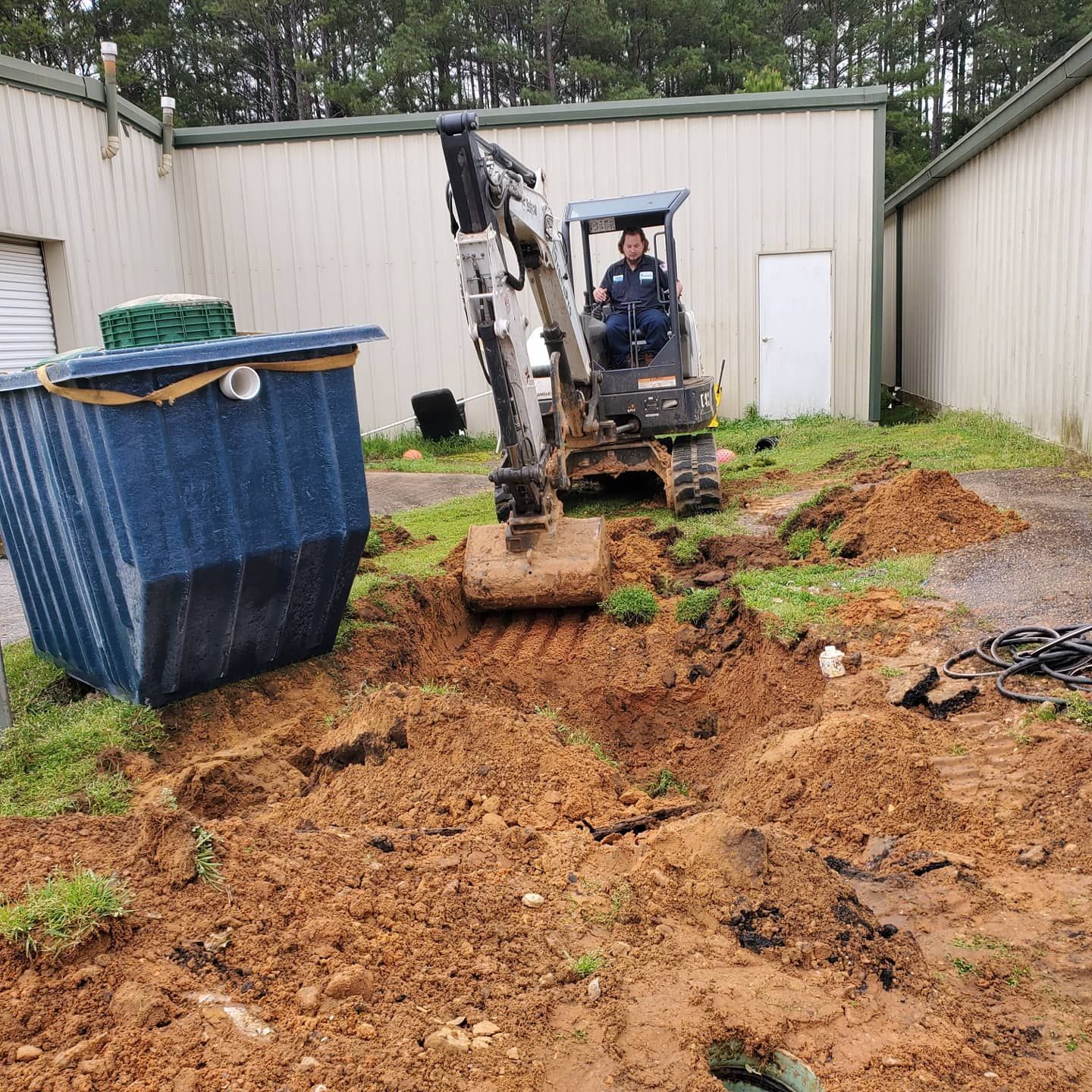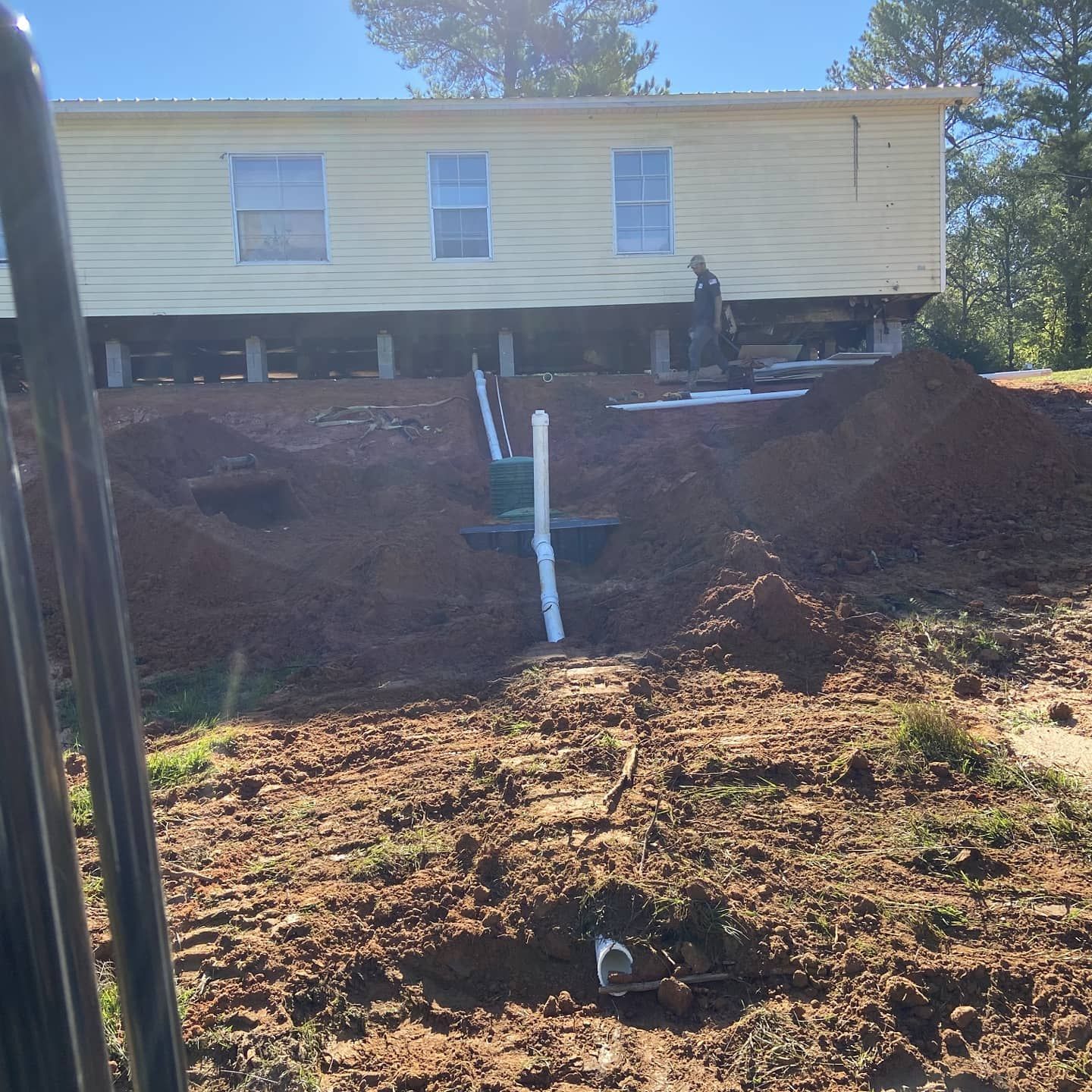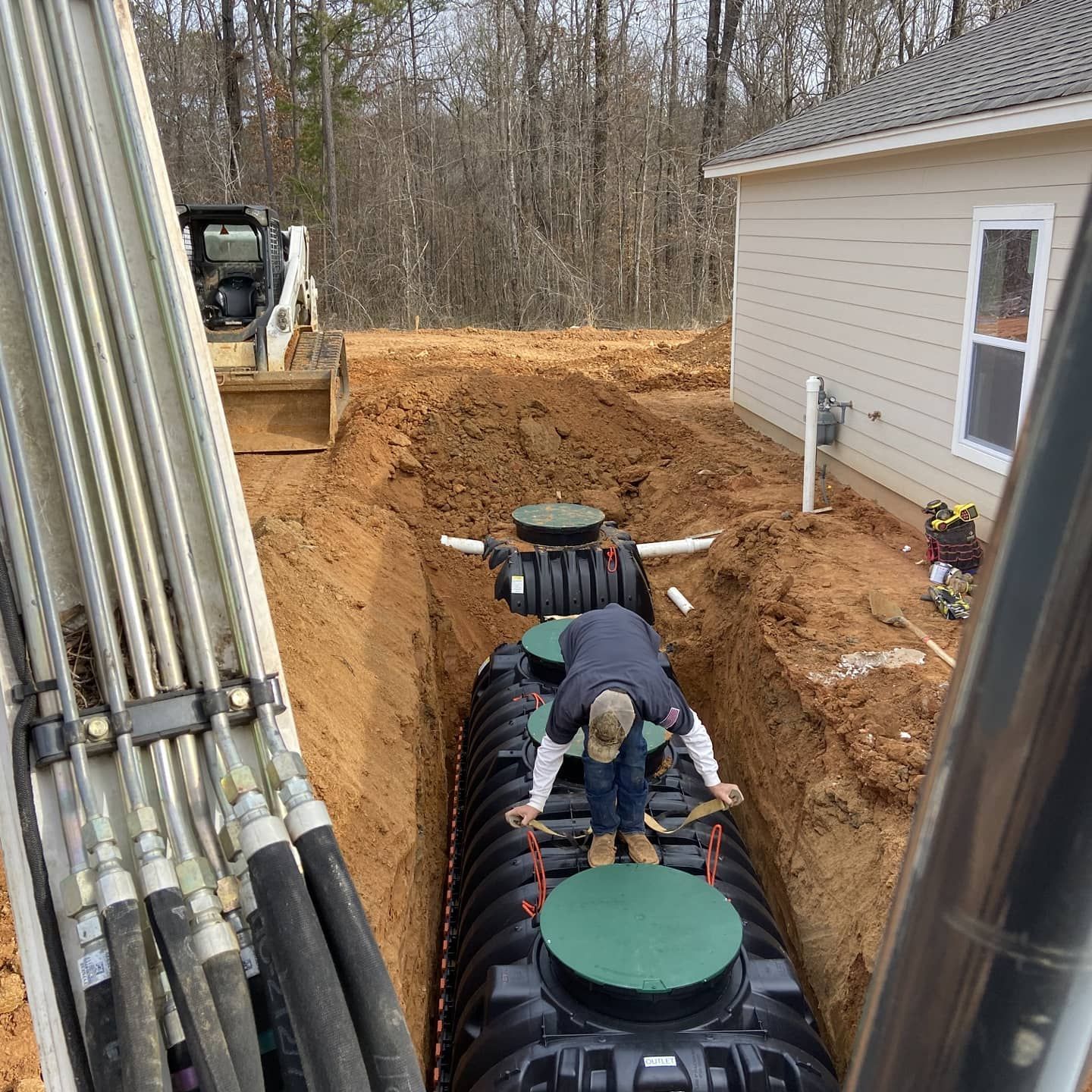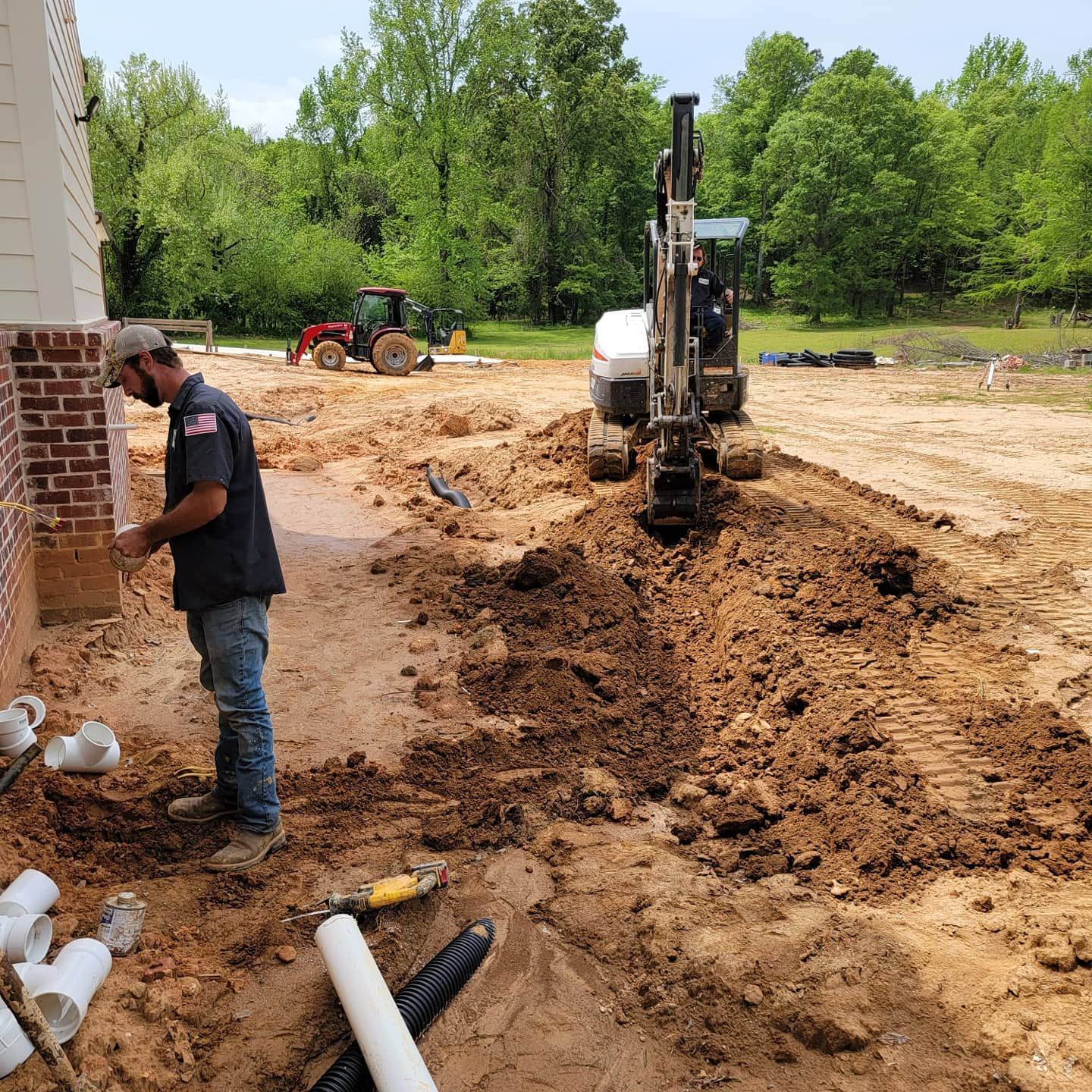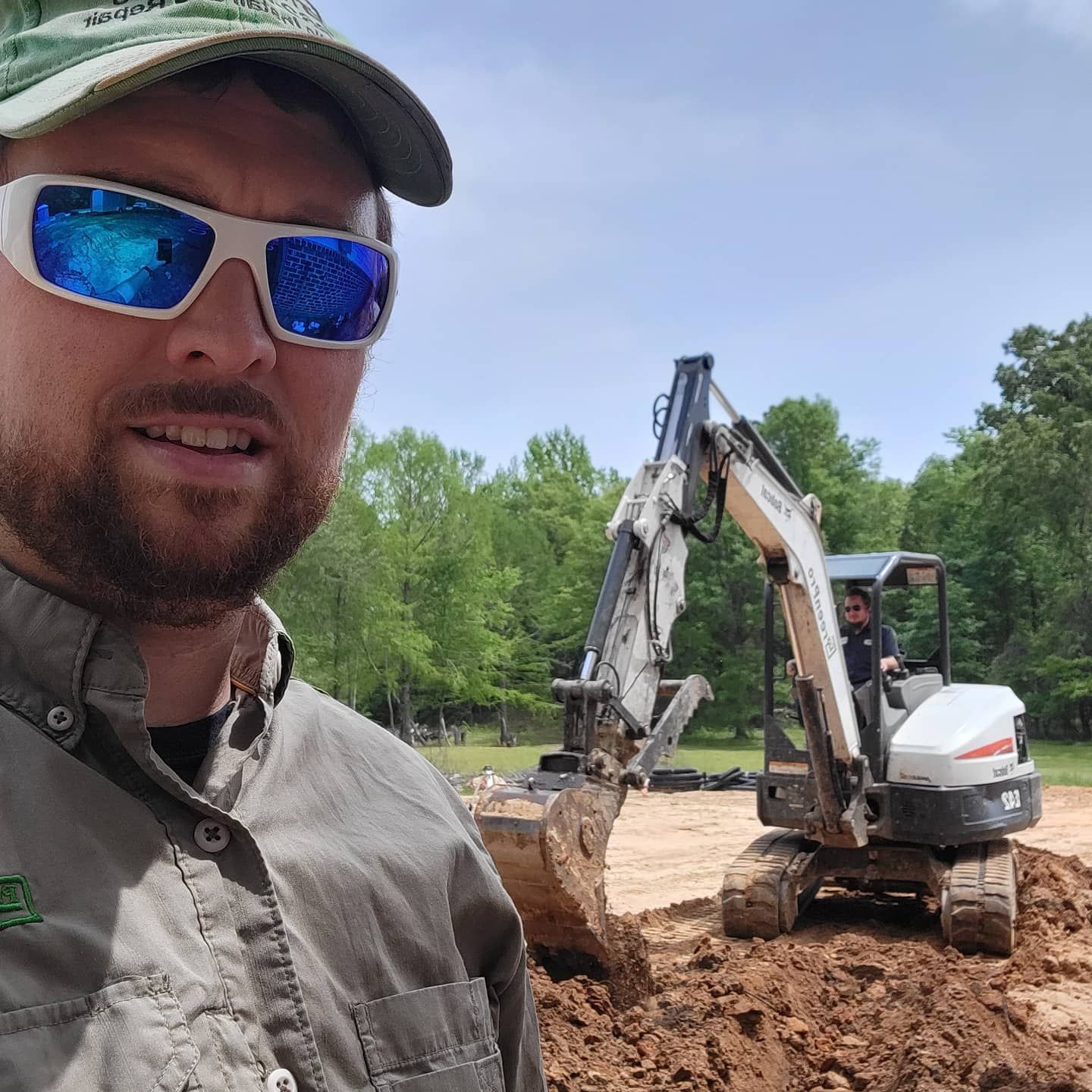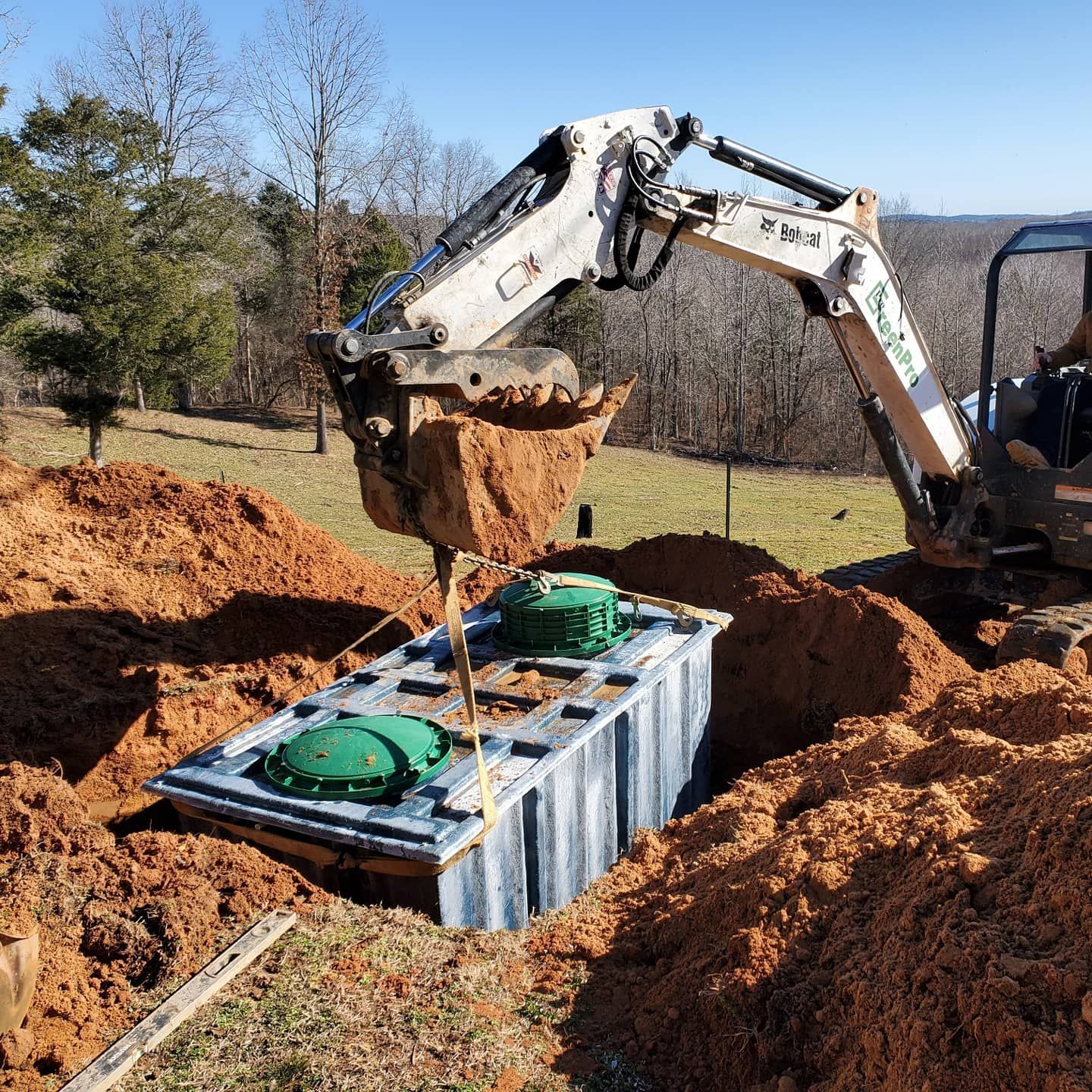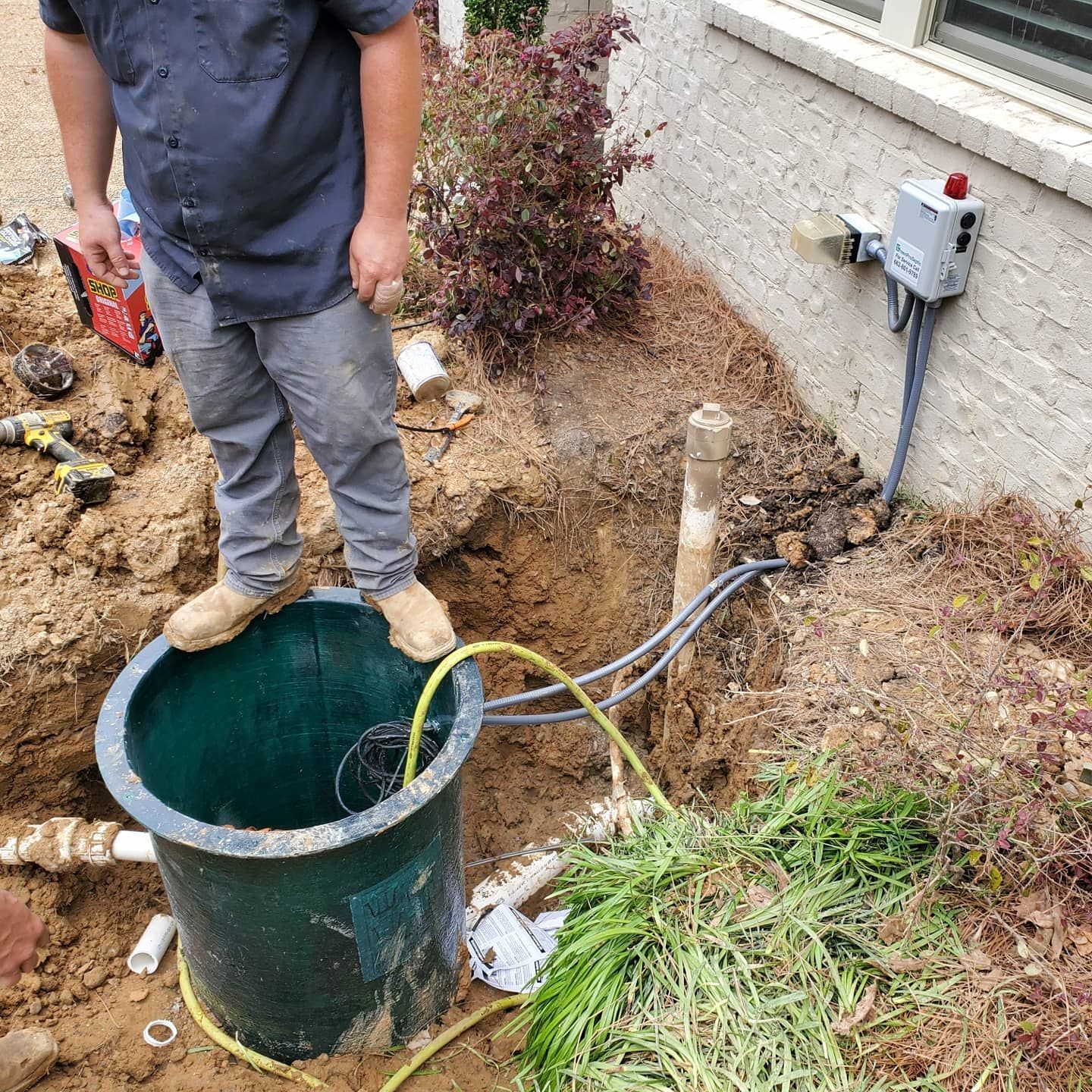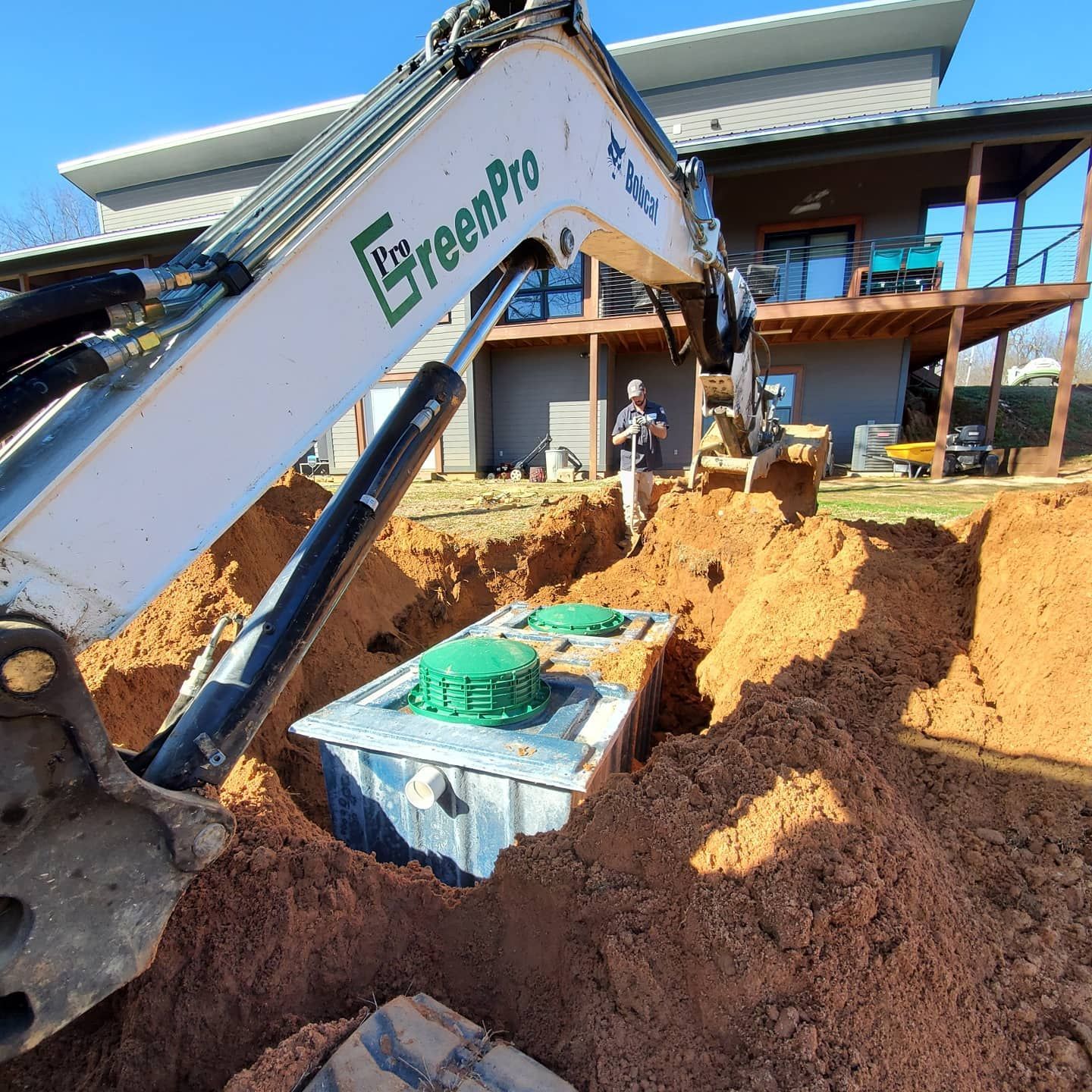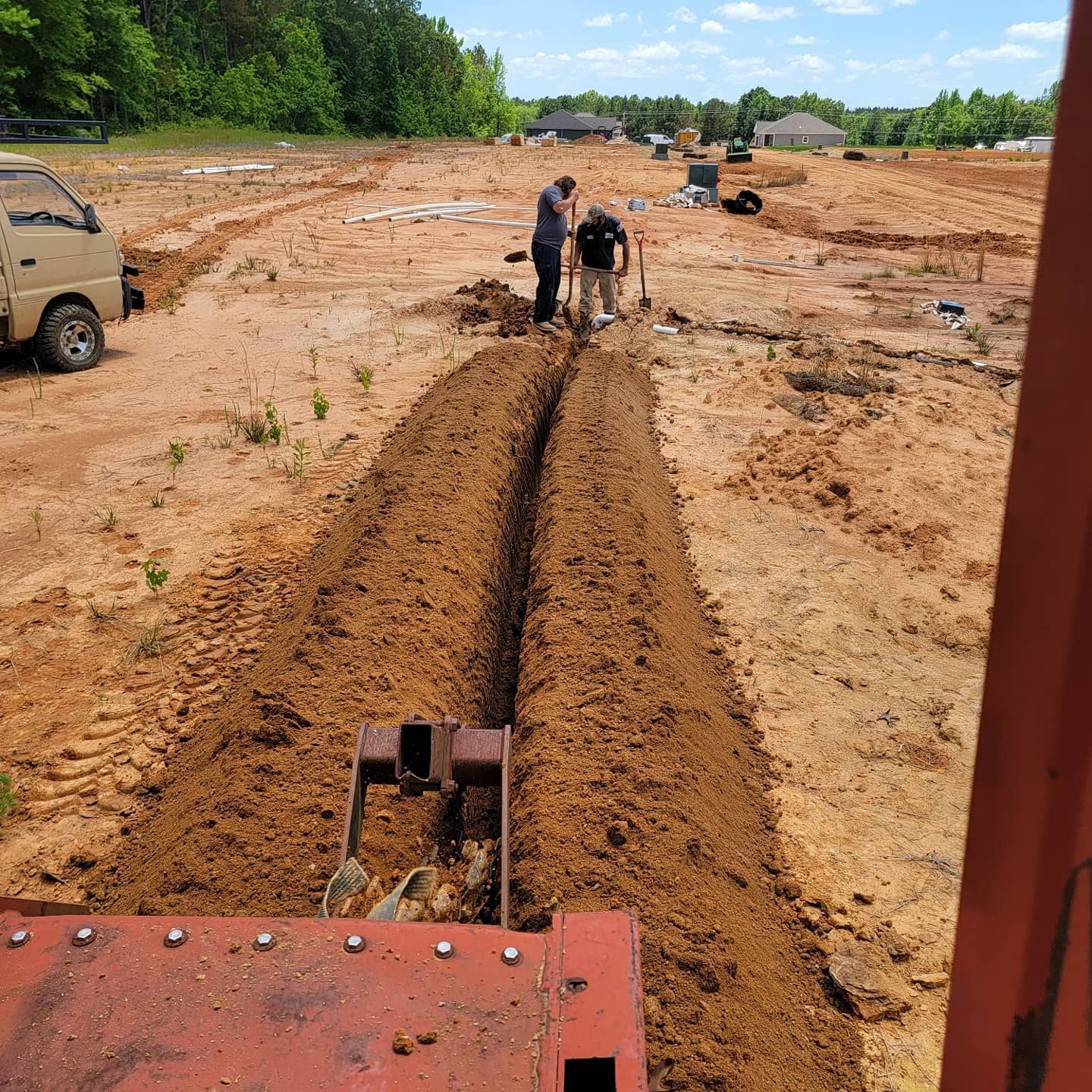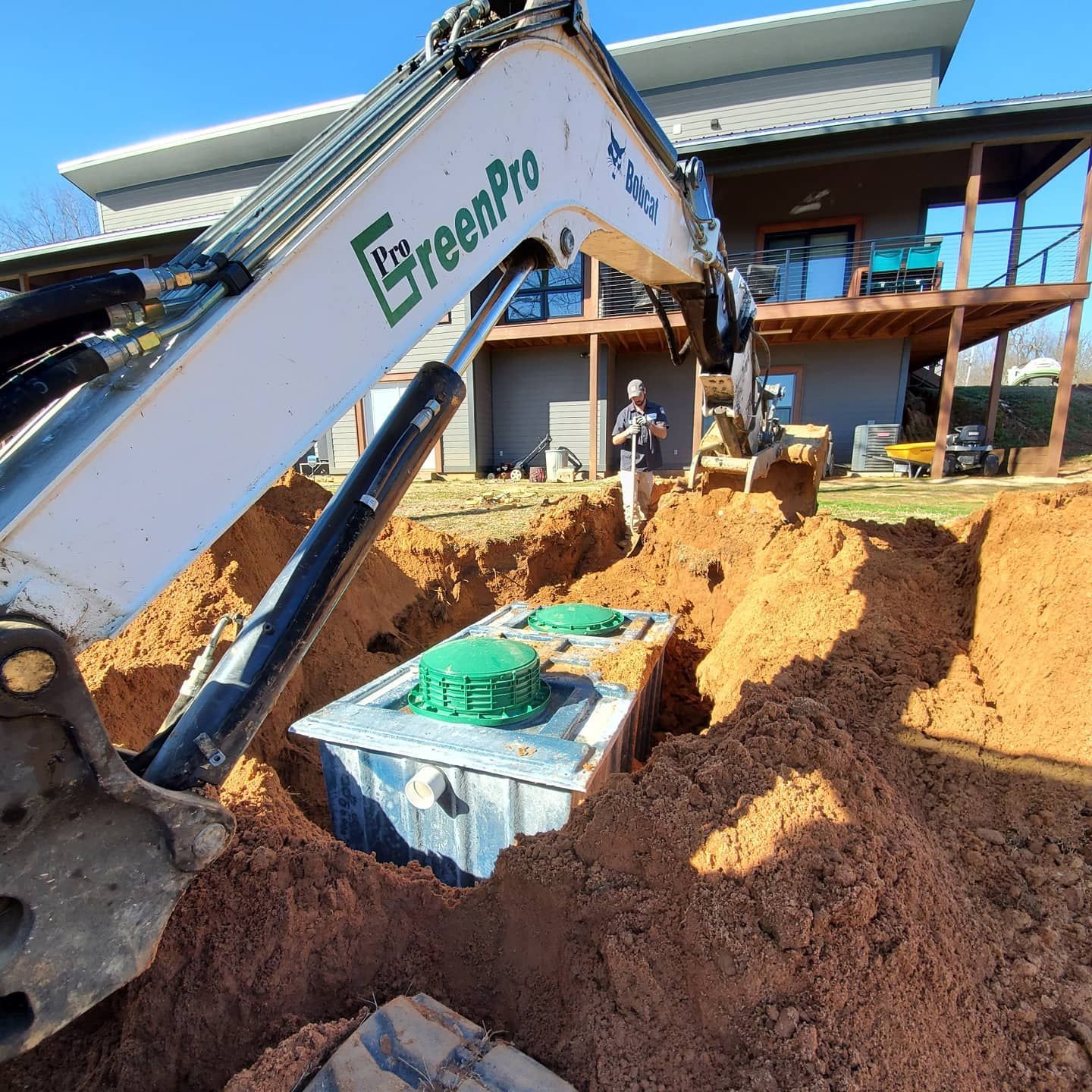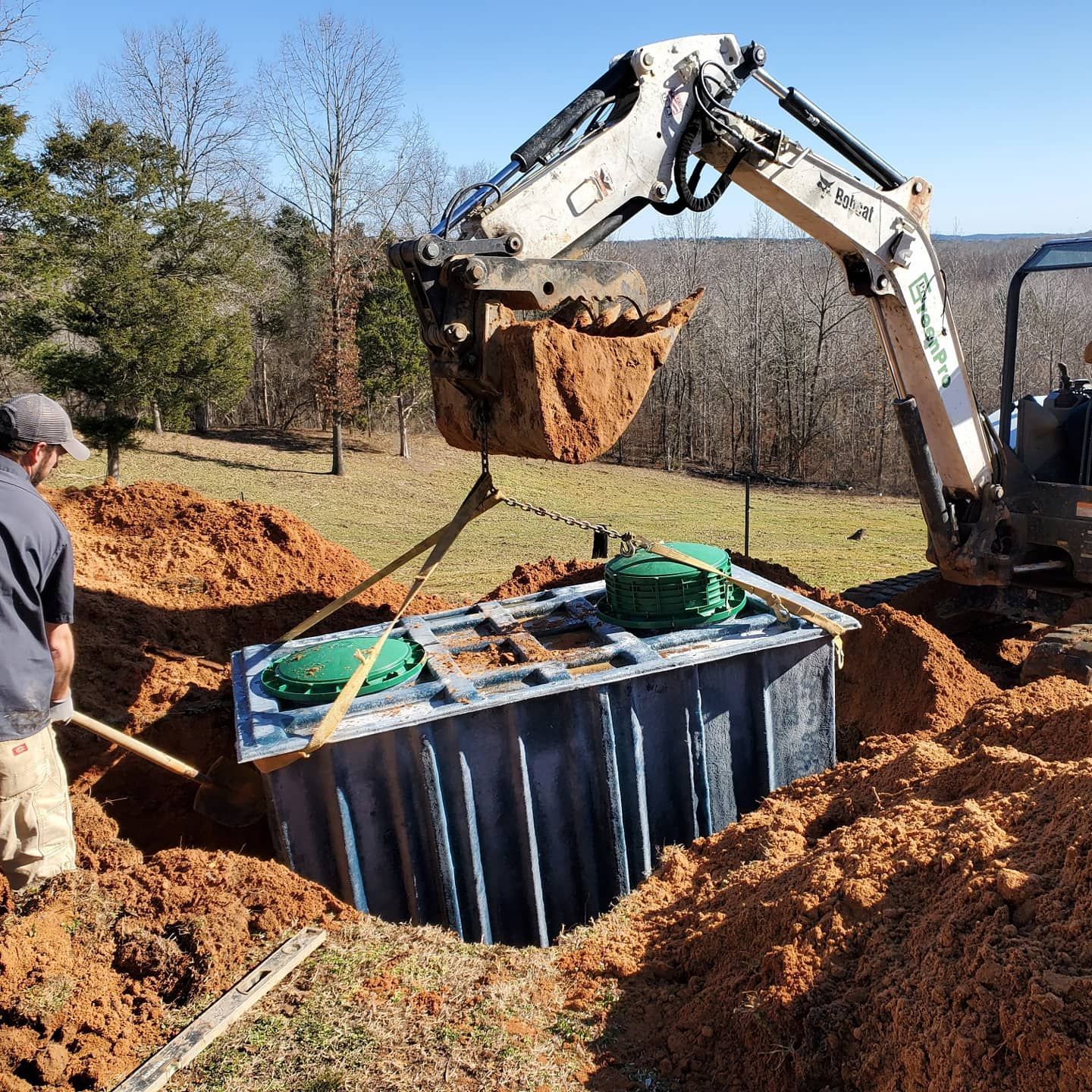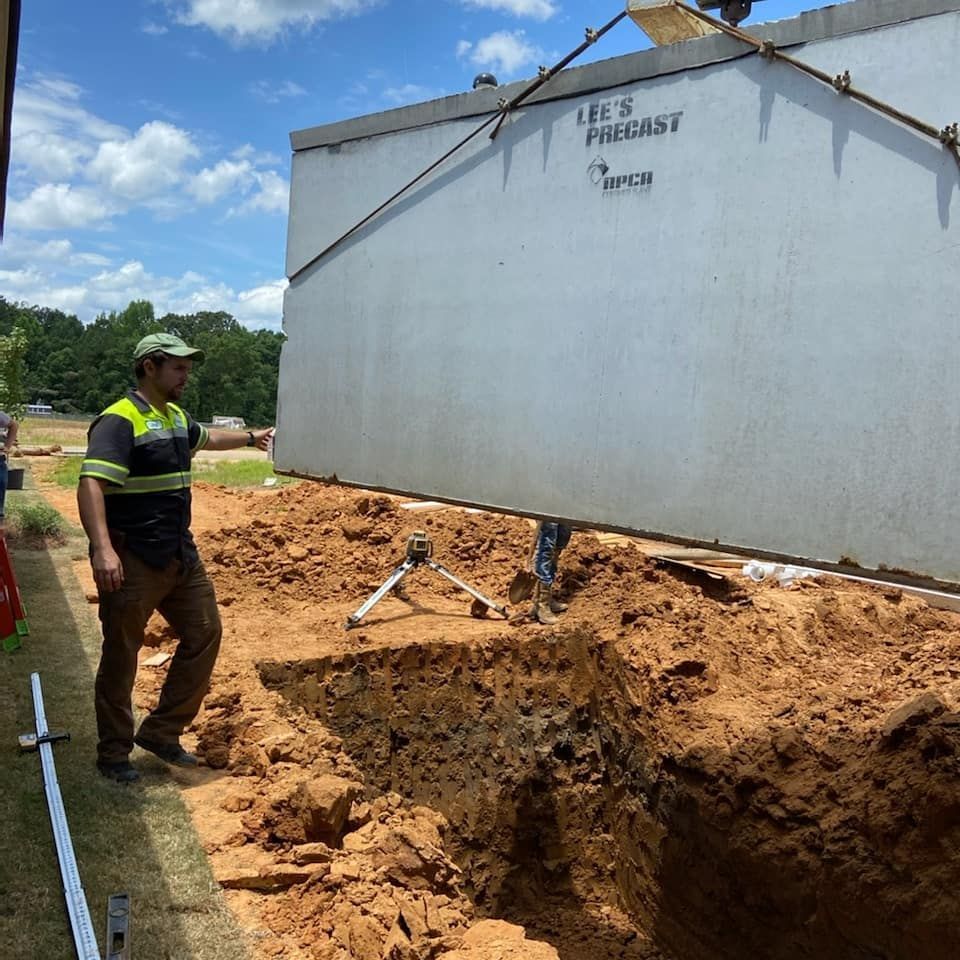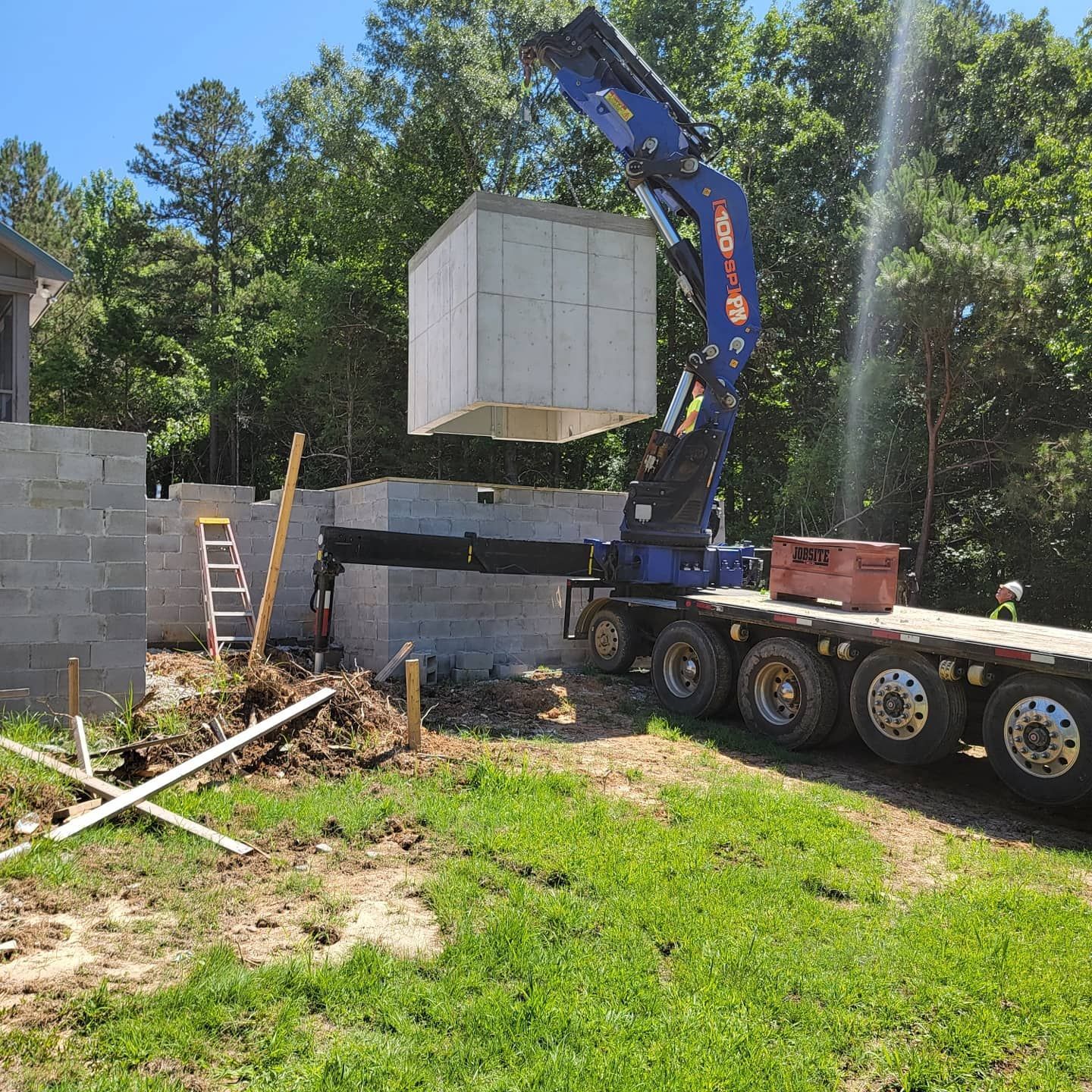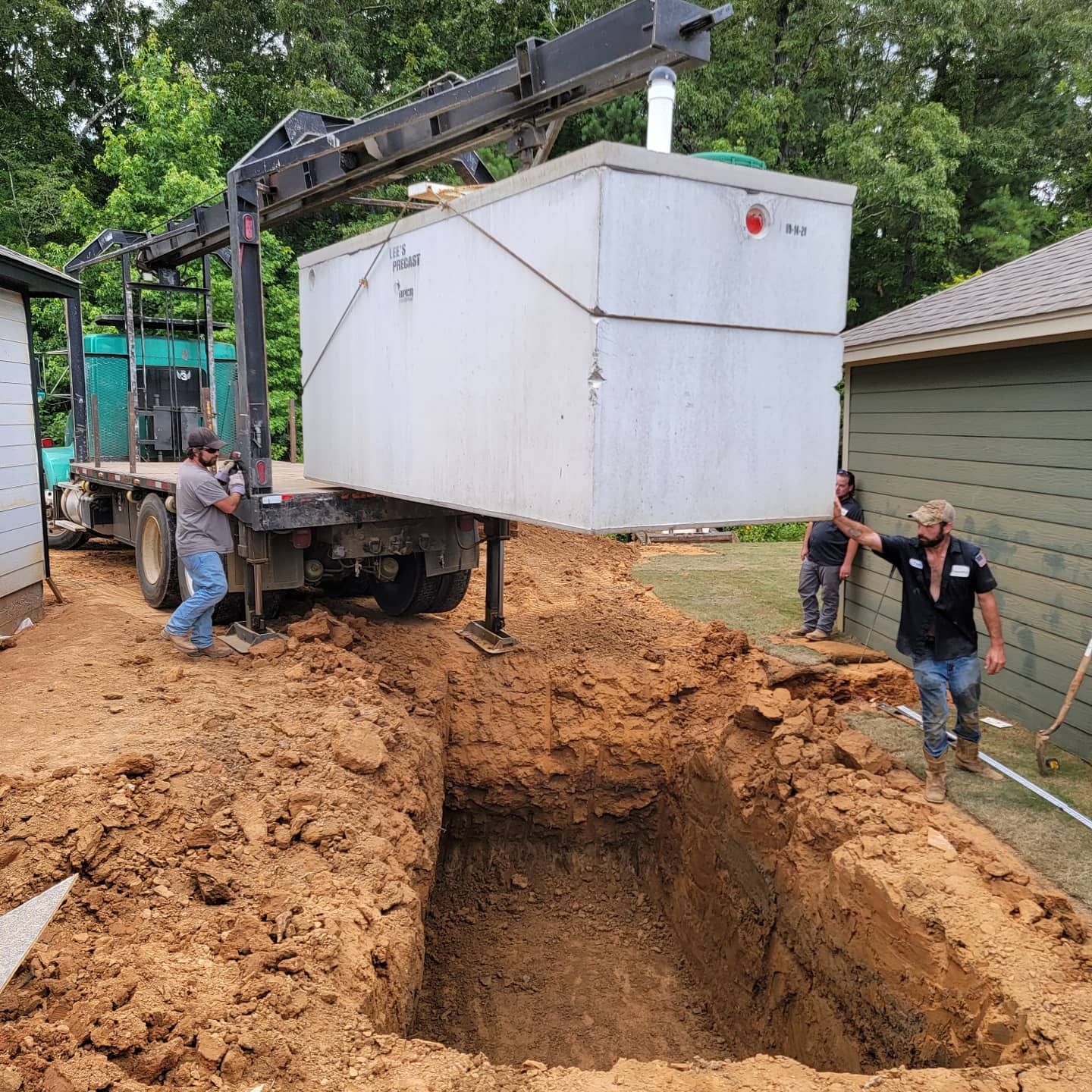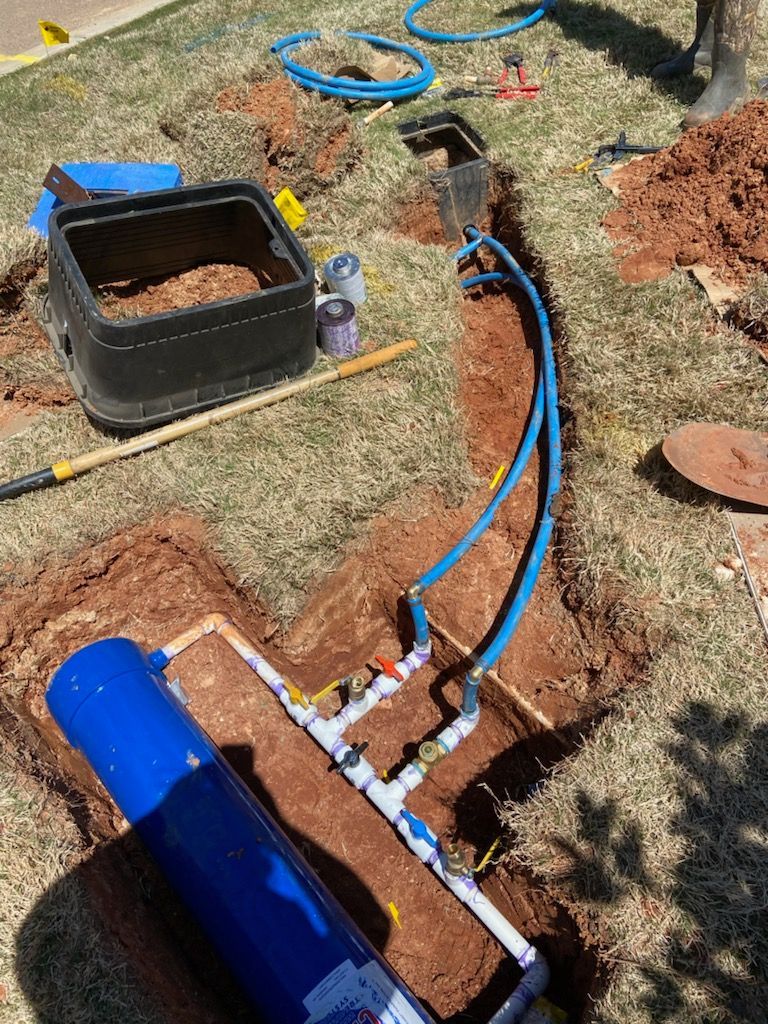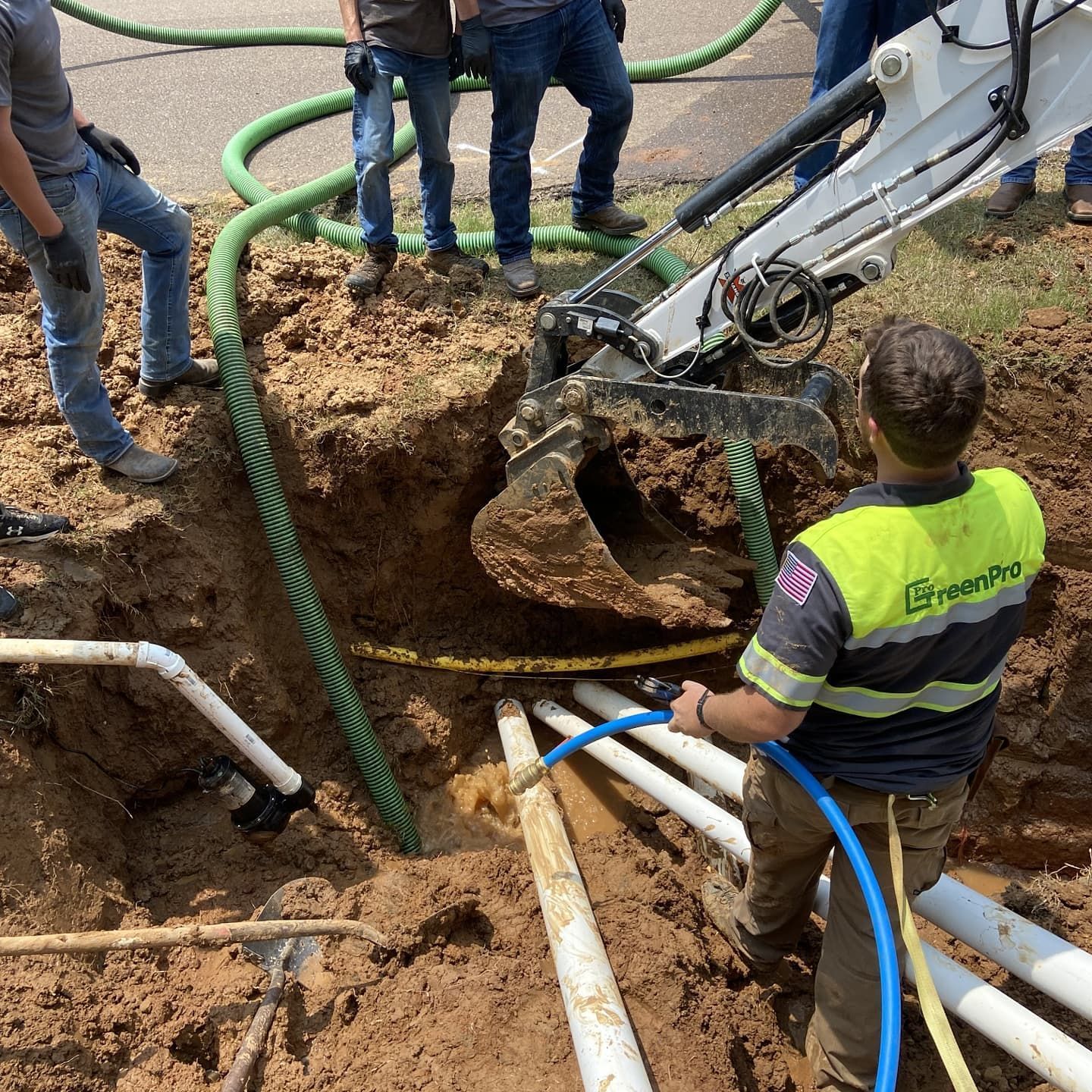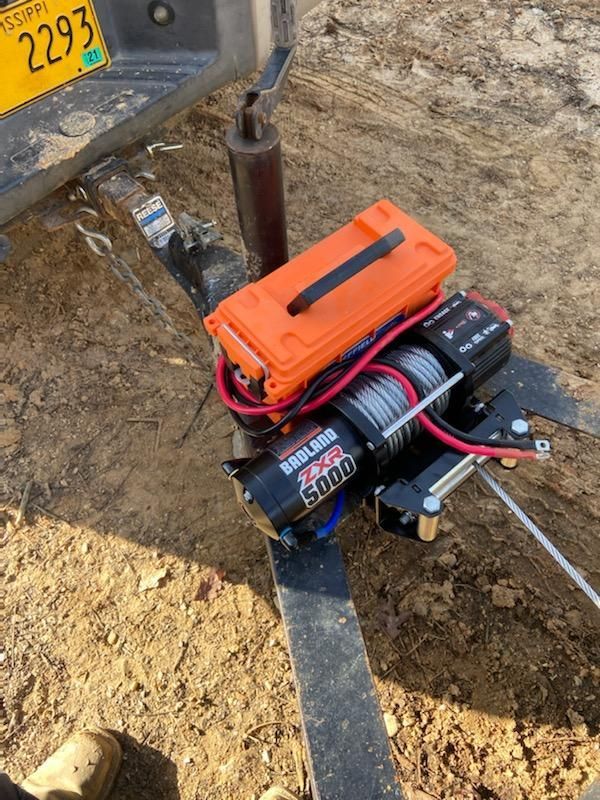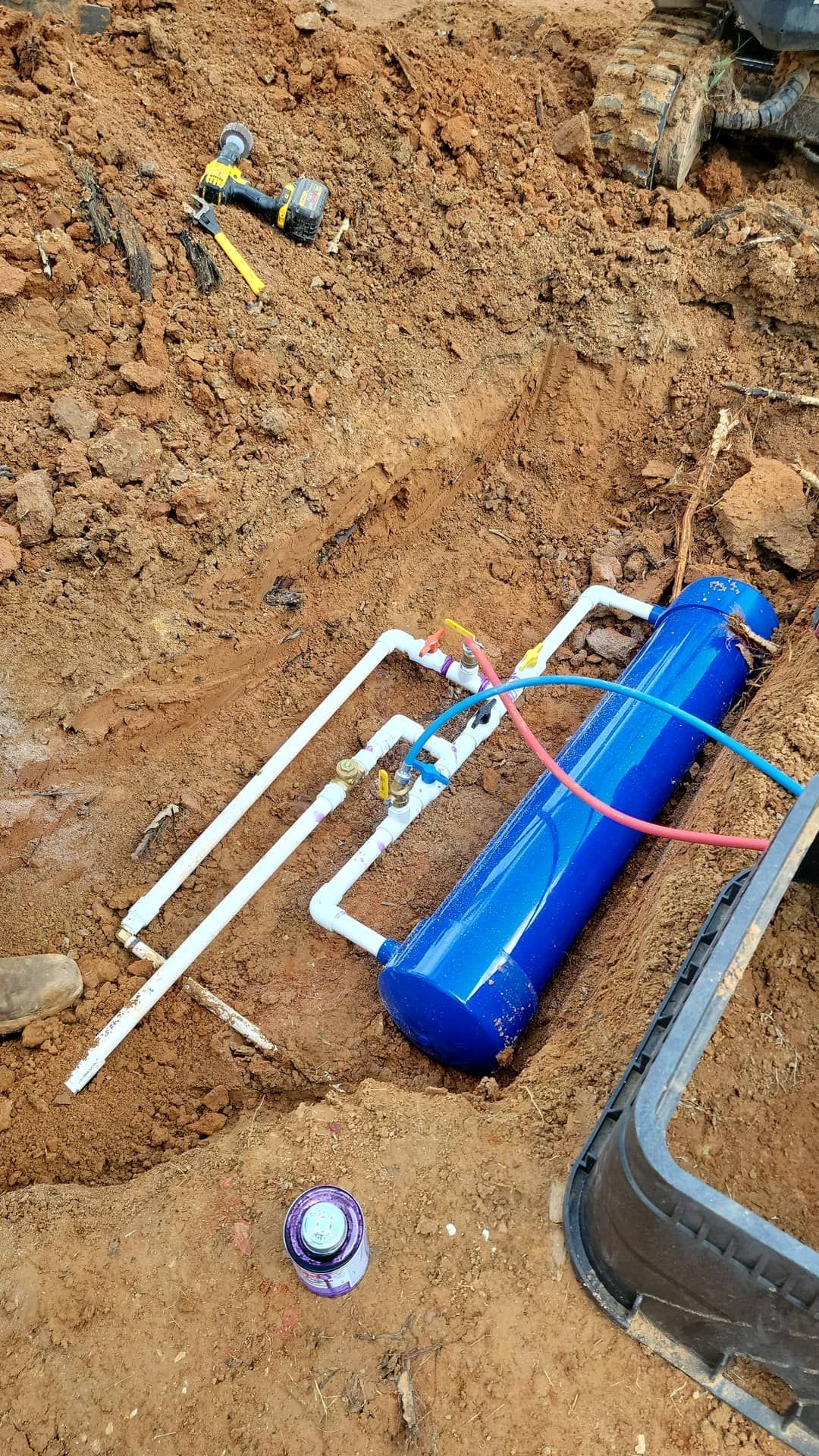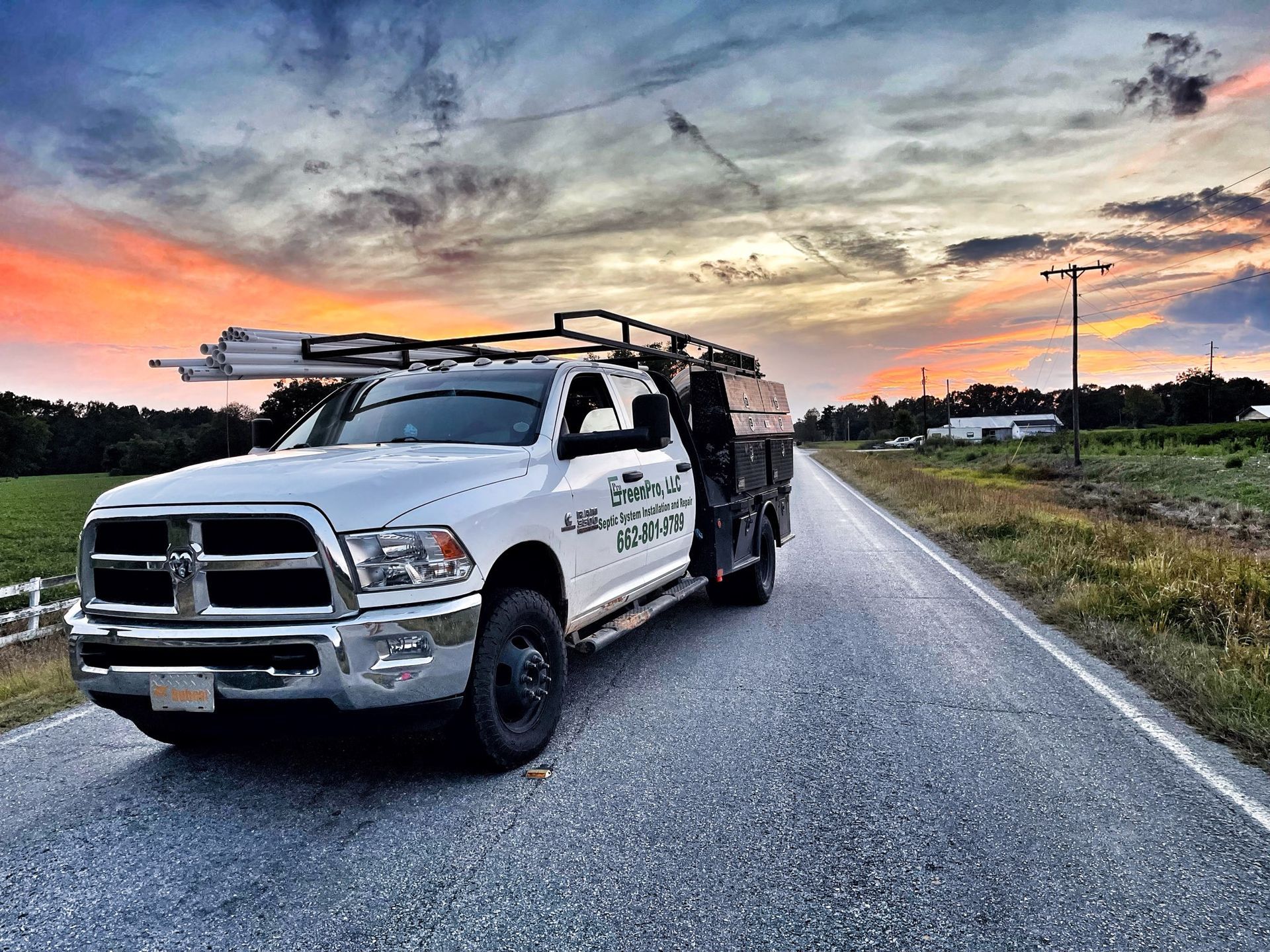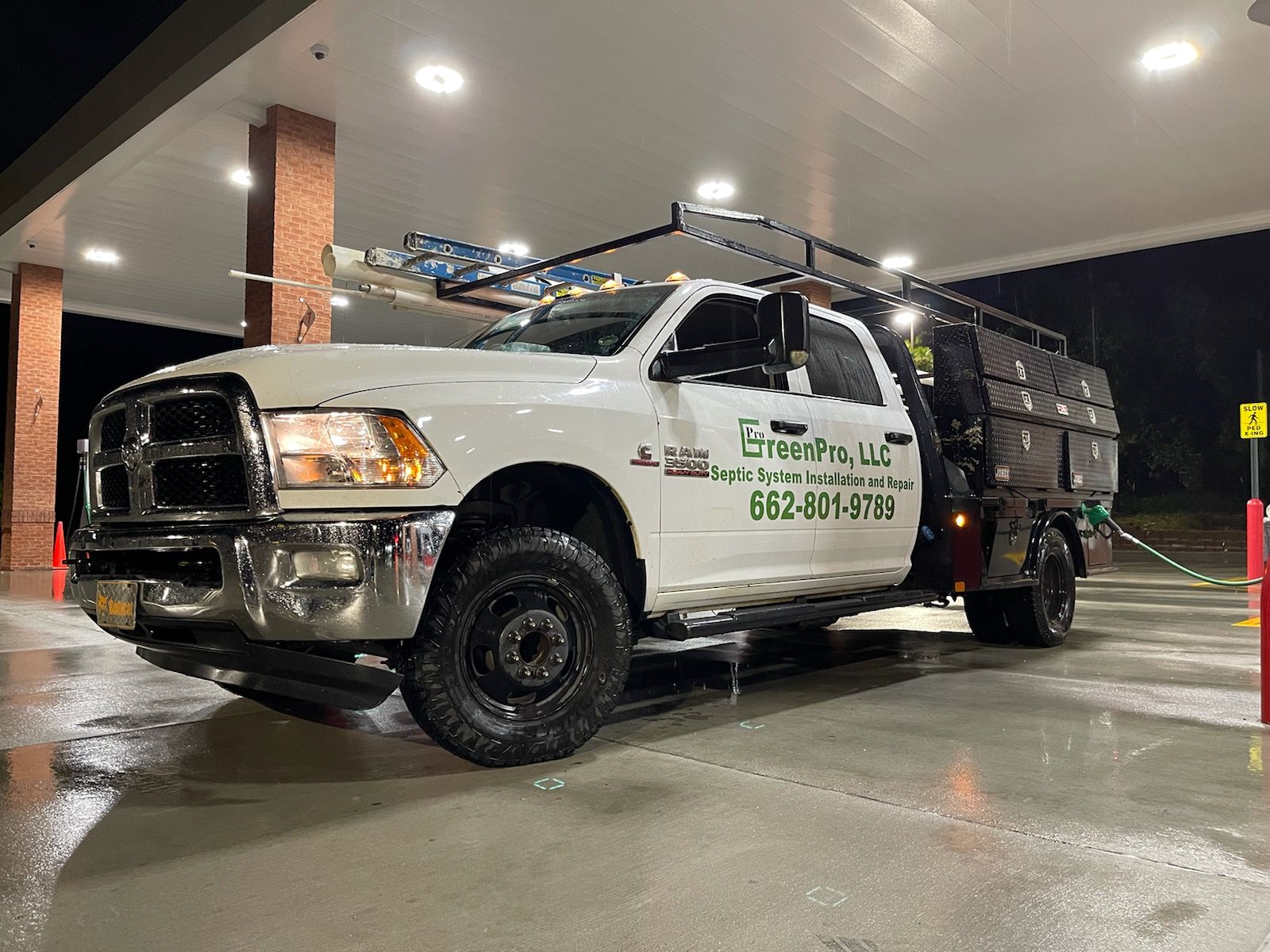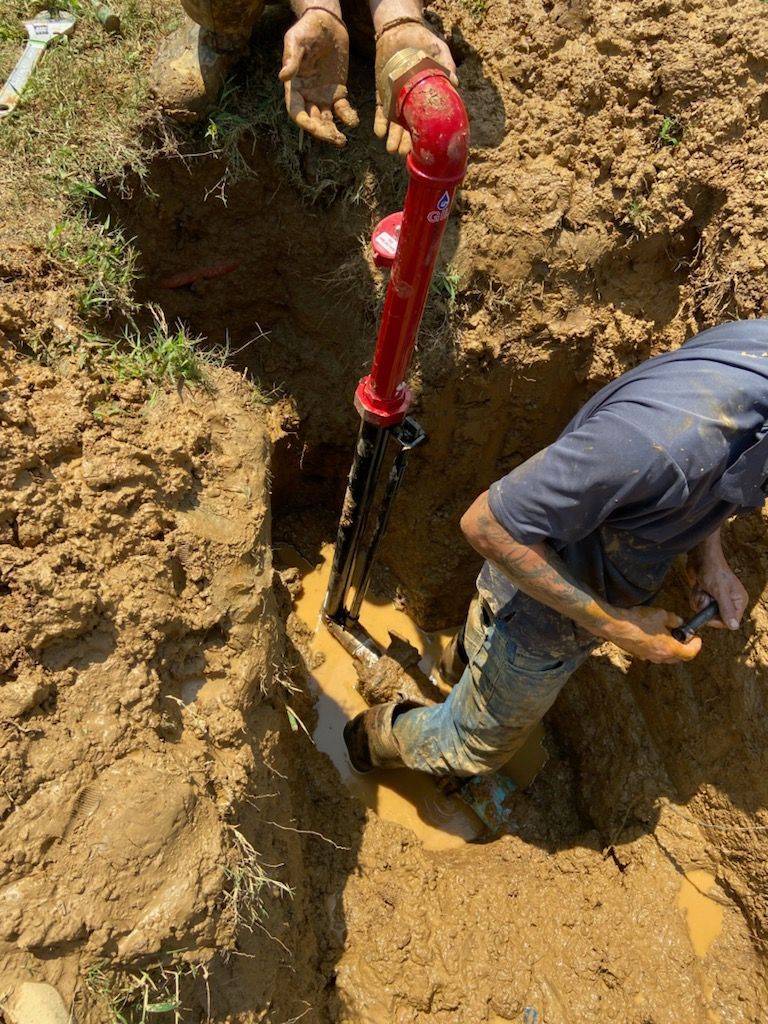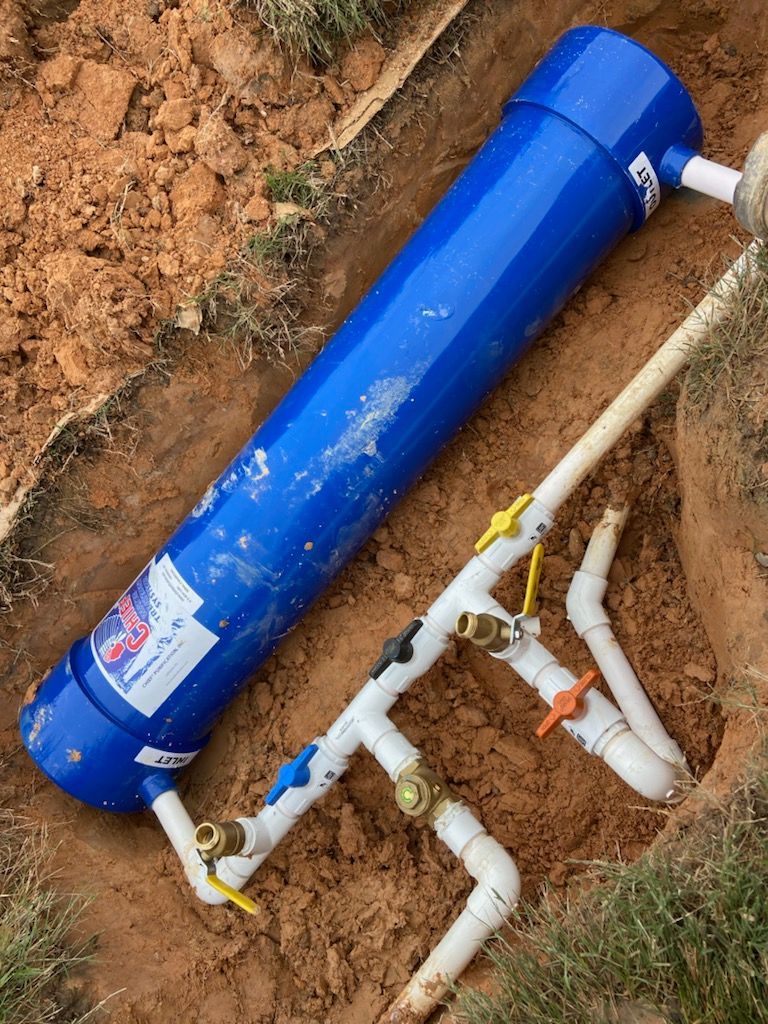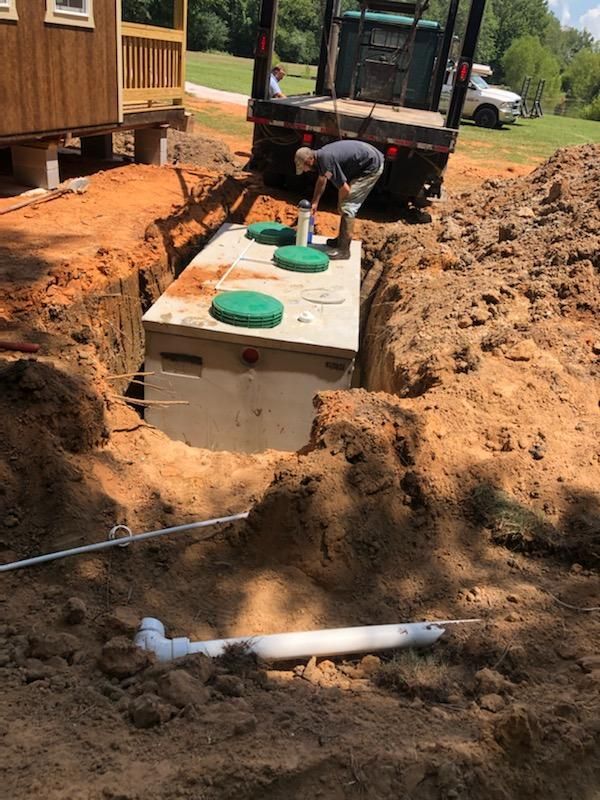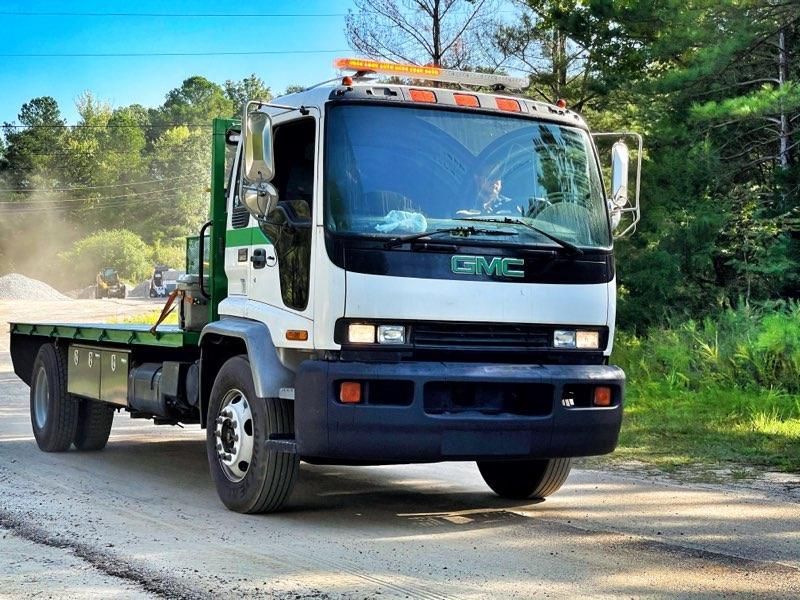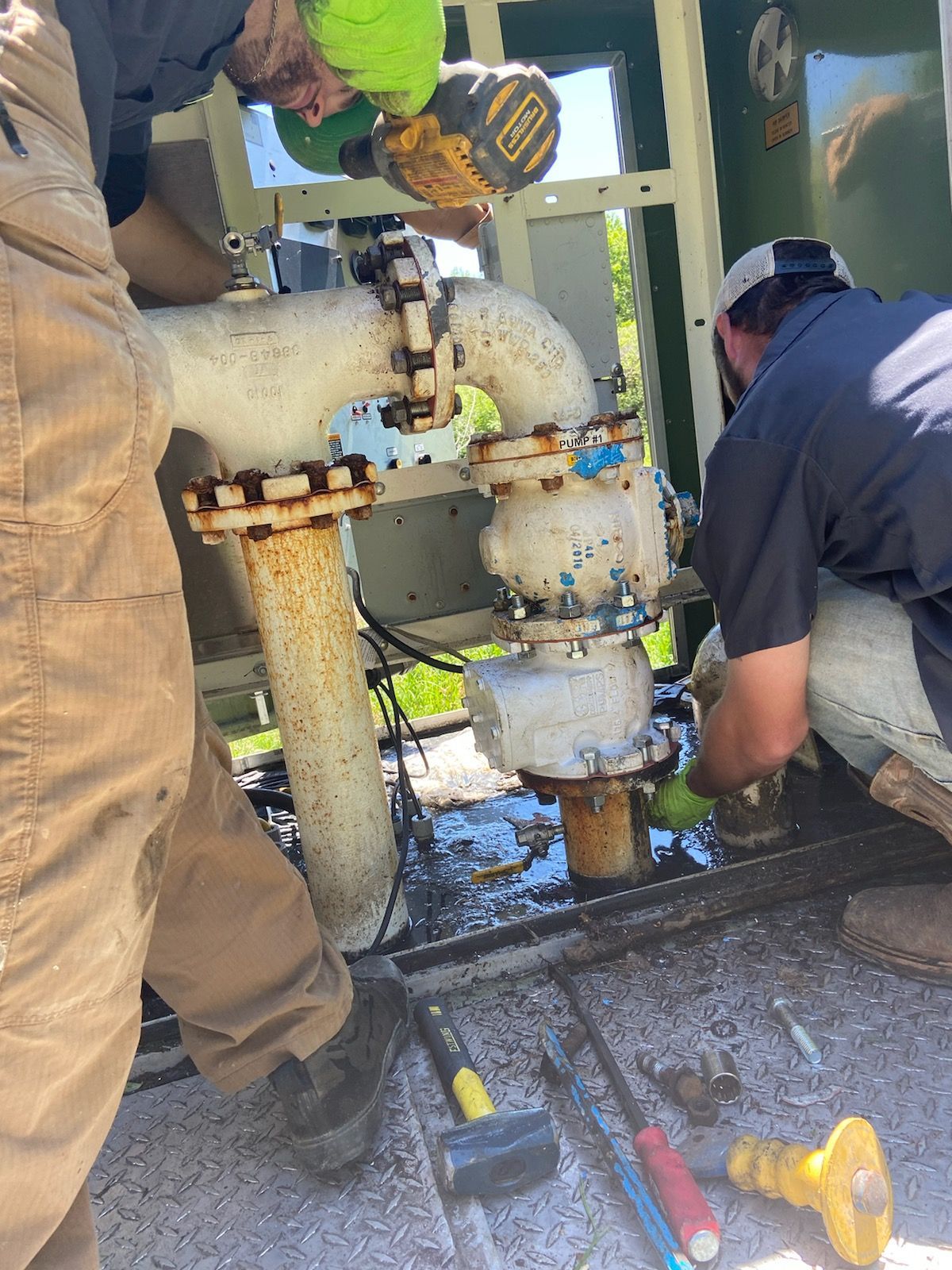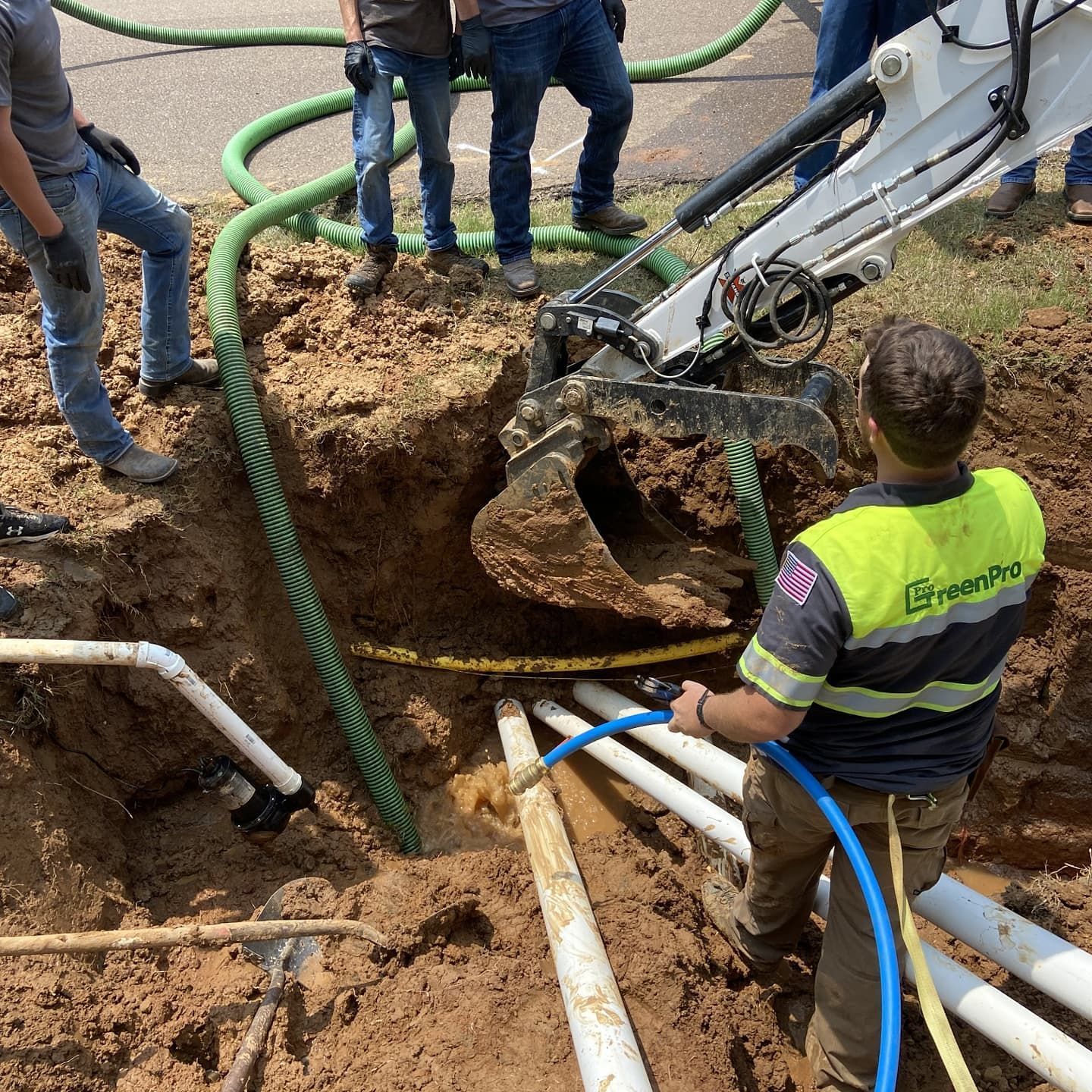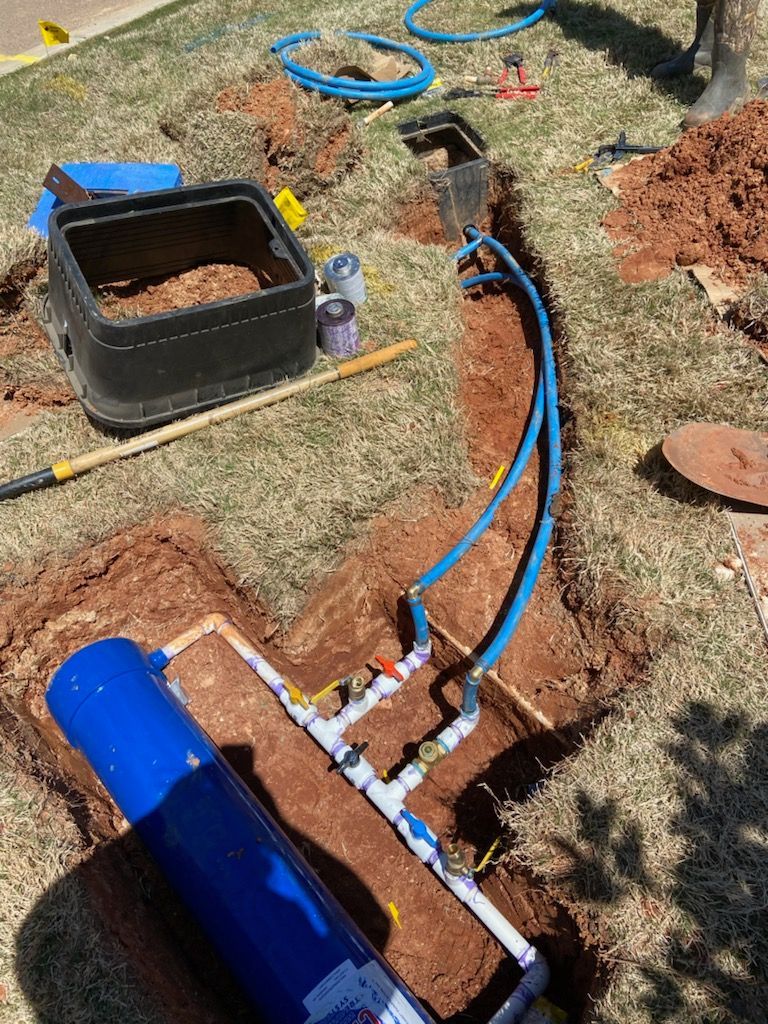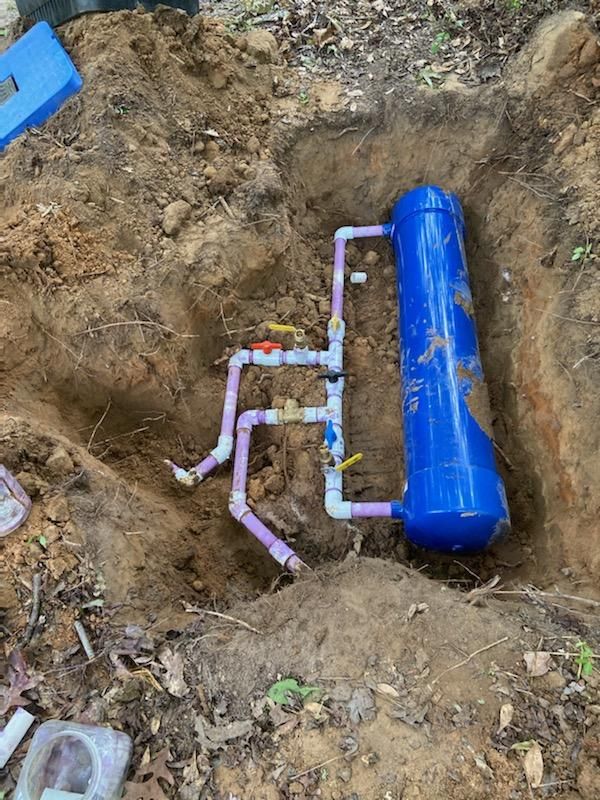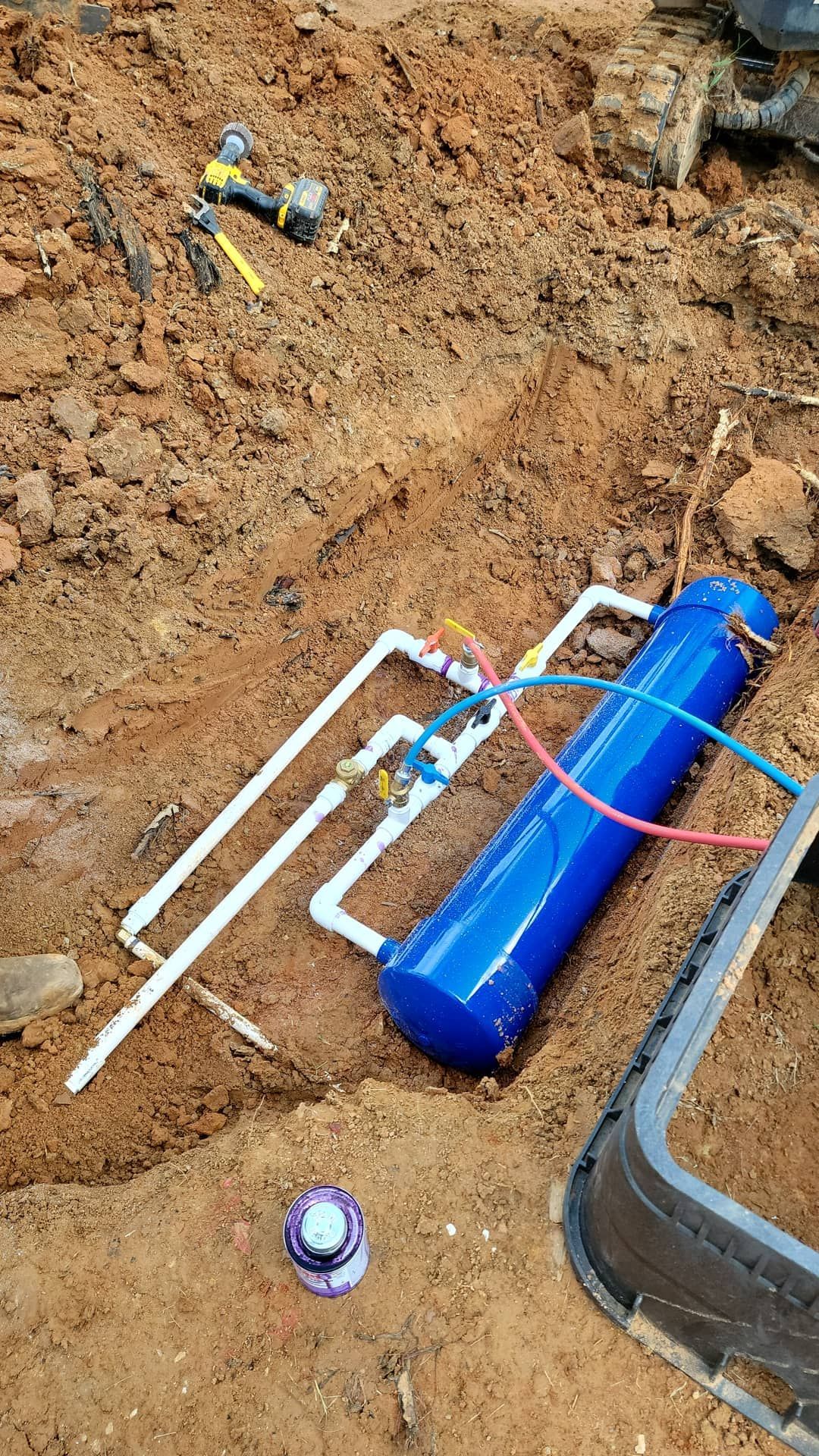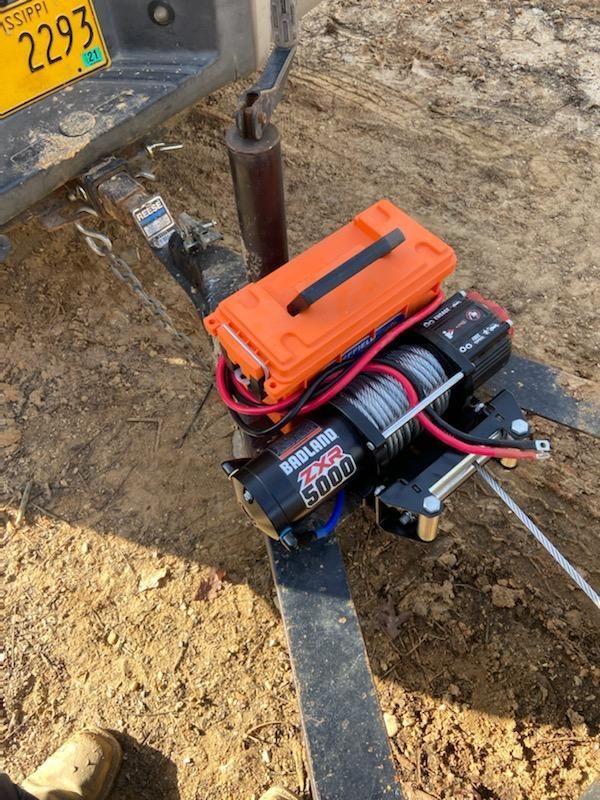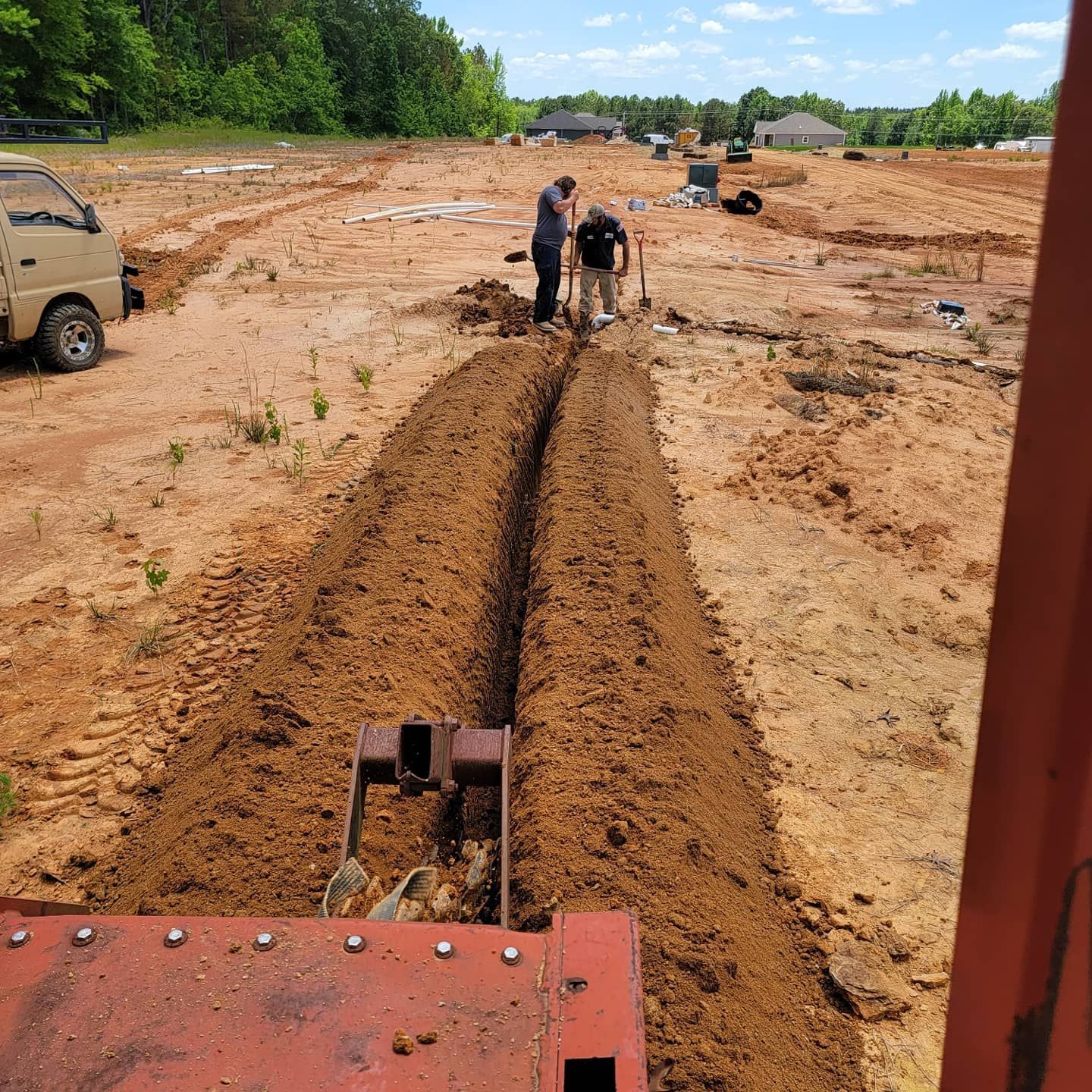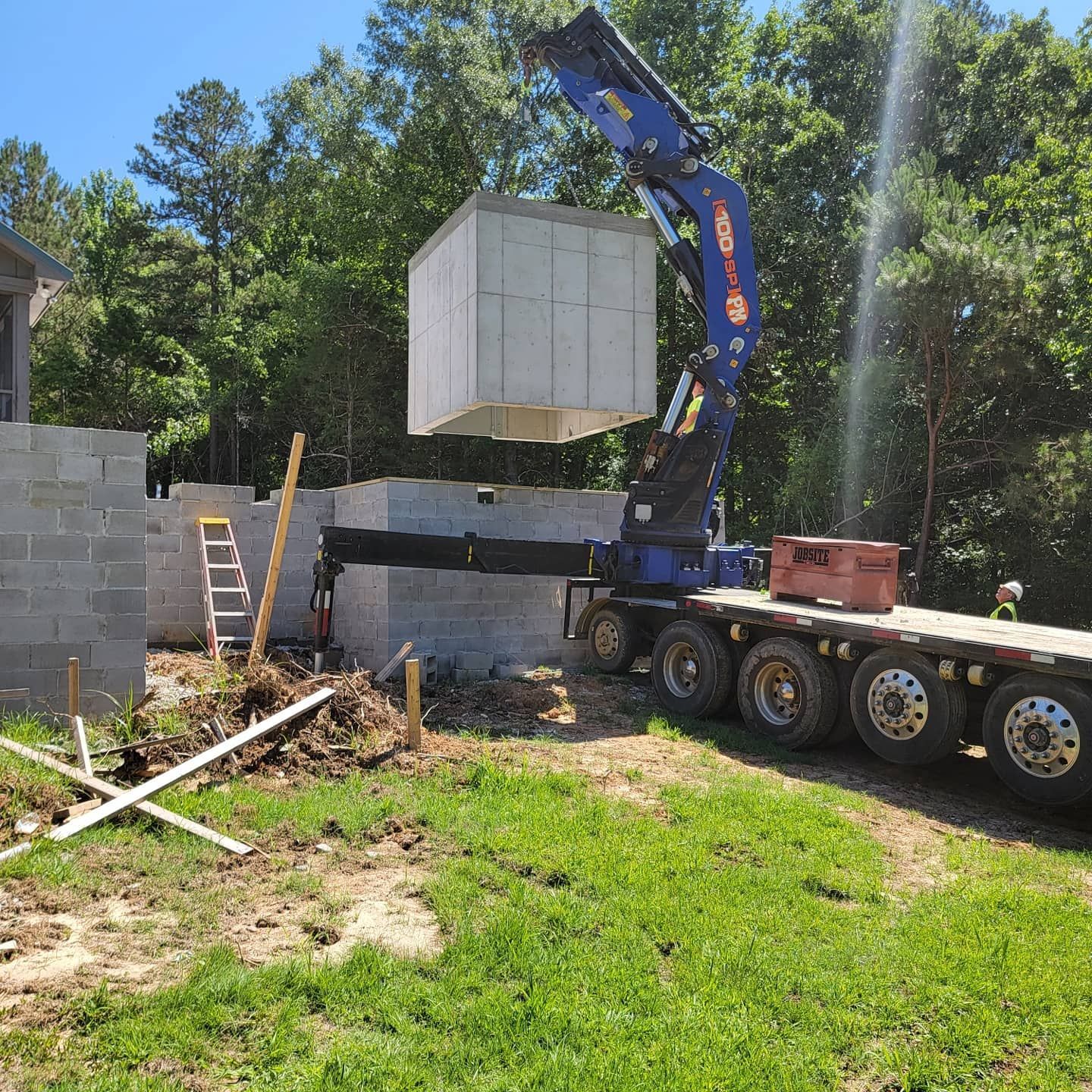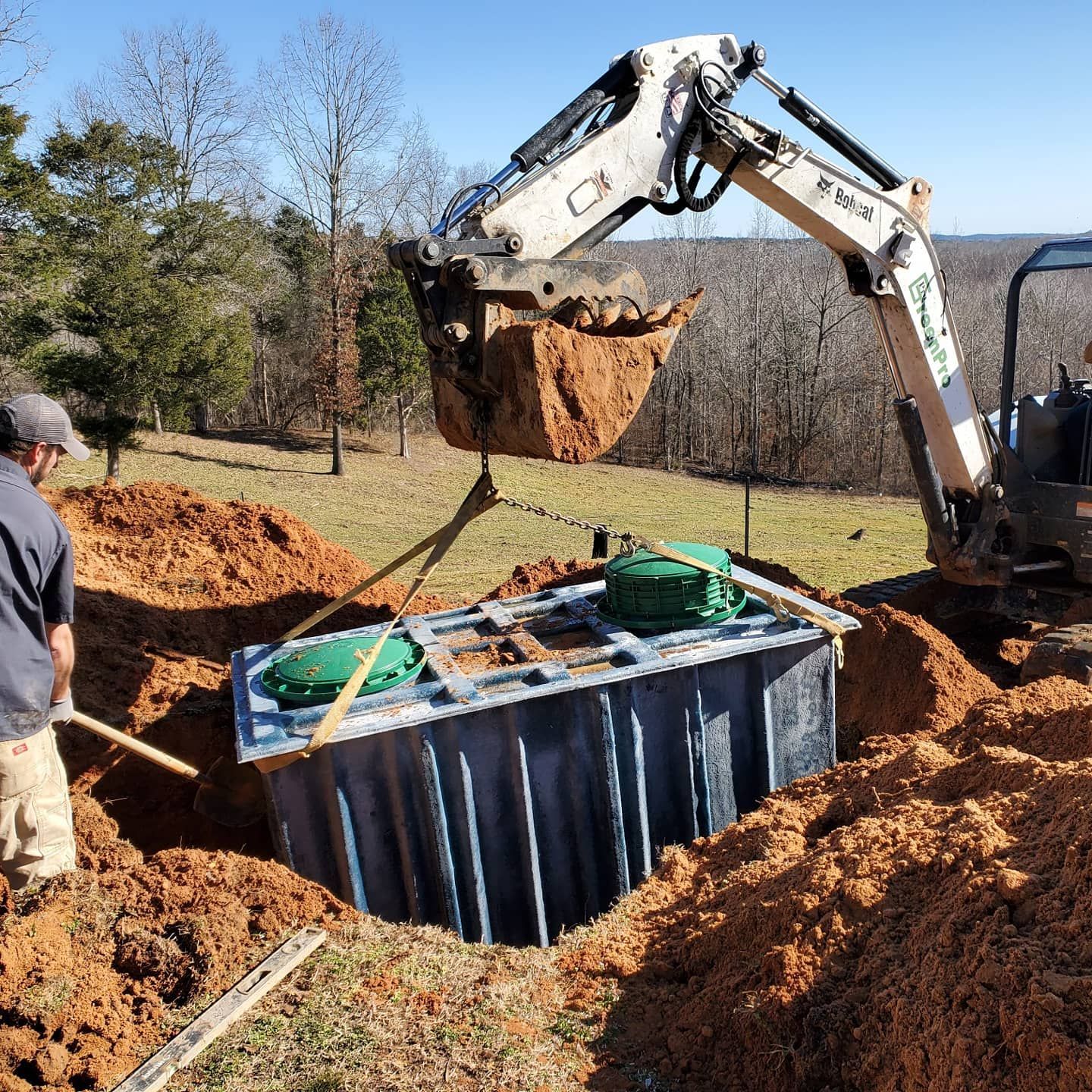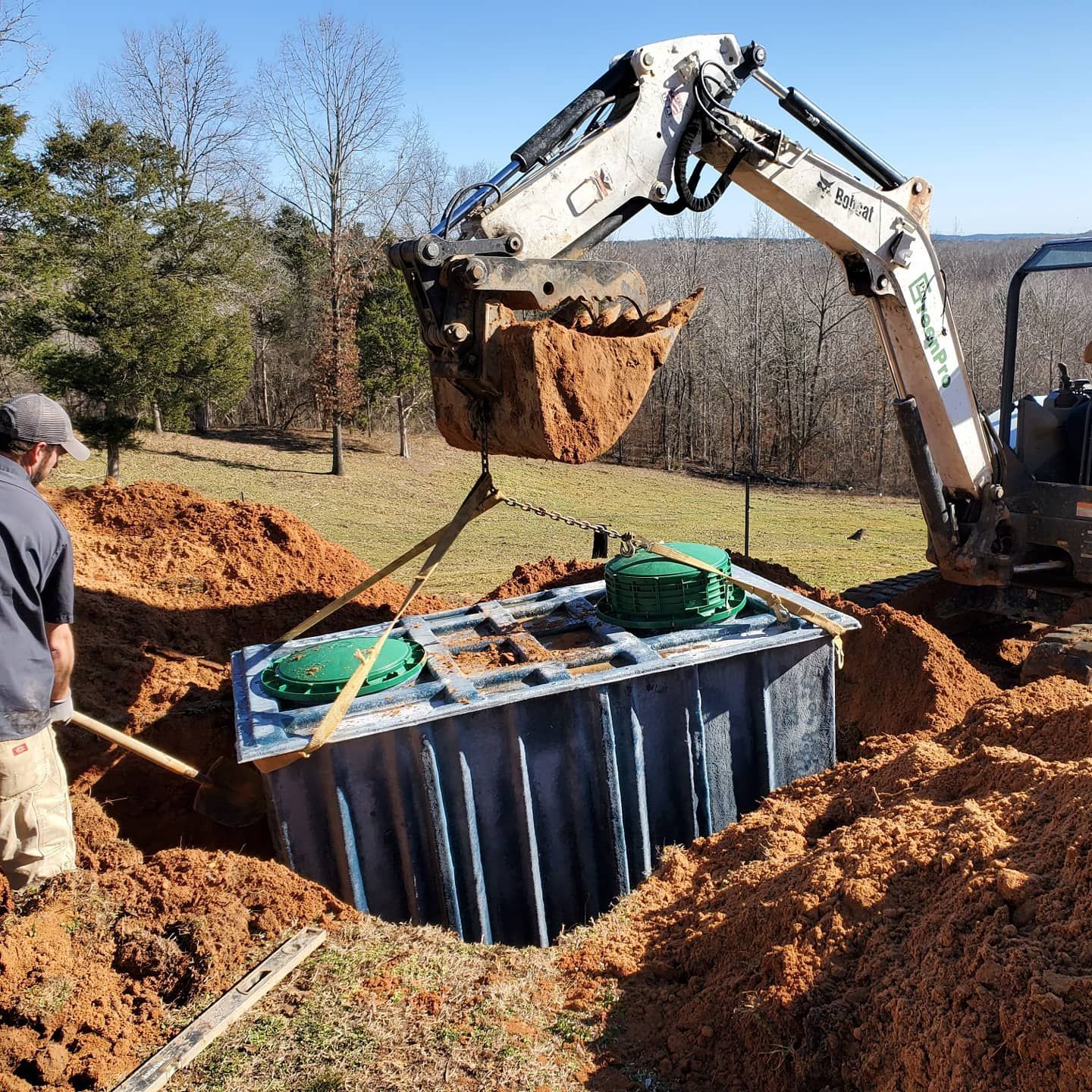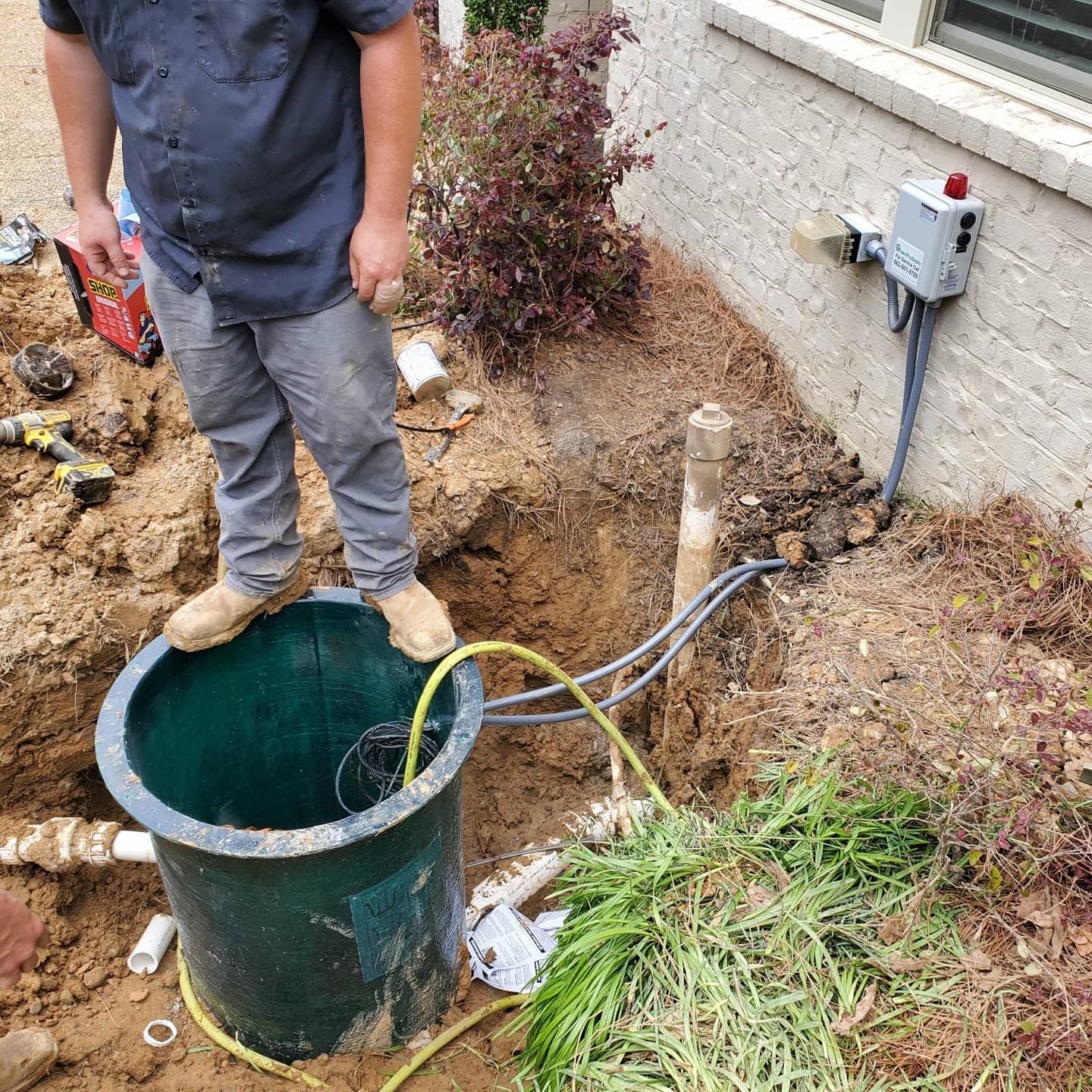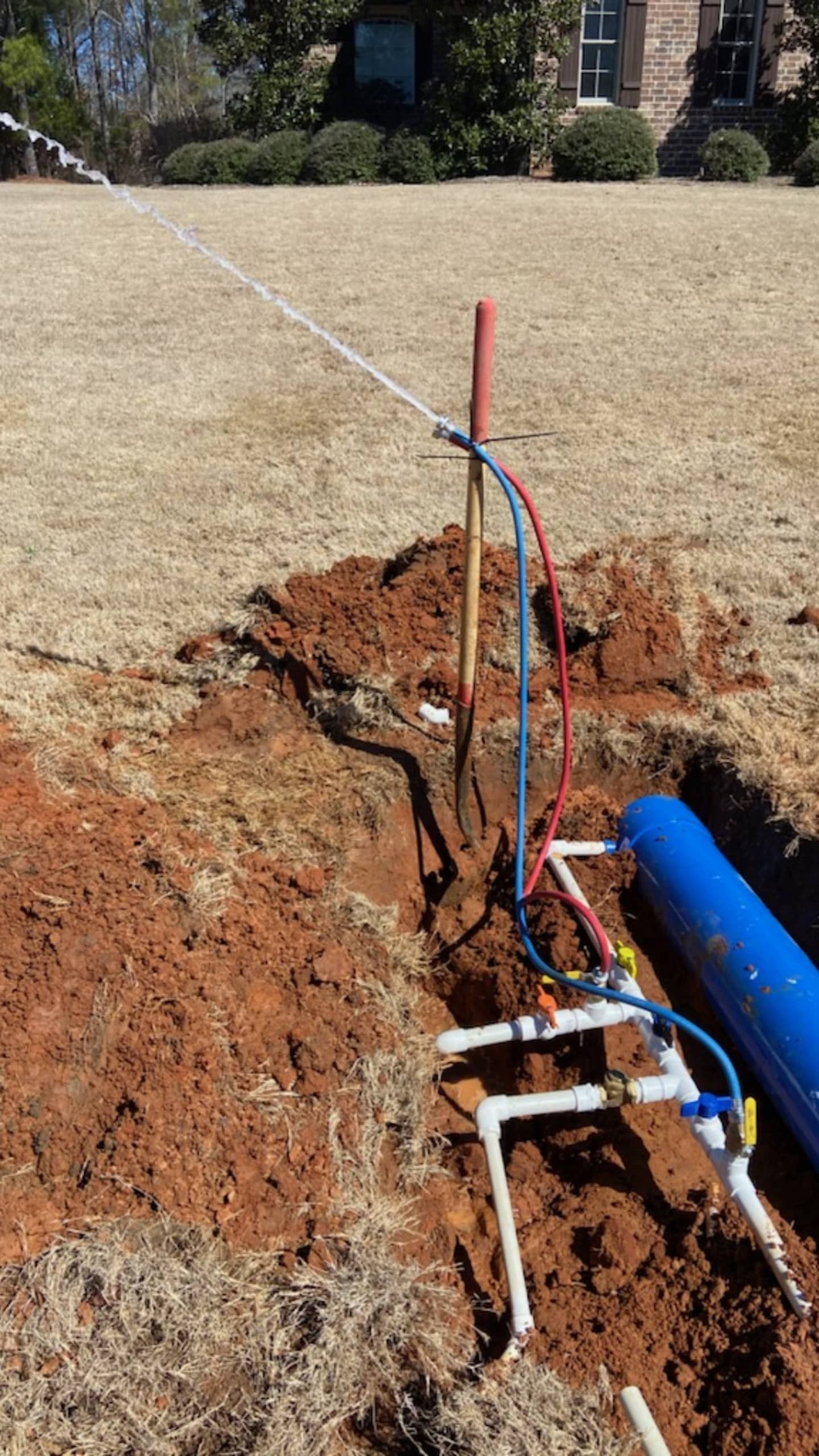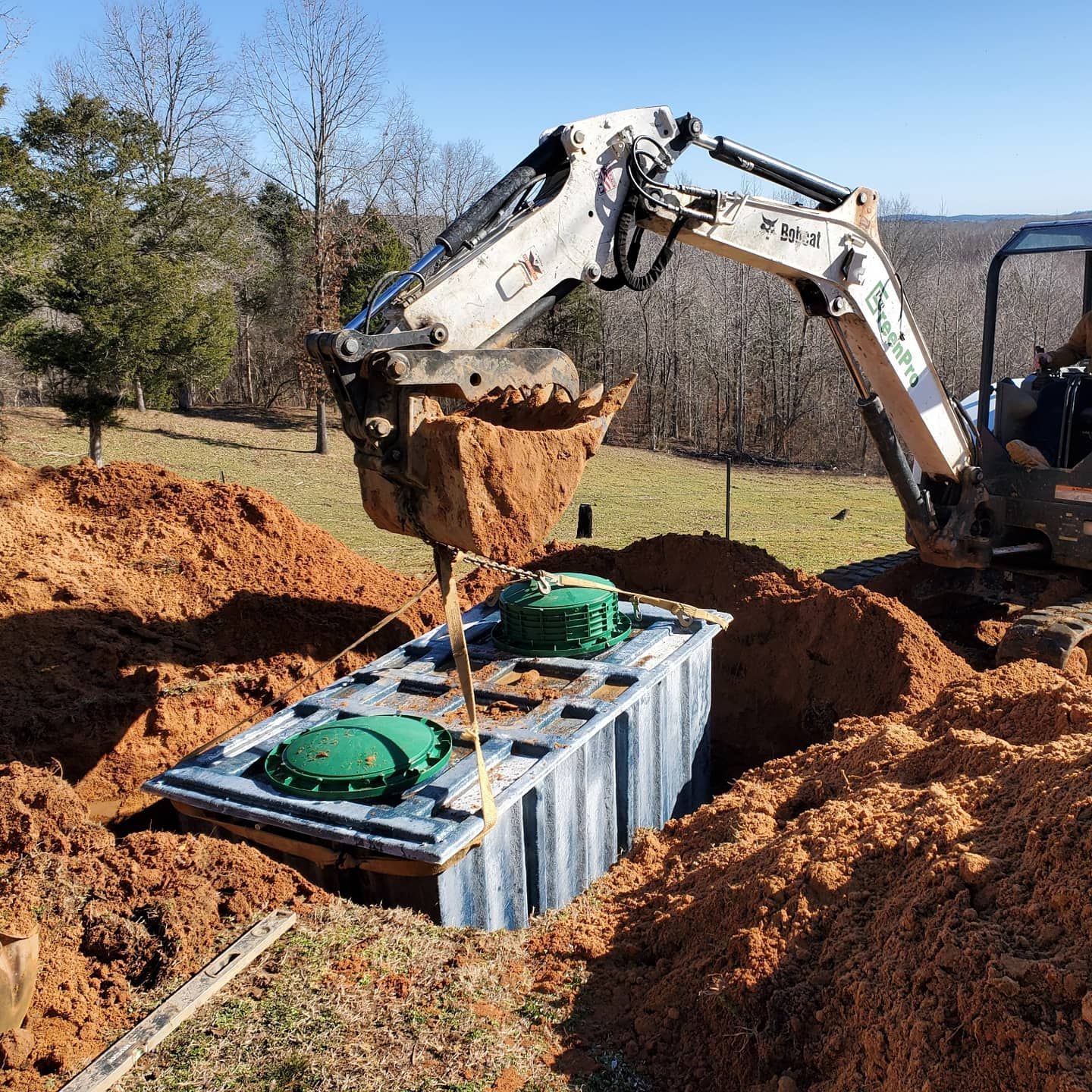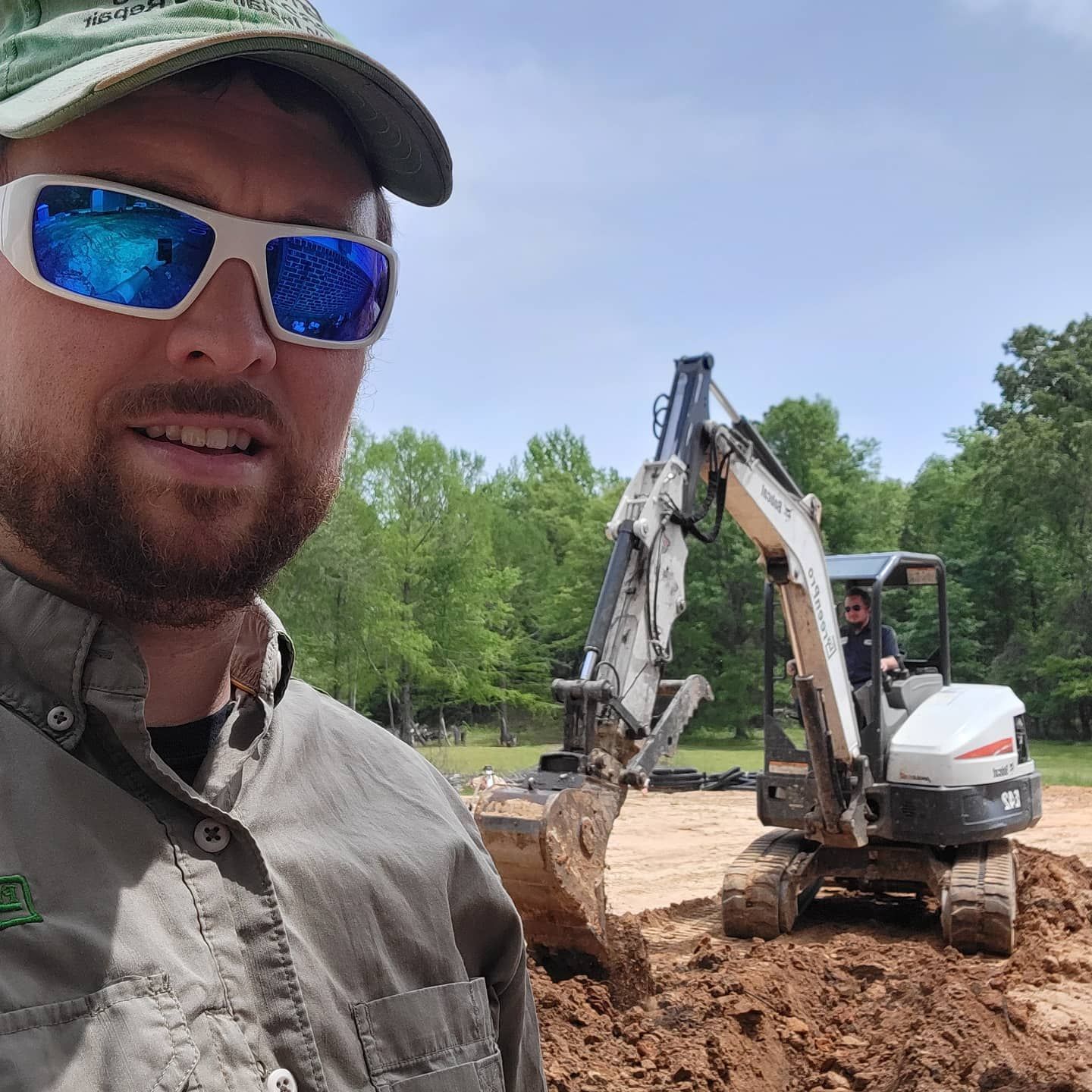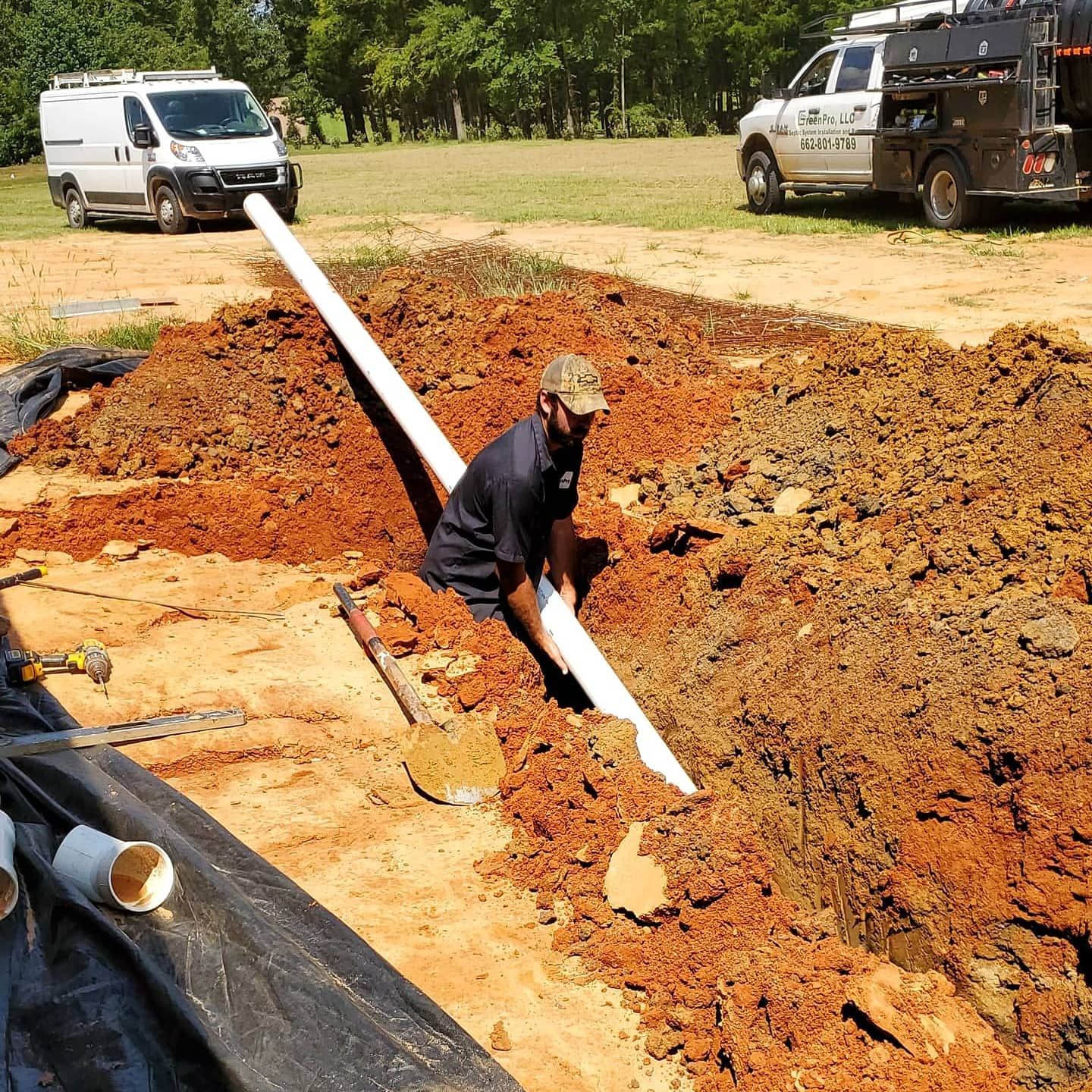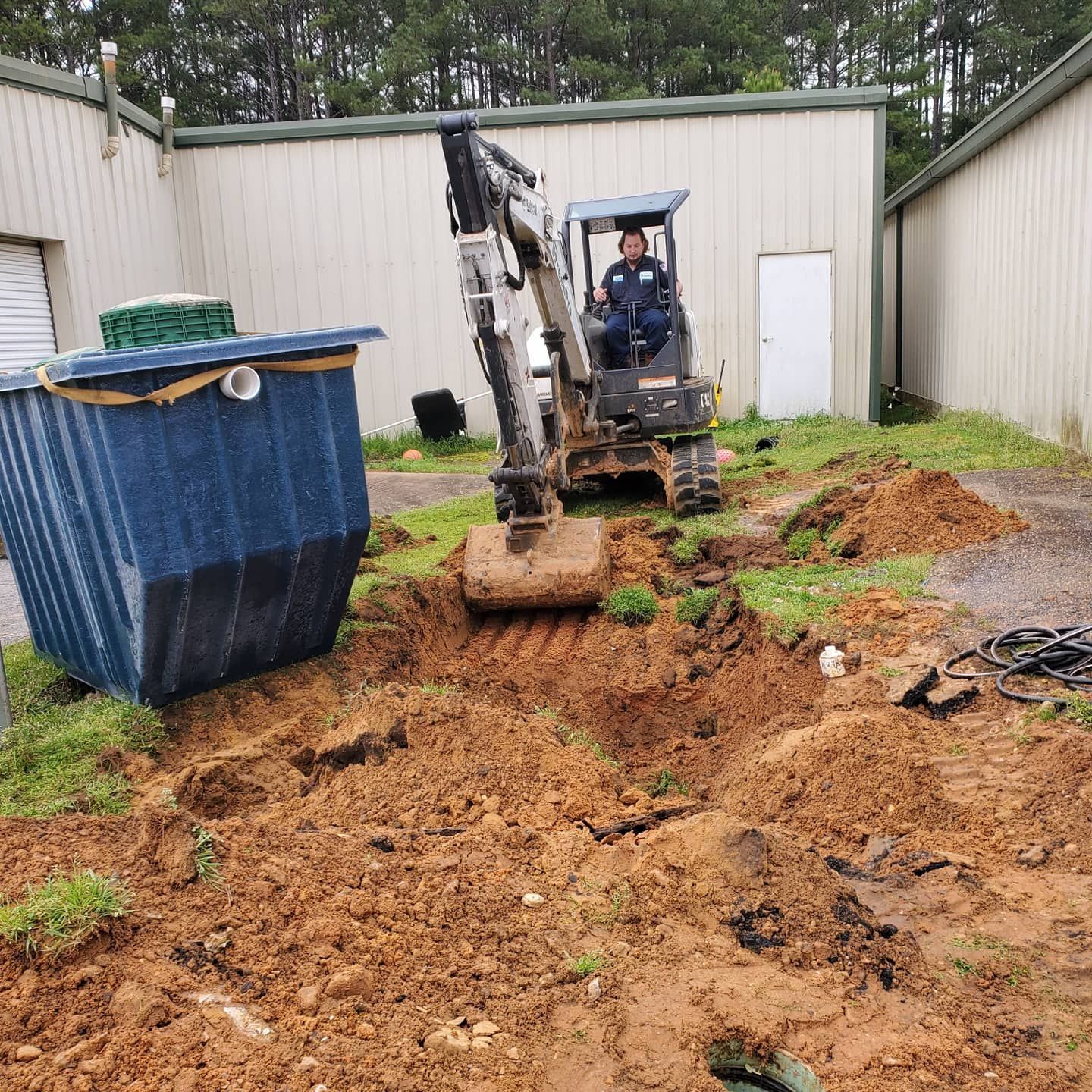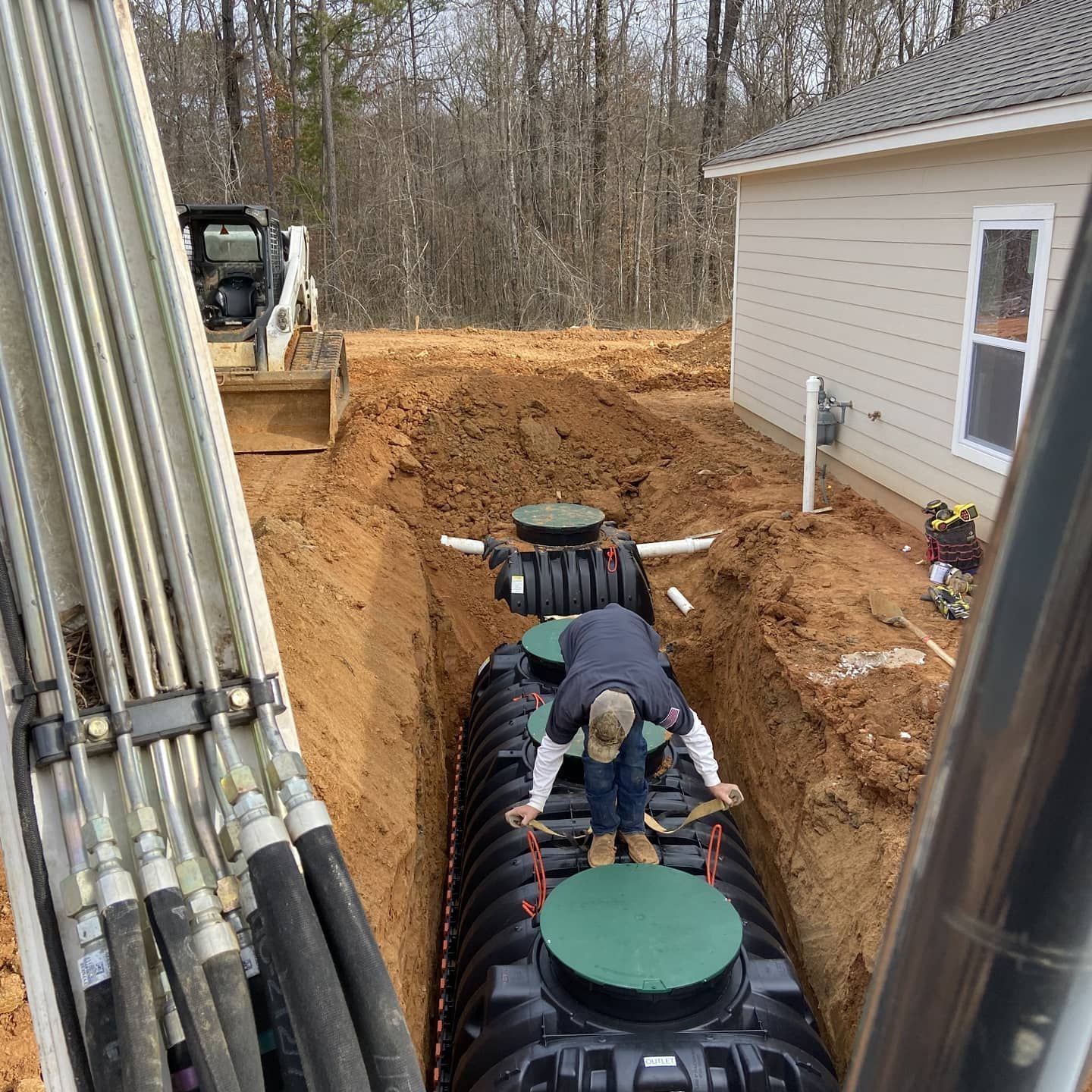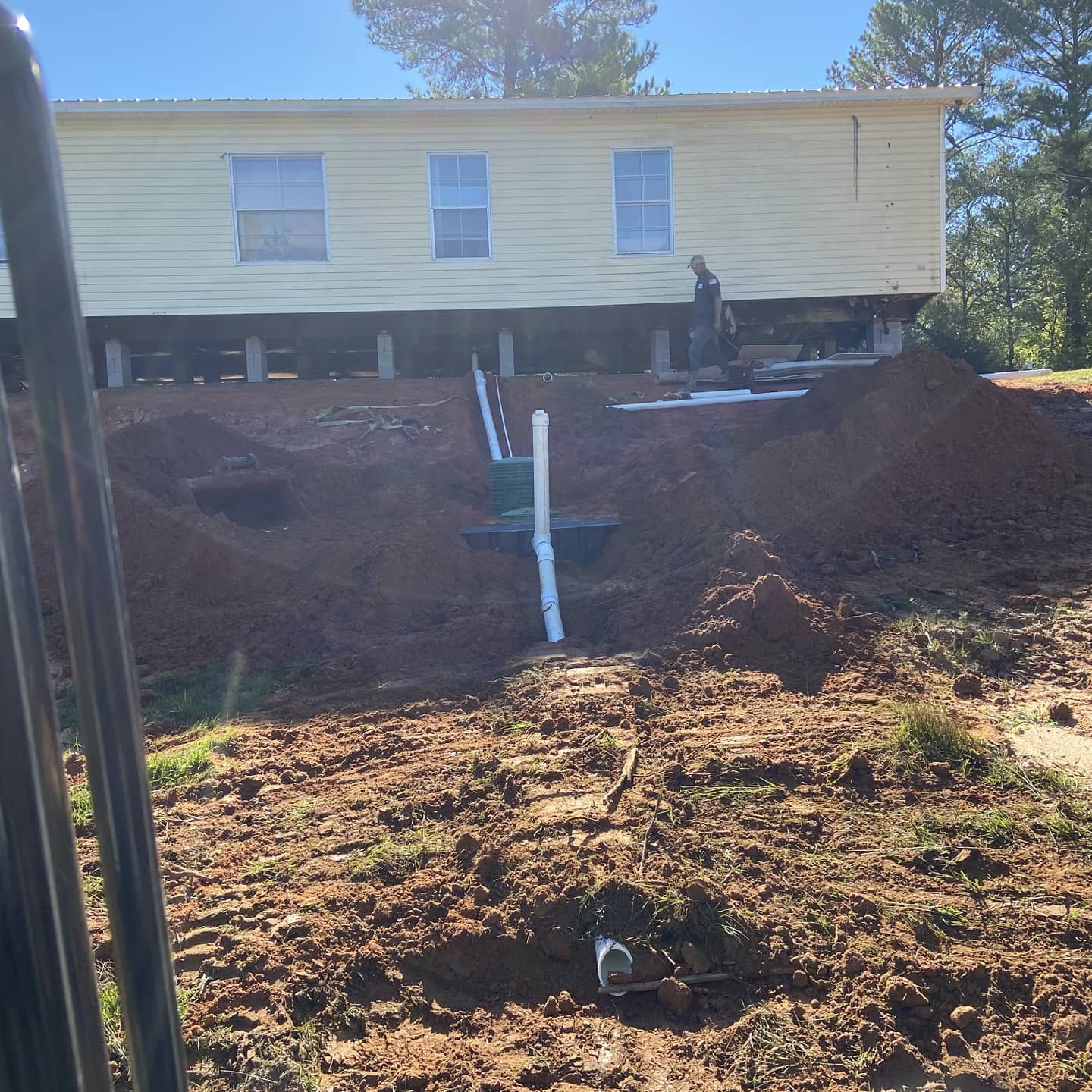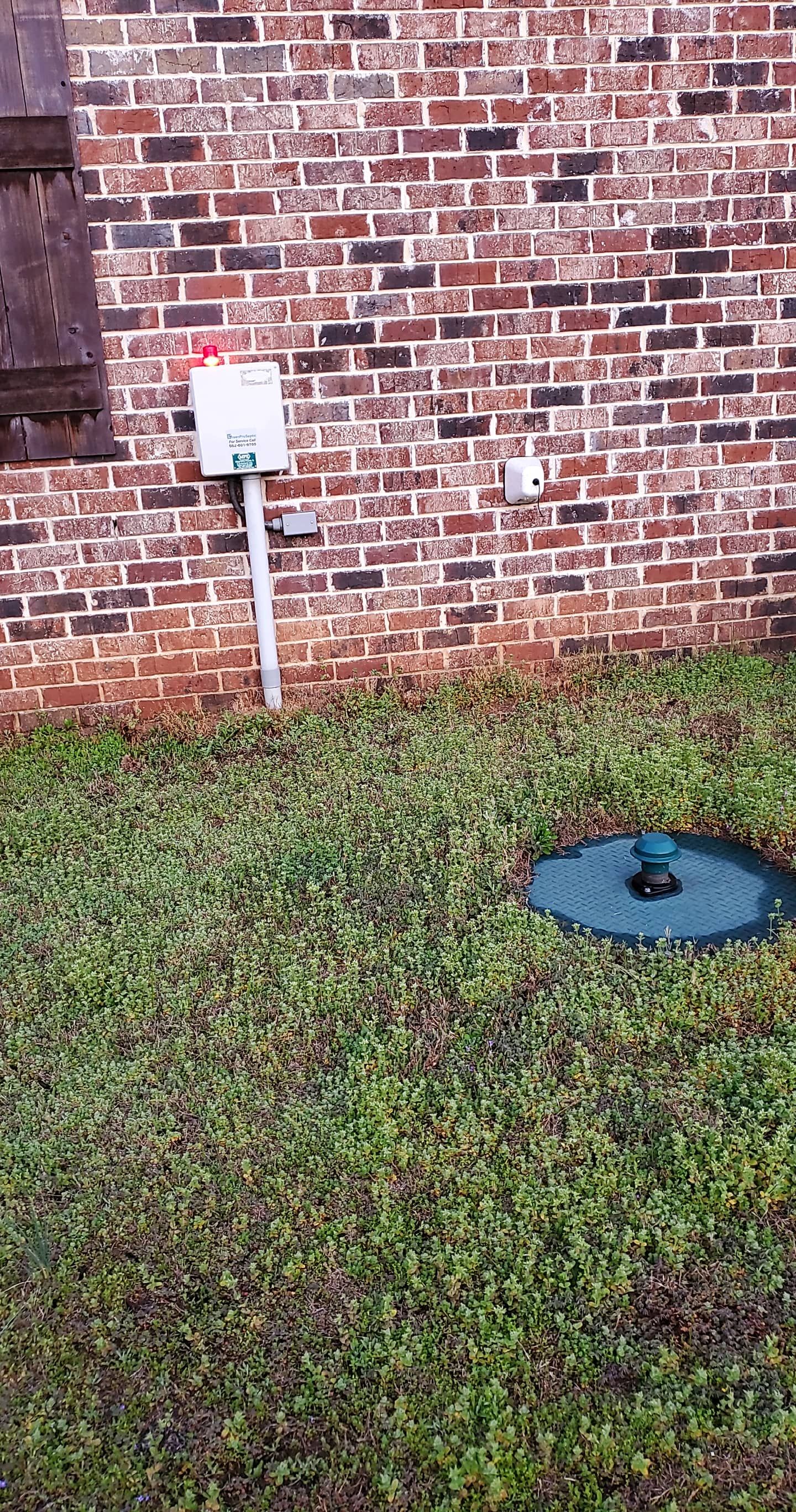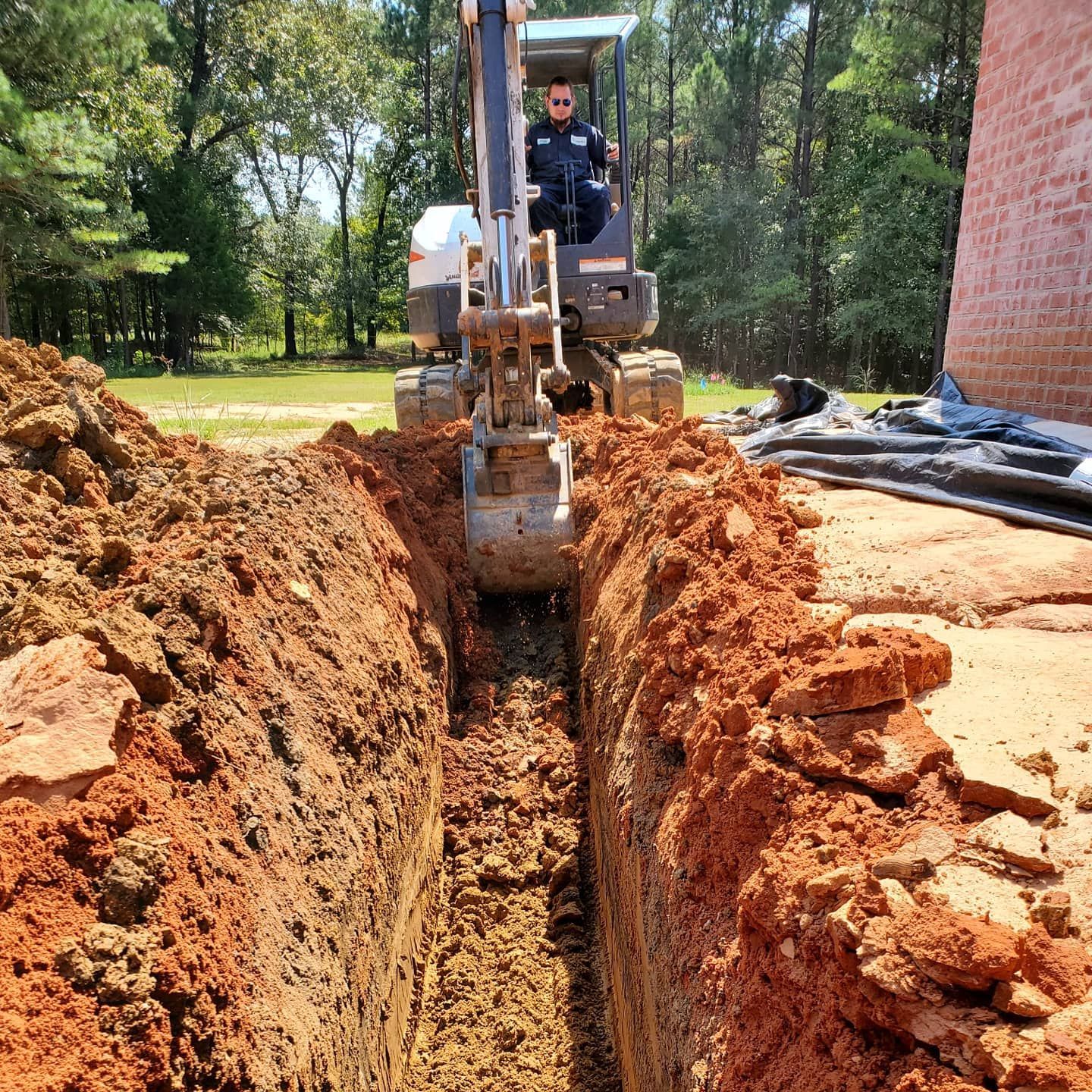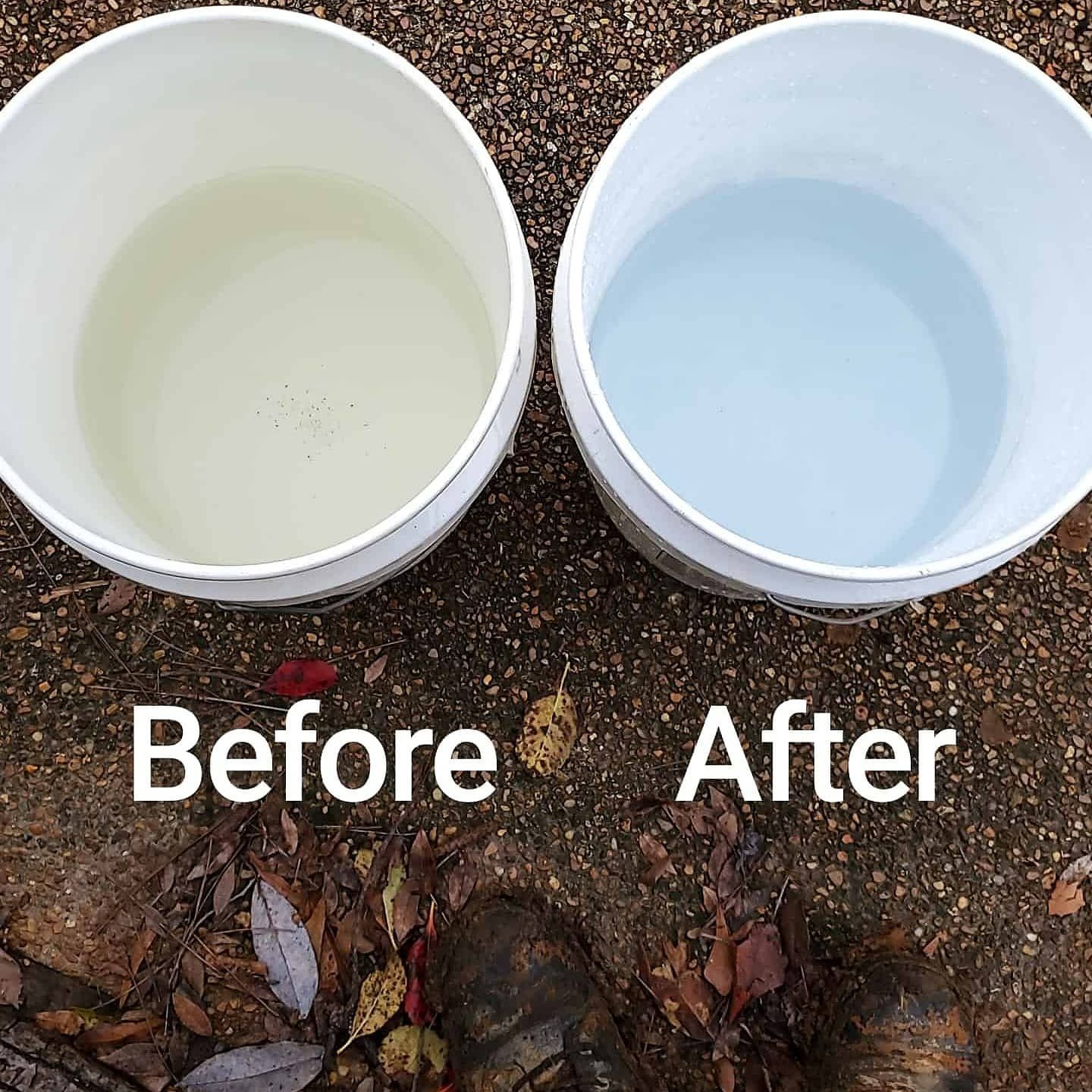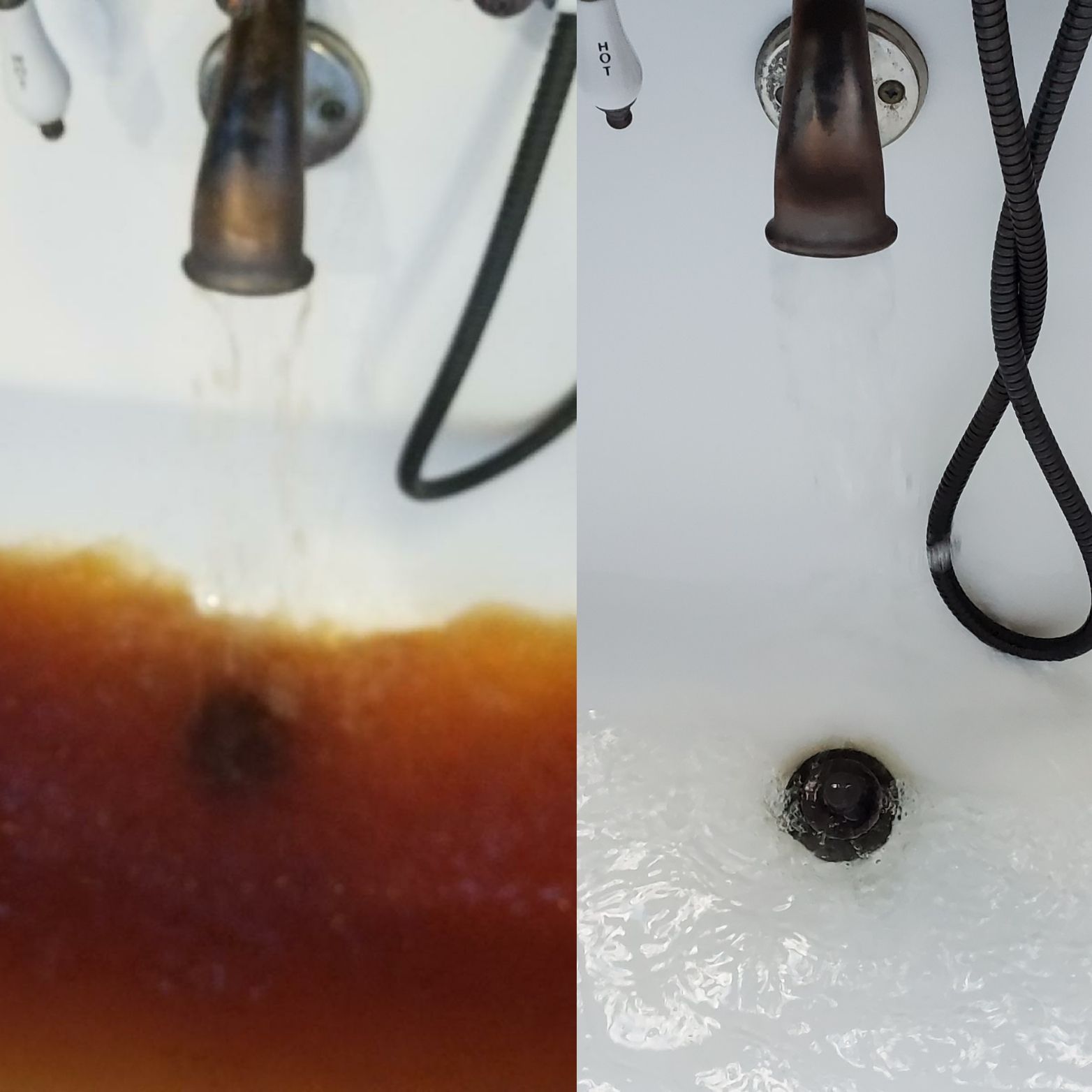A Dive into Different Septic System Designs
June 12, 2023
A Dive into Different Septic System Designs
Understanding the intricacies of septic system designs can be critical to homeowners, builders, and environmental enthusiasts. These wastewater treatment systems, largely unseen and often under-appreciated, come in various configurations, each catering to specific needs and environments.
The conventional system is the most recognized and widespread septic system design. It's typically comprised of a septic tank and a drain field. Wastewater from your house drains into the tank, where solids settle to the bottom, forming a sludge layer. Meanwhile, lighter substances like fats and oils rise to the top, creating a scum layer. The liquid portion, or effluent, flows into the drain field, where it is further treated as it percolates through the soil, which acts as a natural filter.
On the other hand, the chamber system, a modification of the conventional design, replaces the traditional stone or gravel drain field with a high-density plastic chamber. This design creates an open-air space where effluent can flow freely, enhancing the process of oxygenation and consequently, the breakdown of waste.
The mound system is another alternative, usually employed when site or soil conditions are not suitable for a conventional system. As its name suggests, it elevates the drain field above the natural soil surface. The septic tank effluent is pumped into the mound, which is made of a specific sand-fill material. The mound itself provides the necessary treatment of the effluent, before it disperses into the underlying natural soil.
If your home is located in a wetland area, you might consider an aerobic treatment system (ATS). It utilizes a mechanism that injects air into the tank, fostering growth of bacteria that thrive in oxygen-rich environments. These bacteria are highly efficient at breaking down waste, thus allowing for a higher level of treatment.
For areas with a high water table or close proximity to water bodies, a sand filter system might be appropriate. The tank effluent is pumped into a box filled with sand and organic material, which filters and treats the wastewater before it's either dispersed into the drain field or collected and further treated.
Finally, constructed wetland systems offer an ecological solution that uses a wetland mimic to treat the wastewater. This system can provide aesthetic value, attract wildlife, and contribute to local biodiversity.
Each design has its advantages, limitations, and unique environmental impacts. Local regulations, soil type, landscape, and climate should all be considered when choosing a septic system. Consulting with a local professional is always recommended to ensure the right fit for your needs.
Remember, maintaining your septic system, regardless of its design, is critical to its lifespan and effectiveness. Regular inspections and pumping can prevent failures, protect your investment, and safeguard the environment.
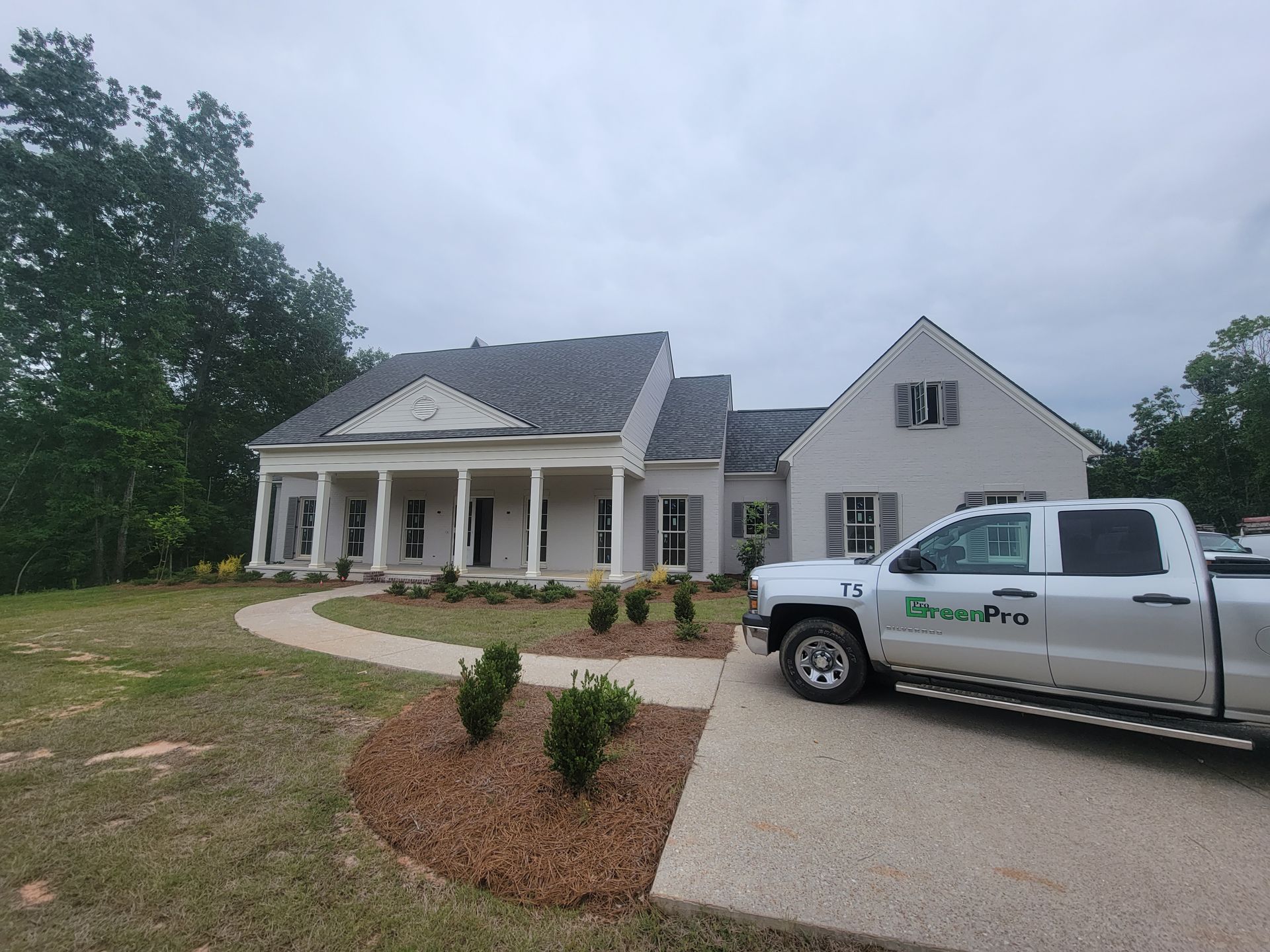
Proper maintenance of septic systems is crucial for homeowners in Batesville, MS, to ensure the efficient and effective treatment of wastewater. Septic system service encompasses a range of tasks aimed at maintaining the functionality and integrity of the system, including inspection, pumping, repairs, and preventive maintenance. In this guide, we'll explore the importance of septic system service in Batesville, MS, and highlight the key steps involved in ensuring the proper functioning of residential septic systems. Regular Inspection and Maintenance: One of the fundamental aspects of septic system service in Batesville, MS, is regular inspection and maintenance. Qualified technicians conduct comprehensive inspections of the septic tank, drain field, and associated components to identify any signs of damage, deterioration, or malfunction. Routine maintenance tasks, such as tank pumping, filter cleaning, and effluent testing, are performed to optimize system performance and prevent potential issues. Timely Septic Tank Pumping: Septic tank pumping is a critical component of septic system service in Batesville, MS, as it removes accumulated solids and prevents the tank from becoming overloaded. During the pumping process, a professional technician empties the tank and thoroughly cleans its interior, ensuring that it has sufficient capacity to continue effectively treating wastewater. Regular pumping helps prevent backups, odors, and system failures, prolonging the lifespan of the septic system. Efficient Drain Field Management: The drain field plays a crucial role in the wastewater treatment process, allowing effluent to be safely dispersed into the soil. Proper drain field management is essential for maintaining the long-term functionality of the septic system in Batesville, MS. Technicians assess the condition of the drain field during inspections and implement measures to prevent soil compaction, root intrusion, and hydraulic overloading, which can compromise its effectiveness. Prompt Repairs and Troubleshooting: In the event of septic system malfunctions or issues, prompt repairs and troubleshooting are essential to prevent further damage and ensure continued operation. Experienced technicians in Batesville, MS, are trained to identify and address a wide range of septic system problems, including leaks, clogs, pump failures, and drain field saturation. By addressing issues promptly, homeowners can avoid costly repairs and maintain the integrity of their septic systems. Education and Customer Support: Part of effective septic system service in Batesville, MS, involves educating homeowners about proper system care and maintenance practices. Experienced technicians provide valuable guidance and recommendations to homeowners, helping them understand their septic systems' needs and how to prevent common issues. Additionally, reputable service providers offer reliable customer support and assistance to address any questions or concerns that homeowners may have about their septic systems. Conclusion: Septic system service is essential for ensuring the proper functioning and longevity of residential septic systems in Batesville, MS. By investing in regular inspection, maintenance, and repairs, homeowners can minimize the risk of system failures, protect the environment, and maintain the value of their properties. With professional septic system service, homeowners can enjoy peace of mind knowing that their systems are operating efficiently and effectively for years to come.
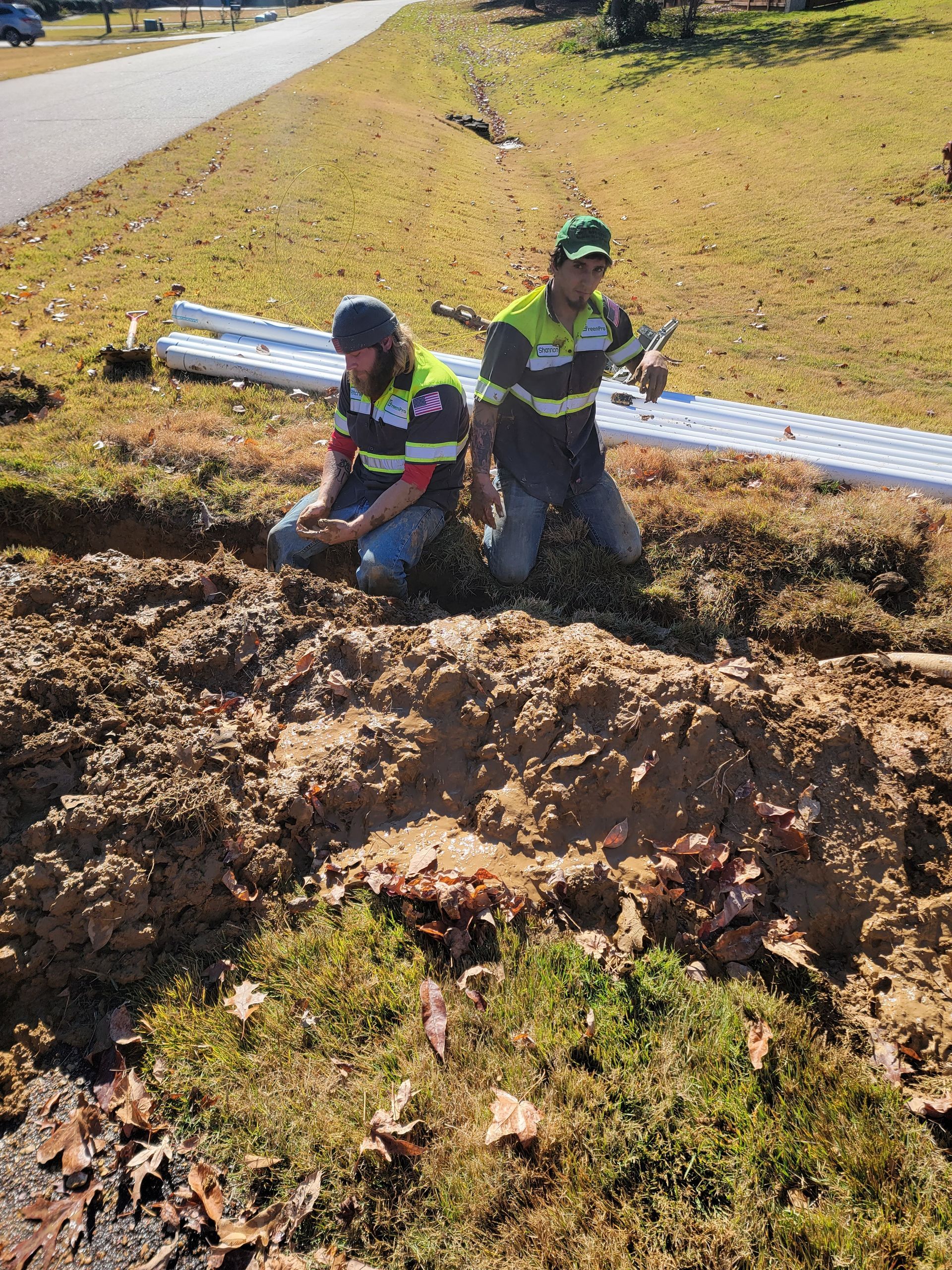
Regular septic tank cleaning is essential for maintaining hygiene and preventing system failure in Batesville, MS. Over time, solid waste and sludge accumulate in the tank, reducing its capacity and hindering proper wastewater treatment. Professional septic tank cleaning services remove accumulated debris, ensuring optimal system performance and preventing costly repairs. In this guide, we'll explore the importance of septic tank cleaning in Batesville, MS, and provide valuable insights into the process and benefits of professional cleaning services. Understanding the Importance of Septic Tank Cleaning: Septic tank cleaning is a vital maintenance task that helps prevent system backups, odors, and environmental contamination. As wastewater flows into the septic tank, solid waste settles at the bottom, forming sludge, while lighter materials, such as grease and scum, float to the surface. Over time, these layers of waste accumulate, reducing the tank's effective capacity and impeding the treatment process. Regular cleaning removes accumulated solids, preventing blockages and ensuring efficient wastewater treatment. Signs That Your Septic Tank Needs Cleaning: Several signs indicate that your septic tank requires cleaning, including slow drains, sewage backups, foul odors, and lush vegetation near the drain field. Additionally, if it's been more than three to five years since your last cleaning, it's advisable to schedule a professional inspection and cleaning to prevent system failure. By being proactive and addressing signs of potential issues promptly, property owners can avoid costly repairs and ensure the longevity of their septic systems. Professional Septic Tank Cleaning Process: Professional septic tank cleaning involves several steps to ensure thorough removal of accumulated solids and debris. The process begins with locating and accessing the septic tank's access ports or inspection risers. Specialized equipment, such as vacuum trucks or pump-out trucks, is used to extract sludge and scum from the tank. High-pressure water jets may also be employed to agitate and dislodge stubborn deposits. Once the tank is empty, it's inspected for signs of damage or deterioration, and any necessary repairs or maintenance tasks are performed. Benefits of Professional Cleaning Services: Hiring a professional septic tank cleaning company offers numerous benefits for property owners in Batesville, MS. Professional cleaners have the expertise, equipment, and experience to safely and effectively remove accumulated solids from the tank. Regular cleaning prevents system backups, odors, and environmental contamination, ensuring the continued reliability and performance of the septic system. Additionally, professional cleaners can identify and address any issues or potential problems during the cleaning process, minimizing the risk of costly repairs down the road. Importance of Regular Maintenance: In addition to regular cleaning, ongoing maintenance is essential for the proper functioning of septic systems in Batesville, MS. Property owners should adhere to recommended maintenance schedules, including periodic inspections, pumping, and tank cleaning, to ensure the longevity and reliability of their systems. By investing in regular maintenance and professional cleaning services, property owners can protect their investment, preserve the environment, and safeguard public health. Conclusion: Septic tank cleaning is a crucial aspect of septic system maintenance in Batesville, MS, ensuring proper hygiene, environmental protection, and system longevity. By understanding the importance of regular cleaning, recognizing signs that indicate the need for cleaning, and investing in professional cleaning services, property owners can ensure the continued reliability and performance of their septic systems for years to come. With proactive maintenance and professional assistance, maintaining hygiene and preventing system failure becomes a manageable task for property owners in Batesville, MS.
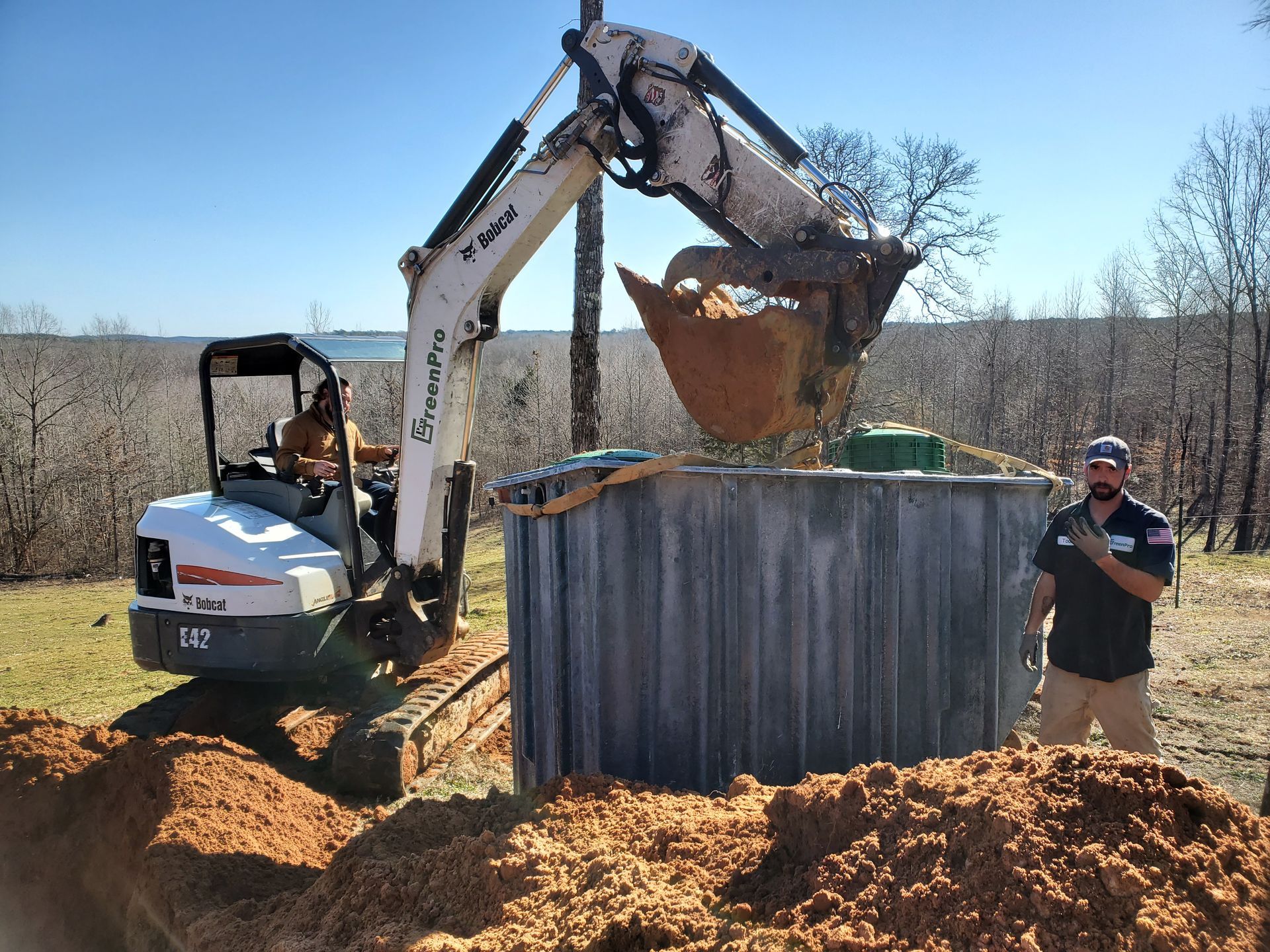
Maintaining a properly functioning septic system is crucial for homeowners in Oxford, MS, to ensure the health and safety of their households and the environment. Professional septic system service plays a vital role in this process, providing essential maintenance and repairs to keep systems running smoothly. In this article, we'll explore the importance of septic system service in Oxford, MS, and the key tasks involved in ensuring smooth operations. Regular Inspections: Regular inspections are essential for identifying potential issues with septic systems before they escalate into costly repairs or failures. Professional septic system service providers in Oxford, MS, conduct thorough inspections of tanks, drain fields, and other components to check for signs of damage, leaks, or clogs. By identifying problems early, homeowners can avoid major disruptions and costly repairs. Pumping and Cleaning: Septic tank pumping and cleaning are necessary maintenance tasks to remove accumulated solids and prevent blockages. Professional septic system service companies in Oxford, MS, offer expert pumping and cleaning services to ensure optimal system performance. Regular pumping and cleaning help prevent backups, odors, and system failures, promoting the longevity of septic systems. Repairs and Upgrades: In addition to routine maintenance, septic system service providers in Oxford, MS, offer repairs and upgrades to address any issues with existing systems and improve their efficiency. Whether it's repairing a damaged tank, replacing faulty components, or upgrading to more advanced technologies, professional service providers can handle a wide range of septic system repairs and upgrades. Drain Field Maintenance: The drain field is a critical component of a septic system, responsible for filtering and treating wastewater before it returns to the environment. Proper maintenance of the drain field is essential to prevent issues such as clogging, saturation, or contamination. Professional septic system service in Oxford, MS, includes regular inspections and maintenance of drain fields to ensure their proper functioning. Emergency Services: Septic system emergencies can occur unexpectedly and require immediate attention to prevent further damage or health hazards. Professional septic system service providers in Oxford, MS, offer emergency services to address urgent issues such as backups, leaks, or system failures. Having access to reliable emergency services provides homeowners with peace of mind and ensures prompt resolution of septic system problems. Conclusion: Professional septic system service is essential for maintaining the health, safety, and functionality of septic systems in Oxford, MS. From regular inspections and pumping to repairs, upgrades, and emergency services, professional service providers play a crucial role in ensuring smooth operations and prolonging the lifespan of septic systems. Contact us today to schedule your septic system service and keep your system running smoothly.

